Images: selva @venuscyborg, Venue: Gessnerallee Zurich, Date: 19-04-24 , Video-works by: BOD [包家巷], Chino Amobi, Hannah Rose Stewart, Mark Leckey, Rustan Söderling & VISIO
Ojerime – Mansur’s Interlude
FANG
2021
Blankenberge – When
Jigsaw records
2017
African-American Sound Recordings - Close The Door
D.O.T. Audio Arts
2019
1.
2.
3.
4.
5.
A SONIC ESCAPADE WITH SALIWA, MAGARI, XAFYA, JAUSS
Venue: Umbo, Wasserwerkstrasse 89a, 8037 Zurich
Date: 1 March 2024
Images: © Vital Romero
1. Sabiwa crafts shimmering resonances with a simple hose, setting the venue into vibration.
2. The screen constantly changes through filmed collages by the artist originating from Taiwan.
3. Sabiwa's live set is complemented by her own films.
4. Bridging the Gaps: DJ Sets by Marc Jauss (Above) and Xafya (Below).
5. Soundscapes based on a hand-operated harmonium: Magari during his live performance.
6. A letter written by Sabiwa captures her three-day residency in Zurich.
E.N.C & PARASITE.O.SINENSIS - Gessnerallee, Zurich, 2023
“Amaru’s Tongue: Daughter” - Chuquimamani-Condori & Joshua Chuquimia Crampton, 2021, 31:56
“CAST-OFF” – Alice Z Jones & Dis Fig, 2022, 7:18 min.
E.N.C & PARASITE.O.SINENSIS - Gessnerallee, Zurich, 2023, Photo: Binta Kopp
“Present day, present time” - Webarchive (Angela Turner & Walid Barbir), 2023, 4:22 min. Brasserie Atlas, Brussels
“Les hiboux ne sont pas ce que l'on croit” - Madame Patate (Eric Desjeux), 2013, 2:51 min. Brasserie Atlas, Brussels
E.N.C at Mikro, 2022, Photo by Nicolas Duc, Mikro, Zurich
“I Lost Carol (Higher ritual edit)” - Sicc Puppy, 2022, 3:16 min.
“Fireworks” - 33 (Alexander Iezzi & Billy Bultheel) - 2022, 4:36 min.
“Protect Your Home (Interpret It Well)” - Ches Smith, Frank Heath, 2022, 13.14 min.
“Indoor Labor” - Leevisa, 2022, 3:36 min.
The exhibition format E.N.C (Encounters in Networks and Communities) explores new ways of curating in various physical locations as well as online, sharing moving images situated between experimental music videos, live-performances, and research-based contributions.
James K, Eve Essex, Dylan Shir, Leila Bordreuil, and V Manuscript Performing Elektra (Scream Through the Eyes of a Statue) at Issue Project Room, April 2018
Premiering the performance ELEKTRA (Scream Through the Eyes of a Statue) in 2018, the artist James K marked the beginning of her residency at ISSUE, NYC. Deeply rooted in a conscious art practice that has honed her peculiar aesthetic to the fusion of visual and sonic elements, with ELEKTRA, James K explored the female voice considering it as an "X-ray to the bones of sound." Building upon the translation of Sophocles' tragic play Elektra by the renowned poet, essayist, and classical music professor Anne Carson, James K externalizes the inner realm of female vocalization. In collaboration with musicians Eve Essex, Dylan Shir, and Leila Bordreuil, a multifaceted interpretation of the "screams" emerged, expressing the various relations between hysteria and the "gender of sound."
fromheretillnow unveils an exclusive interview conducted by the New York-based poet and artist Eli V Manuscript with James K.
James K by Eli V Manuscript
Statement by Eli
E: To start us off, I’m interested in how you’ve described your work as “conceptualizing the female voice as an X-ray to the bones of sound.”
J: In my recent work, I wanted to have each of the performances reflect personas that I am currently working with. When I say persona, it's not just a character with one backstory. It's more of an emotional, cultural, and historical embodiment -- a fragment made of fragments, taking form through an amalgamation of textures and elements: writing, sonic, visual, movement, performance. Additionally, I’ve been using Anne Carson's “The Gender of Sound” as a departure point. Her text discusses how patriarchy has entrapped female sound, tried to contain it; it’s about female sound in its unbridled form and how and why it's been controlled by patriarchal structures.
E: For your piece Elektra (Scream Through the Eyes of a Statue), you used Carson’s translation of Greek playwright Sophocles’ Electra.
J: Right. I was introduced to her work through her poetry and then got into more of her theoretical writing and then her translations. I approached these pieces as further translations, exploring my current understanding of female sound. I wanted to give complex characterizations to the containers that have been put on female identities, to talk about them and then to also challenge them.
E: In Anne Carson's “The Gender of Sound” -- how do you interpret that gendered sound? Your piece Elektra (Scream Through the Eyes of a Statue) utilizes the scream which Anne Carson separates from traditional uses of language, both in Greek and in her translation into English. In the piece, you focus on those screams which aren't words we are familiar with -- and I’ve heard you mention the scream as being a truly feminine sound.
J: Carson talks about screams in a few ways. I think most importantly, the screams were compared to two other protagonists in Greek mythology. One of them was turned to stone and she used tears to communicate; and the other was transformed into a bird and used birdsong to communicate. Electra’s screams were compared to these, in the sense that they are all modes of female sign language. So, even when any container or walls are put up around vocality, there is still a form to express and electrify through screams. The idea of female sign language is important to me. It is something that I have come to on my own terms and utilized much in my music and art practice, though I had never heard it articulated in this way until I read Carson’s essay on translating Electra. In my Elektra piece there are no lyrics. Even though I'm using Anne Carson's translation of Sophocles’s Electra as the departure point, for the specific work, I wasn't interested in having any of the text be completely legible. This differs from Strauss’ Elektra opera, which sticks to a linear narrative. My intention for this work was in direct opposition to that. I wanted the narrative to exist in a dream logic of layers and layers of materials: sound, visual, written, performative, video, architecture-layers that loop and consume themselves. Layers that have no beginning or end. In every sound, every being, lies a history of everything before them. I wanted the layers to allude to this.
E: How did these layers turn into the score performed?
J: We were collaboratively improvising our translations of Electra’s Screams, and other sections from the text which I translated into improv exercises. From this recorded material, I then constructed a score, to form another, more layered and nonlinear translation of Sophocles. Any language that was in the text was disintegrated. Lyrically, I wanted the vocals in the piece to be other sounds that still communicate feeling or words in some way, without using language.
E: As humans, we've used vocality prior to written language throughout our history through grunts and screams. The slow naming of objects and ideas and actions developed into language amongst different peoples. That eventually formalized into forms of writing. Writing was formed when our oral stories started to become concrete and passed down as these definitive volumes, which eventually transform into law and the many absurd systems we deal with now that use language as an extremely structured and demanding form. In Greece, the era of Elektra, we're talking about a time when language was a little less formalized and we might have been closer to these original forms of vocality. Some people theorize that as writing developed, goddess worship ceased, and that those two paradigms are on a similar arc. It's a spectrum, not a moment, but the spectrum that led away from goddess worship also led to the formalization of language as writing, which became a legal system as opposed to a poetic and expressive system. Do you think that's the core of what you’re doing?
J: Yes, it also becomes a binary when language was solidified in form. Language makes things static, it stabilizes memory and repeats it, and this affects our thinking. Language comes from a reality which is way more fragmented. I'm interested in going back to the fragmentation and the multiplicity instead of the binaries. Elektra is a sensitive being. I feel that these systems are simplifiers, and they promote less sensitivity. The idea of a ‘rational’ mind, is a mind that likes structures instead of feeling. Elektra, and my connection to her, involves my interest in forming language through this hyper-sensitivity. This language, then, is and must be multi-layered, and not having much, if anything to do with what most call ‘reason.’
E: We're talking about the idea of a binary versus a spectrum, and we're using words like woman and feminine. Can you explain a little bit about those ideas being within certain spectrums as opposed to a binary system?
J: I am interested in using those words in reference to language. My idea of what it means to be feminine comes down to a philosophy influenced by a lot of other things. When I was a teenager, I wrote this manifesto called the “Venomist Manifesto.” I was inspired after reading the writings of Donna Haraway and Judith Butler, and to give my own spin on the malleability of identity. In my manifesto, I talk about how many containers for “feminine” exist, and how you can move constantly and demonstrate their multiplicity. It’s about finding truth in layers, in fragmentation, and the amorphous void which both holds and is the venom. For me, this is what is feminine- It is the quality of venom; oozing digestion, the disintegration and movement in the inside that we can't see, but rather feel.
E: One of your personas is a specialist in vomit.
J: Yeah. “Nude Volvo” is a vomit archaeologist and she's discovering fragments of personas in vomit. Another V word.
E: And this is the persona involved in your Elektra piece, or no?
J: Nude Volvo is more of an overarching persona that discovers and translates many of my other personas. She is also a DJ. In ways, she is the one who composes the structure, or scores. She is a mode I use for creating work, though she is not always present in the literal sense. That being said, I have done a few performances where she has been central.
E: Let’s talk more about your approach to the scoring and construction of Elektra.
J: With Elektra, I wanted it to be all women involved in this piece and I wanted it to be conversational in the sense that it is a collaborative framework that I’ve created. I brought each of the players into the space two and a half months before the piece, and we started generating sounds in those first months. Before we met, I gave them Anne Carson’s translation, Sophocles Electra, and some of my notes. I wanted them to have an initial feeling for the content, so they could have some basis for interpretation. In those early generative sessions, we used the screams as a basis: I brought them in individually and gave each of them a scream. There's fourteen screams written with letters: “AIAI” is a scream, “O” is a scream, and then the words get longer: ‘EE AIAI,’ ‘OIMOI TALAINA,’ ‘OTOTOTOTOI TO TOI.’ I had an idea of the sounds that each of the players could be generating, but I wanted them to initiate their decisions. I lifted and created some exercises for improvising. For example, when “Oh” was voiced, I would crescendo, the other person decrescendos, so on and so forth. Another scream, I go from longer and looser notes to more staccato and faster. These exercises were meant to promote conversation sonically. The idea was for each of us to react and translate from our own contained histories, and then through improvising, it becomes a conversation, these histories meld.
J: It was relatively loose. The exercises are simply parameters to start a conversational flow. We interpreted various screams using our instruments. We each had multiple instruments, some overlapping, so the sounds interchanged and moved around quite a bit. For instance, I was using voice, violin and modular synthesizer. There were four of us: myself, Eve Essex, Dylan Shir, and Leila Bordreuil. In terms of the set-up and layout, I positioned us facing each other in a circular form at the center of the space. Our backs were facing the audience, who were seated around, echoing out from our central circle. There were four tvs, staggered between each of us, which were facing out to the audience. They played other video translations, one being a choreography my friend and collaborator, dancer Alex Jacob generated from sounds I gave her. The tvs were the projections facing outwards, while we faced inwards, towards each other. I really wanted it to feel like we were having a conversation, also to visually have it reflect a seance of some kind.
E: On the Seance: Do you see the circle as a feminine form? Can you describe what was in the center of the circle during the piece and describe its purpose?
JK: There's no end point in a circle, it's continuous. A circle could also be a portal or a black hole. It’s also the first scream. In Elektra, related to the loop and to translations, I had my reel-to-reel recorder at the center of the circle. The whole piece started with me pressing play on the reel-to-reel and recording the performance. At the end, I rewound it, amplifying the sound of the reel rewinding. I pressed play, and we exited the stage as the whole recorded piece played back. So, the audience listened to the playback of that experience they just had. The idea is that it’s continuing. It's still moving, still translating.
E: You call that in your notes a collapsing of time.
J: I wanted to avoid an ending because I wanted this piece to exemplify a continuation, an endless infinity of movement.
E: We know that live documents and recorded documents are different. To me, what it symbolizes was that there was the live form and the recorded form, and the looping alludes to the fact that this form will also degenerate. If we go further into time, someone might re-perform your piece and translate it as we know it, and we'll have another version of that form and it's recording, and so on.
J: Yes. This degradation is key to the process of translations. It is what informed my scores.
E: The scores of Elektra are very beautiful. They're very instructive and descriptive, not only in a linear fashion, but also in the poetic description of actions that the musicians and performers will make. The score of Elektra, which I got to experience in real time as a performer, we read instructions which were both written by you and then augmented by the players. There was a lot of performativity and vocality in the way you, Eve, Dylan, and Leila performed.
J: The performativity has to do with us merging with our instruments, translating them into our voices. The idea is that these things are vessels for us to speak, hence “screaming through the eyes of a statue.” The reason why I wanted to work with Eve and Dylan specifically is because we started this band, Hesper, about three years ago. The band is purely improvisational. When we started, I would bring my recording set up and record the jams, so working in this way informed my process and method for composing the final score for Elektra. I wanted to do the piece with them because our conversational relationship sonically had already been established. The other ensemble member was Leila Bordreuil, who has a developed improv practice of her own. She was playing cello. At one point she also played violin through an amplifier. We were all creating many different types of sounds, translations. And the last person performing was you of course, Eli.
E: Yes, you also asked me to interpret the screams. As opposed to a musical or vocal projection of those pieces of language, I represented them through images, the same fourteen screams. When we scream or when we say a word, no matter how loud it is, one visually represents it by putting an exclamation point on it. One can make the text bigger, but it's still the same 26 characters that we've learned to represent language. You had mentioned some of the distortions I’ve done with text and we've worked together on projects before. So, I made the same distortions to amplify those visual characters, as we would amplify a gentle sound into a louder sound.
J: I didn't want the text to be there in blatant form, or too narrative or obvious. I really wanted the text to be another layer or translation. To reflect the sound, I gave you some of the audio that we had been generating and showed you the progression. I also showed you specific sections I had pulled from Carson’s text, my notes, and a book of Sophocles’ Electra in Greek. These were all of the materials I asked you to use to make your visual translations of the audio. I was excited by your work with text, and wanted the text to become more and more disintegrated and layered, as, sonically, the piece progressed and it too became degraded by layers of translations. The text compositions you made, even though I had a clear chronological ordering, I wanted these texts to somehow be performed live. So they were being projected and then you were using prisms to further distort them and perform those distortions live. The performance of these projections, animating them, making them move throughout the space, was all improvised.
E: What do you think gives the screaming of Electra its power?
J: Well, I suppose the scream is a common point of reference for artists working in sound, and people have made scream scores in the past. I was interested in screams primarily because I felt like it was a relatively obvious starting point to translate the gender of sound essay into unbridled sound. For me, it is more about a kind of catharsis. Personally, I use screaming to get rid of any evil, anger or anxiety I feel inside of me. It is the most direct way for me to release. It takes all the trauma, the history of violence we contain in our bodies and materializes it. This materialization is the translation into expression, which in turn communicates. People often get mad at babies’ cries, but that anger is their own fear. As humans we are programed to respond to a baby’s scream, it is an engrained sign of distress. The conditioning which occurs teaches us to hold it in, which causes more suffering. For me, releasing feels like the most honest and primal thing I could possibly do.
E: You have a phrase in some of your unpublished notes that we shared in the early scoring practice, where your cue for yourself was “I will scream again and break this harmony.”
J: Yes, break this harmony. If there's a structure, which is ‘harmony’ in western musical terms, or a container, or door, or the conditioning we all experience, whatever, a scream has the ability to cut through it. That's really why it's powerful. It has the ability to break it down. And it's related to Electra’s entrance. When Electra first appears in the Sophocles version -- and Anne Carson talks about this in her intro about the process of her translating this piece -- Electra enters and she breaks the iambic pentameter. This is really unheard of in Greek mythology. And she continually does that throughout the piece, breaking the iambic pentameter. In the first section of my score, I was really trying to create moments where we all come together in ‘harmony’ and then break that with a scream, or a cut. Just as the breaking can happen with a scream, the scream’s effect can also be translated into the transitions. So in thinking about the transitions, it could be a sharp cut, a car crash collapse, or an intense dissonance. I was using dissonance to establish this communicative collapse.
E: When Electra breaks the pentameter, not only is it a cut in the continuity of pre-existing line, but often it’s cut by a long cluster of vowels, which you can't even figure out how to enunciate properly. In writing, whether it's playwriting or poetry, one has certain access to pre-existing techniques of breaking what would be a normal reading with an elevated or agitated or amplified reading. Some of these techniques exist through other experimenters through time and some of them you invent when you need what doesn't exist.
J: Right.
E: So in regards to Electra talking to herself with these unpronounceable clusters of vowels, we see some of this in the experimental poetry of the last couple centuries. We've developed techniques of learning how to make the page scream when there's not any amplification there. In music, over the past century specifically, we’ve developed a lot of techniques that have allowed us to make what would have been a quieter, more controlled, or more historically harmonious sound become louder, more agitated, or full of rage. We electrified traditionally non-electrical instruments in the mid-20th century, and had electric music. Simultaneously, even before we serialized all twelve notes on the keyboard, we experimented with forms of dissonance. In the 20th century, many composers have taken all of those limits really far -- all the way to full washes of full spectrum sound, the loudest possible sounds all the way to the quietest possible sounds. Can you talk about some of the practices that you utilize to make cacophony? Maybe talk on some of the practices that you use to make those screams scream louder and more dissonant.
J: The cacophony exists in me, in my experience, and all around me. I’ve always wanted to embrace it. There was a brief moment when I was much younger, where I was trained classically in voice. I had a lot of issues with it. Basically, when you're training classically, there's a canon you have to train your voice to. So I used to go to these competitions and they would say okay you got 99.5 or whatever on this, because it was great but it sounded too much like you. I found this very problematic. This is going back to putting containers on the female voice and this idea that this canonized sound has culturally been associated with female beauty and purity. And the notion of purity is a problem as well.
E: Similar to when a translator tries to make a “pure translation”, and how contestable that is.
J: Yes, I was interested in placing a classically-sounding voice right next to another voice, which was not canonized -- the scream. Dissonance can be formed when the classical voice is confronted with something that is unbridled. These contradictions form my truth, and I based the scores around this fragmentation and contradiction. I did a lot of research on experimental scores. Eve Essex gave me folders of many experimental scores dating back one hundred years. I researched them. These scores really demonstrate the flexibility of music notation and point to how it doesn't have to be structured traditionally. A score can be nothing and it can be everything. Overall, I took certain elements from researching these and elements from my own practice, and tried to create a score that would function and be legible for all of us. The score included time cues and explanations for the various improvisations and dynamics, which ultimately provided the structure for the piece. If I was to perform this piece again and make another score, I would like to include the actual screams, or to include sections that are purely visual images that we would have to interpret.
E: Let’s talk for a moment on what's called the Electra chord in your notes.
J: The Electra chord was a chord that Johann Strauss created specifically as a motif when Electra enters the stage in his opera. When it was created it was really controversial because of its dissonance. I wanted to create our own Electra chord. We did it through improvising and feeling/hearing dissonance. Our version of the Electra chord was brought into the composition multiple times, each time varying, of course. I even brought in a recording of Strauss’ chord from the wikipedia page on it, which I then filtered through one of my effects modules, warping it further. The interesting thing, is that when we were generating a dissonant chord, it's really the same concept as creating a harmony with each other. It's interesting because you do feel like there's still a harmony in that dissonance.
E: I'd like to place your performance within a category of having many moments of extreme sound, minimal sound, and experimental sound that certain people trained in music theory and experimental music forms would be able to pick up additional ideas from. But your audience was very mixed. There were people that knew a lot about music and a lot of people that didn't. The age range was like eight to eighty-five and no one walked out of there not absolutely thrilled. So, you somehow found a way to maximize experimentation, yet also not take away from traditionally enjoyable forms of narrative and challenges to those narratives that allowed everyone to follow.
J: There’s a consistent motion towards splintering and layering. Radicality must come from movement. If you can contain it, it isn't radical. Putting things together that wouldn't normally be put together is what I'm trying to do. When you bring together people with different types of histories, narratives, references, and education, whether musical education or not, it's going to create a hybrid where these narratives are seen in fragments within the people and within the piece itself. It’s creating a new narrative and a new translation. In my work if I'm talking about tropes—and not only the obvious tropes, but the unobvious ones, too—as being reflections of greater themes, it’s because these smaller things, the fragmented things, all develop it. I want to continually challenge that history. You can do that by bringing to light the other stories that are underneath the surface that weren’t told or that weren't known.
E: I was unaware originally in the Greek lexicon of heroes and heroines that Electra was a relatively minor, tertiary character. There's no mention of her in Homer’s Epics. Do you have thoughts about her centering as a story?
J: She is minor, but that has nothing to do with her importance. In fact, by the end of Electra she is described as the strongest character, amongst the ‘strongest’ characters, her father being King Agamemnon, a main character from the Iliad.
E: You have these master narratives that are presented in their mythological forms whether poetically or religiously. But, it took Anne Carson translating Electra to re-center the story from how she viewed it through a feminist perspective. We're taking minor characters from master narratives and re-centering those narratives to understand a greater scope of their feelings, and realizing that every minor and even absent characters hold their own master narrative with as full range of life and story and emotions as the characters that were presented as major originally.
J: Exactly. Histories aren't fixed. You can illuminate that by bringing to light the other stories that are underneath the surface that weren’t told or that weren't known.
E: We know that entire histories are told by the winners of wars and how they committed that story to print. We have the same issue in poetic narratives, whether through religious mythos or poetic verse. So to find the stories of those whom weren't committed to print, we become more reliant on oral histories as opposed to written histories that are presented as some truth or legal document, when of course they were once an oral history as well.
J: When Anne Carson translates, it sounds like Anne Carson, it's her voice and it's beautiful. She updates it into something that resonates for now. She talks about her process of translation-she has this recurring dream while translating Electra, where she's in a glass house trying to find the word for this Greek word, and she’s hovering over the word, but then it shatters and falls before she can see. That feeling is the feeling that I want to lean into. I don't think there is one word for this. And that's what's cool about her talking about translating something so ancient --these words don't exist anymore. There is no one word for that Greek word. That Greek word meant something in that society that is now lost to our minds.
E: A translator who imagines they're doing some pure translation, finding the correct word for every word, finding the correct passage for every passage - is obviously setting themselves up for failure. Poetic sensibilities and political ideologies, everything about you is part of that translation. Anne Carson allows the veil to be lifted. We know we are reading both her poetry and a specific interpretation of a classic text through reading her translation.
J: Exactly. And with my translation, the idea is that there isn't one scream for “O,” that first scream. There are multiple screams. That's why there are multiple people creating these screams. For every word, there could be, and are an infinite amount of layers to that word. And that's what I wanted to show.
E: You have! simultaneously through voice, through instrument, through pre-recorded passages, and through visuals. For Elektra, these tools represent the victory of female sign language. These are women who have left behind human form and rational speech and yet have not let go of the making of meaning.
ISSUE Project Room's annual Artist-in-Residence program provides New York-based emerging artists with a year of support, offering artists access to facilities, equipment, documentation, pr/marketing, curatorial and technical expertise to develop and present significant new works, reach the next stage in their artistic development, and gain exposure to a broad public audience.
artwork: jordi theler
VOL. 1
Blackhaine - Faith - Fixed Abode
Qow - Betehky F Eh - irsh
Iceboy Violet - Paris, Bradford - Fixed Abode
x or size - Empast - Good Morning Tapes
Teresa Winter - Juniper - do you have peace?
Hysterical Love Project - Heat Of A Bolting Horse - Motion Ward
Erwan Sene - Zones - PAN
llwll - Mogumo's Theme - Self-released
Nondi_ - Orchid Juke - Planet Mu
Nelson Beer - Drummer, Huh - Self-released
Lukid - Haringey Leisure - Glum
Andrew Thomas Huang - Galaxies In A Straight Line - Yegorka
Static Cleaner Lost Reward - Submerging Emergency - Low Company
Nondi_ - Flood City Trax - Planet Mu
llwll - Twofaced - Self-released
Maara - Oh I Remember… Step Ball Chain
VOL. 2
Chia-Chun Xu & Daniel Ditlvson - Sift - Karma Detonation Tapes
Abyss X - Never Apart (feat. Juliana Huxtable) - AD 93
Slowfoam - Playfully Rendered - mappa
Guest & Birthmark - Freeze In The Aisle - do you have peace?
XEXA - Fragmented Breath - Príncipe
scena - Fade From View - Bunny Jr. Tapes
Breathing Under Honey - Brigade Spinnet - Low Company
Yungwebster -reg+fast - sferic
Rat Heart & The Peanuts - It Was A Joint Effort So I Had To Do It All - Shotta Tapes
Pejzaż - Mikrokosmos - The Very Polish Cut-Outs
baby bong - baby bong - Self released
NINA, Brynje - H3AV3N - Self released
99LETTERS - Kido Ai Raku (喜怒哀楽) - Disciples
USOF – WISH YOU WERE NICER - Psychic Liberation
Hysterical Love Project – Sever-Strike – Motion Ward
Joshua Chuquimia Crampton - Sacred Water - JC
Teenage Mexican - smith park Sonny - Bunny Jr. Tapes
Webarchive - Memorylane - fromheretillnow
Noise and shine, dimly perceptible glow and hum: these are the kinds of things that are more or less likely to keep bodies awake at night. Not intended to be seen rather than heard in an enraptured state of inefficiency. This is where light exceeds impression and noise gets rid of sound. This could be a … beginning
... Here and now, words migrate elsewhere, spiriting itself away as an illusive ground, a dizzy state of particles, a sigh, an anecdote
..with a unique vision of collectivity, movement, matter, affect, interaction, differentiation, composition and infinite darkness - a crystallized data base or a plot ready to combine and react, to be narrated on through the echo that activates it.
As and Bs and Cs that originate from dark corners, different territories and domains of invisible hazards. They get composed to knots, heaps or balls of countless terms, languages and materials belonging to entirely different deserts, hard to grasp but keeping the sleepless bodies streaming with noise and shine.
Echo Shelves was a special evening that featured soundscapes by Nina Emge and Heith, presented by fromheretillnow in collaboration with the artist Dominic Michel and Gioia Dal Molin (Istituto Svizzero). Echo Shelves gathered thoughts on the scenic quality of public inventories and used objects, sound, and places as carriers of stories that continually transformed and extended themselves. The event symbolized the gradual fading of the current exhibition, marking a transition into a 'dark mode' that marked the exhibition's conclusion.
If the music stops, you notice. That’s when you leave the bar.
Interview: Elia Brülhart
Photos ©Oliver KGH, Styling: Lou Webb
Date: 20.10.2023
„The people who upload old vinyl rips to YouTube for free have done more for music than these hit piece types ever will'' recently appeared on Iceboy's X feed. The artist, originally from Manchester, deforms and deconstructs samples, blending them into radical sound objects. Their album, Not A Dream But A Controlled Explosion, was recently released on Rainy Miller's brilliant label, Fixed Abode. In it, the Rapper explores the themes of daydreams, hallucinations, and desires, which, according to their statements, influence and shape our reality. Prior to their remarkable show at Case à Chocs in Neuchâtel, author Elia Brüllhart engaged in a conversation about creative processes, the rise of ambient music amid the pandemic, and the role of activism in music during moments of crisis.
Elia Brülhart: What is your process when creating music?
Iceboy Violet: Sometimes it’s conceptual but most of the time when I’m producing, it’s a process of exploration. A lot of what I do is sample-based, so I go and find samples and I see what they do, and I push them. There’s always something that draws me to a sample. Then I take that idea and explore what else it can do. I never know what a track is going to sound like before I get the sample and before I start messing around with it. I wish there were more tapes around, I would sample a lot more of them. I find a lot of stuff in Internet archives, and a lot on YouTube channels that people upload.
EB: Are you also trying to do something referential through the usage of samples?
IV: The samples that I use reflect the stuff that I care about, and the music and sounds that I like. Sometimes, I sample sounds that are very specific—a sample I have an emotional connection with, for example, something nostalgic. Other times I’m just looking for sounds, trying to find stuff that sounds interesting.
EB: What do you think could be the current evolution of contemporary music right now?
IV: As far as wider music trends go, I don’t really know. But I think what’s exciting is that, because of how the world works now, you kind of get hit over the head with music that’s completely different every now and then. You hear something that feels like it has come out of nowhere, although it obviously hasn’t. One thing I’m really excited about is the new album by Lee Gamble that just came out on Hyperdub today. For the whole album, he used AI to generate stuff and then he sampled that. This is interesting because using samples limits you in how much control you have, as opposed to synthesizers where you can technically make every sound you want if you have enough time and expertise. So, sampling is a quite limited technique. Of course, you can also push samples a long way, but your influence on the sound source is far more limited. I find the concept of the album interesting because you could use AI to create whole songs, which you then sample. Out of all this material that has been generated—just from references, from a kind of machine learning based on all the artists or sounds that you prompted—you can take these bits that resonate with you. For me, it’s exciting because you have the same basis in the process as with sampling, but with more freedom in it. For example, you can’t really sample The Beatles because of copyright issues, but you can create an AI to make fake Beatles songs and then sample those. It’s so fertile and really exciting. That’s what I’m currently interested in.
EB: Have you tried producing with AI?
IV: Not yet, but yeah, I’m thinking about it. I want to learn about it and get my hands on all this potential to create something that you would never create on a synthesizer. If you train AI to combine two artists to make this weird middle section, then you could sample that and create sounds this way that would be so exciting and new.
EB: You also made this tribute project to DJ Lostboi and in the last two to three years there’s been a kind of rise of ambient music with labels like 3XL and so on. Why do you think people are looking for ambient music right now?
IV: “D MAJOR LIFE XO” really opened a door for me, when first listening to it, I thought to myself: “Oh yes, this is something you can do”. Everything I create, or I think every type of music is kind of referential to the stuff that influenced it. And I think to your question, the easy answer is lockdown right? When the clubs weren't happening, people had less reasons to listen to club music. So, they probably just started to listen to calm music, because we were all in our houses, so it just worked well in that environment. So, people now discovered how good ambient music can be. Also, at the same time the raw ambient fits well into life, when it can be a backgroundy, but it also gets really rewarding when you pay more attention to it.
EB: That’s actually also kind of how Brian Eno defined the genre.
IV: Yeah, and he would know. So, we’re all listening to stuff all the time, streaming, working on laptops, having the radio on in the background — it’s just constant. I think that ambient music can be quite functional in that sense. I also think we’re in a really good time for ambient music. And I believe 3XL is one of the best labels going at the moment. It might seem like a silly word to use for it, but ambient music really is exciting. It’s interestingly textural and so broad.
EB: What impact do you hope to have when releasing or performing music? Are you trying to catalyze something in people?
IV: Yes, I guess I want to make people feel less alone. I’m trying to explain my stuff in a way that, on one hand, is hopefully beautiful or provides value, and on the other hand, allows other people to relate. So, hopefully, it makes them feel less alone. Music growing up made me feel that way, like I had a place. It was also a way to learn how to be in the world. For example, my politics and how I try to treat people were largely shaped by music. It was a significant aspect of my upbringing. I kind of just want to have the same effect. At the moment, it's a really interesting time to think about the role music can play in politics, like protest music or other forms of political music. Many people have done it, often in not very interesting ways that feel very pushy or obvious and just not genuinely engaging. Now, with what’s going on in Palestine, that's affected me a lot. I’m kind of thinking about what the artist's role in a situation like that is, in the context of protest.
EB: Today a global strike was demanded along with many musicians asking for concerts to be canceled. Were you thinking about that too?
IV: I’m obviously not striking now, but I was thinking about it.
EB: With music, there's a strong symbolic aspect to the strike, isn't there? It's a "silent" protest, quite literally, because of music's auditory nature.
IV: Yeah, if the music stops, you notice. That’s when you leave the bar. But also, when you make political statements in your music it gets tricky. I thought about this and on one hand I just didn’t know if it would make a difference, it feels symbolic, which it is. But also, the desired outcome for everyone is to either go protest tonight or sit at home and think like: “I’m not going to the show tonight so let me think about it and read about it”, so it can also be very valuable. It’s about awareness. I’m obviously very in favor of doing whatever I can. I just felt like this particular strike was kind of scattered. I didn't know how many people were actually doing it, and this show is also how I make my living. But that’s also how strikes work, striking is an act of sacrificing for the good of a message or a cause. I'd like to think about this more, talk to people about it. But today it felt very short notice, I couldn’t really come to a conclusion. There’s also no way to guarantee that the show doesn’t go on anyways. I don’t know, I feel like I’m maybe making excuses.
But I’m really very interested to talk about this, especially in the topic of music, that definitely plays a role. And I know, the heart of my role is to use the platform I have for the good of Palestine. I’m also going to be talking about it in my set tonight. I have to do stuff, cause it’s pretty much all I’ve been thinking about. When the Black Lives Matter-Movement happened in America, it was lockdown, and the avenue for action was narrower. And also, now this is also a different situation, because our governments are actively complicit in these things. And the main focus of the British people right now should be to pressure our government to seize selling weapons and to call for a ceasefire and eventually return land, which is like a far-off goal but at least try making steps towards that. It really is a difficult question and I’m really interested in learning and talking to people about this. I feel like specifically as an artist we must ask these questions.
Images © Binta Kopp & Jannis Davi
With the invitation to the PARA/SITE O. SINENSIS event, which was curated by Lhaga Koondhor, fromheretillnow responded with a selection of moving images and music videos that were focused on noise and the complex relationship between host and parasite.
The displayed videos combined different visual and acoustic aesthetics, providing insights into the multifaceted possibilities that had emerged between documentary fiction, experimental short films, and contemporary music videos. The program explored various types of disruptions and examined noises and their effects on our perception and existence while adapting symbiotically to the given environment.
Over the course of two days, works were shown by: Chuquimamani-Condori + Oshua Chuquimia Crampton, Dis Fig and Alice Z Jones, Evicshen, mm+tt, Mschyen, Loft Garten, Peter Tscherkassky, Ruhail Qaisar, Scotch Rolex & Lord Spikeheart, and Toshio Matsumoto.
Parasite O.Sinensis starring HAWA, Lord Spikeheart, münki, Ayshat Campbell & Asian Eyez, A Film by Binta Kopp & Jannis Davi
Stage elements made of aluminum, unfolded black boxes, and tangled intertwined cables that seem to have neither a beginning nor an end, mixed with diffused light and overdriven sounds in the room. Suddenly it becomes quiet. The soundcheck is complete. A glimpse behind the scenes reveals an authentic parallel world that stands in strong contrast to the perfectly staged show. The scene as a whole appears unfinished, chaotic, and somehow improvised. Ultimately, everything is aimed at a specific moment that fades away after a certain time and only exists in our thoughts or in recordings in the form of sound, videos or images. It has been a while since I first heard of the Parisian record label Latency. If I remember correctly, I learned of the label through the hypnotic rhythms of North American musician and sound artist Robert Aiki Aubrey Lowe on the single Kulthan, which was released sometime in 2017. As a sonic-enthusiast and operator of a music platform, I was naturally drawn to it and continue to follow the curation work of the owners Sidney Gerard and Souleymane Said with great enthusiasm. Since the label's introduction, an elaborate catalog of artists such as singer and DJ Laurel Halo, virtuoso percussionist Mohammad Reza Mortazavi, and pop polymath Lafawndah has emerged.
In the past year, Latency made waves with a series of exceptional concerts, each of which took full advantage of the unique acoustic properties of their respective venues. Attendees were treated to impressive performances in the magnificent Flamboyant and Baroque-style church of Saint-Merry or the ancient Bourse de Commerce, originally used as a commodity exchange, in Paris.
st merry church, paris - laurel halo
paris - le malentendu music video - lafawndah, jonathan vinel & caroline poggi
le bal, paris - eli keszler
kunsthal charlottenborg, copenhagen – ctm, mads frøslev and agnete h. petri
bourse de commerce-pinault collection, paris - price, joseph schiano di lombo, tobias koch, modulaw
st merry church, paris - eliza mccarthy plays mica levi
contact, tokyo - latency showcase with ena, ypy, sidney & suli
marian goodman gallery / louise lawler, paris - tlf trio
Latency is a Paris-based record label run by Sidney Gerard and Souleymane Said. It explores a broad musical spectrum in dialogue with contemporary art and performances. Latency has released physical and digital editions of various works by artists such as Laurel Halo, virtuoso percussionist Mohammad Reza Mortazavi, TLF Trio and Lafawndah.
Bilder: © Bahar Kaygusuz / Johanna Odersky
Interview: Marc Jauss
Read the english version
EIN RAUM MIT MEHREREN SCHICHTEN:
JOHANNA ODERSKY VERÖFFENTLICHT “THE ITCH”
Unmittelbar vor dem Launch von Johanna Oderskys neuem Album, welcher im Projektraum Ashley in Berlin stattfand, traf ich mich zu einem Gespräch mit der Künstlerin und Musikerin in ihrem Studio außerhalb der hektischen Großstadt. Gemeinsam erkundeten wir die Facetten von Räumen, Emotionen und die transformative Wirkung des Samplings auf ihre künstlerische Praxis.
Marc Jauss: Wo befinden wir uns gerade?
Johanna Odersky: In meinem Kunststudio in Französisch Buchholz, Berlin.
MJ: Mit welchen Themen beschäftigst du dich zur Zeit in deiner Arbeit?
JO: In den letzten Jahren bin ich zwischen einer bildhauerischen und einer musikalischen Praxis hin und her gependelt. Diese nähern sich zunehmend an, unterscheiden sich jedoch auch grundsätzlich in den sozialen Räumen, die sie hervorrufen und den Ökonomien, die um sie herum entstehen. In meiner Arbeit interessiere ich mich vor allem für räumliche Systeme, die sich nicht auf vordefinierte oder feste Rahmenbedingungen stützen, sondern sich eher dynamisch aus sich selbst herausbilden. Dieses Interesse erforsche ich sowohl skulptural als auch klanglich.
MJ: Kannst du das noch etwas ausführen?
JO: Meine Malereien zum Beispiel, die ich auf gefaltete Leinwände anfertige, enthalten weder Perspektive noch klare Linearität, sondern eher eine Art Schwerkraft, die sich dehnt und den Bildraum in sich zusammenfallen lässt. Ähnlich betrachte ich auch meine Kompositionen als sich immer neu entfaltende Räume. Ich benutze dafür sich wiederholende Texturen und Samples und überlagere diese zu einem dichten sensorischen Geflecht, das sich so anfühlt, als könne es sich immer weiter erstrecken. Allerdings habe ich für mein Album “The Itch” neues erprobt. Ich hatte mir vorgenommen, eine Pop-Produktion zu machen. Daher sollten die Tracks auf dem Album geschliffener, ‘abgeschlossener’ klingen.
MJ: Gibt es auch Tage, an denen du dir klar vornimmst, an was du arbeiten möchtest? Was sind deine Impulse?
JO: Es ist auf jeden Fall sehr intuitiv. Ich warte eigentlich immer auf einen Anlass, um meine Arbeiten umzusetzen. Wenn gerade kein Projekt ansteht, dann sammle ich hauptsächlich Material: Objekte, Bilder, Textilien, Melodien, Wörter… Dinge, die aufgrund ihrer Beschaffenheit, Interesse erwecken oder eine emotionale Bedeutung für mich haben. Aufbewahrt enthalten sie einen Gedanken oder ein Gefühl, bis ich sie zu einer neuen Gegebenheit wieder einsetze. Wie beim Sampling in der Musik, vermische ich auch gerne materielle "Ausschnitte". So entstehen dann oft meine skulpturalen Arbeiten.
MJ: Dein neues Album “The Itch” wurde kürzlich im Berliner Projektraum Ashley veröffentlicht. Mit welchen Themen hast du dich bei der Entstehung auseinandergesetzt?
JO: Inhaltlich wollte ich mit “The Itch” eine Art Spannungszustand zwischen zwei widersprüchlichen Verlangen schaffen. Einerseits beschreibt das Album den Wunsch, dem eigenen Sein zu entfliehen, andererseits enthält es auch eine Sehnsucht nach Verortung und Verbundenheit. Diese Dissonanz durchdringt alle Tracks und “juckt” die Zuhörer*innen.
MJ: Was waren deine Erfahrungen mit der lyrischen Ebene? Wie haben sich deine Songtexte entwickelt?
JO: Es fällt mir immer sehr schwer mit Sprache zu arbeiten bzw. von Grund auf einen Text zu schreiben. Deswegen habe ich für die Lyrics auch mit Fundstücken und Samples gearbeitet. Ich habe ein sehr langes Textdokument angelegt mit Wörtern, Sätzen und Sprach Fragmenten, die aus unterschiedlichen Quellen stammen. Manchmal waren es auch einfach Lyrics, die ich von anderen Songs missverstanden habe. Ich finde es interessant, wie die Bedeutungs- und die Klangseite der Sprache miteinander neue Assoziationen hervorbringen, die von der eigentlichen Bedeutung abweichen oder diese stützen. Als sich dann genug Text angesammelt hat, habe ich damit sehr lange rumprobiert, kombiniert, ausgetauscht... bis es mir gefallen hat, wie die Wörter klingen und welche Bedeutung sie dadurch annehmen.
MJ: Welche Aspekte waren für dich bei der Gestaltung der Show wichtig?
JO: Weil es ein Self-Release war, konnte ich die Veröffentlichung glücklicherweise sehr frei gestalten. Ich wollte das Album auf verschiedenen sinnlichen Ebenen erfahrbar machen und besonders interessant dabei fand ich zu sehen, wie verschiedene physische, mentale und soziale Räume durch die Musik entstehen können.
Auf einer musikalischen Ebene ist “The Itch” stark emotional aufgeladen und umschreibt das Gefühl, in Raum und Zeit verloren zu sein. Es ist ein dissoziativer Seinszustand, der mit einer geteilten Realität bricht und versucht, diese durch melodisch wiederkehrende Erinnerungen wieder zusammenzusetzen. Die Ausstellung im Projektraum Ashley war wiederum eine physische Mise-en-scene des Albums und fungierte buchstäblich als Bühne. Sie eröffnete mit der Live-Aufführung der Musik aus “The Itch” und versuchte mit der Bühnenpräsenz von “Iku” die Aufmerksamkeit zurück auf den Körper als Ort physischer und emotionaler Erfahrung zu lenken. Parallel zum Auftakt des Albums wurden Skulpturen ausgestellt, die mit Textilien, Licht und Ton spielten. Zusammen bildeten diese Elemente eine Kulisse, die an Orte des Musikkonsums, wie Clubs oder Konzert Venues erinnerte, und bezogen diese somit in den Ausstellungsraum mit ein.
Eine Website ist momentan auch noch in Bearbeitung. Sie dient sowohl als Dokumentation des Events bei Ashley, als auch als audiovisueller Listening Room. Ich möchte durch Videos, Fotos und 3D Scans die physischen Elemente der Ausstellung einbringen, wobei aber der gemeinschaftliche Aspekt des Events wegfällt und somit nur eine virtuelle Spiegelung des Projekts bleibt.
MJ: Da wir gerade von Räumen sprechen, in welchen Räumen fühlst du dich wohl?
JO: Ich fühle mich am wohlsten in Räumen, die eine materielle Familiarität für mich haben. Ich mag es, Objekte um mich herum zu haben, die sich wie eine Erweiterung meiner selbst anfühlen. Die sinnlichen Beziehungen zu diesen Orten und meine Spuren quasi in Ihnen wiederzufinden gibt mir ein Gefühl der Beständigkeit.
MJ: Da kommt mir gerade dein Konzert Confinement in D minor aus dem Covid Jahr 2021 in den Sinn…
JO: “Confinement in D minor" entstand ursprünglich als Online-Performance für Club Quarantine, eine Online-Tanzparty, die während der Pandemie COVID-19 einen digitalen Raum für die queere Community ermöglichte. Die meisten von uns waren damals in Quarantäne und daher habe ich das Video alleine von Zuhause gedreht. Mich interessierte dabei die Intimität, die durch den Einblick in das “Zuhause” von jemandem entsteht. Obwohl es mir sehr wichtig erscheint, finde ich es bei Live-Auftritten oft schwierig, gerade diese Nähe zu schaffen.
MJ: Für deine Auftritte gestaltest du deine Outfits oft selber. Welche Rolle spielt Fashion bei deinen Shows?
JO: Ich habe schon immer gerne mit Mode und “Verkleidung” herumgespielt und durch die Performances hat es sich dann recht organisch in meine Praxis eingefügt. Mich fasziniert vor allem der sensorische Aspekt von Mode und Textilien. Ich liebe es, Stoffe anzufassen, Volumen durch viele Schichten aufzubauen, Muster und Texturen zu kombinieren. Es spiegelt auch auf gewisse Art meine Musikproduktion wider, die stark von diesem Layering Gedanken geprägt ist.
MJ: Was war dein schlimmstes Live-Erlebnis?
JO: Ich habe als Kind Klavier gelernt und es gab in der Schule Abende, wo die Schüler für die Eltern gespielt haben. Ich hatte eigentlich nie Probleme damit, bis ich eines Tages trotz guter Vorbereitung einen Blackout auf der Bühne hatte. Ich wusste nicht mal mehr die erste Note. Seitdem habe ich vor jedem Auftritt hemmendes Lampenfieber.
MJ: Und konntest du eine Technik entwickeln, die dir hilft dich zu entspannen?
JO: Es hilft vielleicht ein wenig, einen "Charakter" einzunehmen. Das passiert für mich dann hauptsächlich durch die Kostüme. Trotz Lampenfieber finde ich aber auch, dass mir die Performances eine wertvolle Entwicklung ermöglicht haben. Durch die Bühnenpräsenz habe ich einen neugierigen Blick auf das Element der Bühne und die Potenziale, die diese birgt, entwickelt. Ein Blick, der den Umweg über meine skulpturalen Arbeiten nimmt.
MJ: Gibt es Menschen aus deinem Umfeld, die du an dieser Stelle gerne erwähnen möchtest? Mit wem arbeitest du gerade zusammen?
JO: Ich finde eigentlich alle meine Freunde spannend und inspirierend. Besonders schön ist es immer, wenn man zusammen an etwas arbeiten kann. “The Itch” ermöglichte mir zum Beispiel die Zusammenarbeit mit Joon Yeon Park, die das Cover Artwork gestaltet hat. Ich bin ein großer Fan von Joon’s Malereien, Drucken und Patchworkarbeiten. Durch die Verwendung von Mustern, Dekoration und Ornamentik haben ihre Werke einen verspielten, sinnlichen Charakter, hinter dem sich allerdings eine ausgesprochen akribische Technik verbirgt.
Mit François Pisapia habe ich über die letzten zwei Jahre an einer audiovisuellen Performance gearbeitet, die die Entwicklung des Albums immens beeinflusst hat.
Francois arbeitet mit Video, Fotografie und Text. Ich bin immer wieder erstaunt über seine Fähigkeit, Elemente des Dokumentarischen und der Fantasie nahtlos miteinander zu verbinden. Es ist eine ganz sorgsame Annäherung an das Gegebene und dabei entsteht Nähe, die für den Betrachter sehr spürbar wird.
Im Moment kollaboriere ich mit Yong Xiang Li an einem Soundtrack. Obwohl er hauptsächlich mit Malerei und Skulptur arbeitet, tauchen auch immer wieder mal (Musik)videos in seiner Praxis auf. Da die Arbeit noch in Entstehung ist, kann ich nicht so viel darüber erzählen, aber wir produzieren wieder einen Cover Song mit überarbeiteten Lyrics. Ähnlich wie Yong Xiang in seinen Videos den Lyrics von existierenden Liedern eine neue Bedeutung verleiht, erstellt er auch in seinen anderen Werken geschickte und humorvolle Neuformulierungen kultureller und historischer Narrativen.
Weaving wistful, introspective lyrics into a densely layered landscape of samples and sonic textures, “The Itch” interrupts reality and inserts an altered state of being—outside consensual time and space—in the here and now. If reality posits a stable relation between body, consciousness, and environment, “The Itch” longs for its reversal: An oscillating movement, floating without ground, piecing reality back together through melodically recurring memories. In another register, one would call this desire. In yet another, the virtual.
From the liner notes of the 1999 CD
Translated by Misako Matsuki
"Wave Notation" was begun as an environment musical series. This music could be said to be an 'object or sound scenery to be listened to casualty. Not being music which excites or leads the listener into another world, it should drift like smoke and become part of the environment surrounding the listener's activity. In other words, it is music which creates an intimate relationship with people in everyday life. Although still somewhat uncommon, there are several examples already of this kind of music, for example Erik Satie's (1866 –1925) work, "Furniture Music" or the rock musician Brian Eno's "Ambient Series," Also, the 'object sound music is not the music of self-expression or a completed work of art, rather it is music which by overlapping and shifting changes the character and the meaning of space, things, and people.
This is the kind of music I want to make with the "Wave Notation" series. because music is not only meant to be something which exists atone, What I am attempting to do, in an overall sense, can be called `sound design'. This includes the adjustment and regulation of sounds which are proper to an environment, along with the production and composition of the music within this series. Possibly, for a given environment, just one sound would be sufficient.
'Sound design' doesn't just mean simply decorating with sounds. The creation of non-sound, a in other words silence, as in a design, if possible„ would be wonderful. There's no question that our age — in which we are inundated with sound – is unprecedented in history. The Canadian sound environmentalist and researcher Murray Schafer warns of this state of affairs in the following: "The ear, unlike some other sense organs, is exposed and vulnerable. The eye can be closed at will; the ear is always open. The eye can be focused and pointed at will; the ear picks up all sound right back to the acoustic horizon in all directions. Its only protectionis an elaborate psychological system of filtering Out undesirable sounds in order to concentrate on what is desirable. The eye points outward; the ear draws inward. it would seem reasonable to suppose that as sound sources in the acoustic environment multiply – and they are certainty multiplying today —the ear will become blunted to them and will fail to exercise its individualistic right to demand that insouciant and distracting sounds should be stopped in order that it may concentrate totally on those which truly matter."
We should have a more conscious attitude toward the sounds – other than music —that we listen to. Presently, the levels of sound and music in the environment have clearly exceeded man's capacity to assimilate them, and the audio ecosystem is beginning to fall apart. Background music, which is supposed to create 'atmosphere', is far too excessive. In our present condition, we find that within certain areas and spaces, aspects of visual design are well attended to, but sound design is completely ignored. It is necessary to treat sound and music with the same level of daily need as we treat architecture, interior design, food, or the air we breathe. In any case, the "Wave Notation" series has begun. I hope it will be used and judged for what I had in mind as 'sound design', but of course the listener is free to use it in any way. However, I would hope this music does not become a partner in crime to the flood of sounds and music which inundate us at present.
The first edition of this album was released in 1982 on LP. I composed "Music for Nine Post Cards" while catching the waves of scenery out of the window and feeling the sounds form. Images of the movement of clouds, the shade of a tree in summer time, the sound of rain, the snow in a town, with those rather quiet sound images, I sought to add the tone of ink painting to the pieces.
Differing from the minimal musical style in my former piece" Clouds for Alma- for two koto harps" (1978), in this music a short refrain is played over and over while it changes its form gradually just like clouds or waves, based on the sound fragments noted on the 9 postcards. I put the first fragment of the sound, a seed or a stone as it were, to seek the "prime number" of the sound.
One day when I was composing this piece, I visited the brand-new contemporary art museum in the North Shinagawa area I took to its snow-white Art-Deco style, but not only that, I was also deeply impressed and moved by the trees in the courtyard which can be seen through the museum's large window. At that moment, I imagined how it would sound if were to play my developing album there. Could it possibly be one of the best sounds that fit this environment? This idea developed into the strong desire to carry it out.
Finishing the mixing, recording it on cassette tape, I visited this museum again. They gladly accepted such an unknown composer's request and said "OK, let's try to put it on in the museum." That made me so happy and encouraged me. After a few weeks, 1 received a phone call from this museum, where staff were often asked by the visitors "Where can I get this music?" On hearing those words, my desire to publish a record with those sounds was getting stronger and stronger. I decided to consult with Mr. Ashikawa about this. He said that he would start up a record label to present this new sound. in this way, "Music for Nine Post Cards" was released as the first LP record of the "Music Notation for waves" series.
This was followed by Mr. Ashikawa's "Still Way". This label's first attempt to present environmental music in Japan was taken up in many magazines. Although this album was a small publication by a minor label, I am very happy that not a few people still remember it. Now this album is being reprinted. I'm looking forward to the reaction of the people who are going to listen to this music for the first time. The Nine Post Cards which were sent from outside of a window. I hope this sound scenery makes quiet ripples.
Play the piano while watching scenery out of a window Transcribe the fragments of the scenery or the sound Mail these transcribed fragments.
This 'mail event' had its beginning when I sent "Clouds for Alma" to a friend in Holland in 1977. Because the transcription consisted of a short, one measure phrase, it lit just right on a post card. Afterwards, this event was repeated, transcribed onto a card, and I enjoyed sending these cards to my friends. In this music, a short phrase is played over and over while it changes its form gradually. Therefore, it flows freely as a fragment of scenery. Part of what has been recorded here has been used for dance performance, background music for art museums, and sometimes as reference' in searching for ideas. The nine pieces collected in this album, "Music for Nine Post Cards" are all recent works. l will be happy if, when you enjoy this album, the surrounding scenery can be seen in a slightly different light.
Images: © Bahar Kaygusuz / Johanna Odersky
Interview: Marc Jauss
Read the German version
A SPACE WITH MULTIPLE LAYERS:
JOHANNA ODERSKY RELEASES "THE ITCH"
Just moments away from Johanna Odersky's album launch and the multifaceted exhibition set to grace Berlin's Projektraum Ashley, I found myself immersed in conversation with the artist and musician at her studio nestled outside the bustling city. Together, we embarked on a journey exploring the nuances of spaces, emotions, and the transformative effects of sampling on her artistic practice.
Marc Jauss: Where are we located right now?
Johanna Odersky: We are in my art studio in Französisch Buchholz, Berlin.
MJ: What are the themes you are currently exploring in your work?
JO: In recent years, I have been oscillating between a sculptural and a musical practice. These two approaches are increasingly converging, but they also fundamentally differ in the social spaces they evoke and the economies that emerge around them. In my work, I am particularly interested in spatial systems that do not rely on predefined or fixed conditions but rather dynamically emerge from within themselves. I explore this interest both sculpturally and sonically.
MJ: Could you elaborate on that a bit more?
JO: For example, my paintings, which I create on folded canvases, lack perspective or clear linearity. Instead, they embody a kind of gravity that stretches and collapses the pictorial space within itself. Similarly, I view my musical compositions as continuously unfolding spaces. I use repetitive textures and samples, layering them into a dense sensory mesh that feels like it could keep expanding indefinitely. However, for my album "The Itch," I experimented with something new. I set out to create a pop production, so the tracks on the album were intended to sound more polished and "complete."
MJ: Are there also days when you have a clear intention of what you want to work on? What are your impulses?
JO: It is definitely very intuitive. I usually wait for an occasion to realize my work. If no current project is lined up, I mainly collect materials: objects, images, textiles, melodies, words... Things that, due to their nature, spark interest or have emotional significance for me. When preserved, they contain a thought or a feeling until I use them again in a new context. Just like sampling in music, I also enjoy mixing material "clippings." This often results in my sculptural works.
MJ: Your new album "The Itch" was recently released at Ashley in Berlin. What themes did you explore during its creation?
JO: Conceptually, with "The Itch," I wanted to create a tension between two contradictory desires. On one hand, the album describes the desire to escape one's own existence, while on the other hand, it also contains a longing for grounding and connection. This dissonance permeates all the tracks and "itches" the listeners.
MJ: What were your experiences with the lyrical aspect? How have your song lyrics evolved?
JO: I always find it very challenging to work with language or to write text from scratch. That's why I also used some form of sampling for the lyrics. I created a very long text document with words, sentences, and language fragments from various sources. Sometimes they were simply lyrics that I misunderstood from other songs. I find it interesting how the meaning and the sound aspect of language can create new associations that deviate from, or support the original meaning. Once enough text had accumulated, I spent a long time experimenting with it, combining and replacing different parts.. until I liked how the words sounded and the meaning they took on as a result.
MJ: Which aspects were important to you when conceptualizing the show?
JO: Because it was a self-release, I was fortunate to have a lot of freedom in shaping the release. I wanted the album to be experienced on different sensory levels, and what I found particularly interesting was seeing how different physical, mental, and social spaces can emerge through the music.
On a musical level, "The Itch" is highly emotionally charged, describing the feeling of being lost in space and time. It represents a dissociative state of being that breaks with shared reality and attempts to piece it back together through melodically recurring memories.
The exhibition at the Ashley project space, on the other hand, was a physical mise-en-scène of the album and literally served as a stage. It opened with a live performance of the music from "The Itch" and aimed to redirect attention to the body as a site of physical and emotional experience with the stage presence of "Iku." Alongside the album's launch, sculptures were exhibited, incorporating textiles, light, and sound. Together, these elements formed a backdrop reminiscent of music venues such as clubs or concert venues, thus incorporating them into the exhibition space.
A website is currently being developed as well. It will serve as documentation of the event at Ashley and as an audiovisual listening room. Through videos, photos, and 3D scans, I want to incorporate the physical elements of the exhibition, although the communal aspect of the event will be absent, resulting in a virtual reflection of the project.
MJ: Since we’re talking about spaces, in which spaces do you feel comfortable?
JO: I feel most comfortable in spaces that have a material familiarity to me. I enjoy having objects around me that feel like an extension of myself. Finding the sensual connections to these places and rediscovering my traces within them gives me a sense of continuity.
MJ: Your concert "Confinement in D minor" from the Covid year 2021 comes to mind...
JO: "Confinement in D minor" was originally developed as an online performance for Club Quarantine, an online dance party that provided a digital space for the queer community during the COVID-19 pandemic. At that time, most of us were in quarantine, so I filmed the video alone from my apartment. I was interested in the intimacy that arises when you get a glimpse into someone's "home." Although it seems very important to me, I often find it difficult to establish this kind of closeness during live performances.
MJ: You often design your own outfits for your performances. What role does fashion play in your shows?
JO: I have always enjoyed playing with fashion and "dressing up," and through my performances, it has naturally integrated into my practice. I am particularly fascinated by the sensory aspect of fashion and textiles. I love the tactile experience of touching fabrics, building volume through layers, and combining patterns and textures. It also reflects, in a way, my music production, which is heavily influenced by the idea of layering.
MJ: What was your worst live experience?
JO: As a child, I learned to play the piano, and there were school events where students performed for their parents. I never really had any issues with it until one day, despite being well-prepared, I had a blackout on stage. I couldn't even remember the first note. Since then, I have had crippling stage fright before every performance.
MJ: And were you able to develop a technique that helps you relax?
JO: It may help a little to embody a "character." For me, this primarily happens through the costumes. Despite the fear of being on stage, I also find that the performances have allowed me to undergo a valuable growth. Through stage presence, I have developed a sense of curiosity towards the stage and its inherent possibilities, which I have further explored through my sculptural works.
MJ: Are there people from your surroundings that you would like to mention at this point? Who are you currently collaborating with?
JO: I find all of my friends to be fascinating and inspiring, and it's always wonderful when we can work together on something. For example, "The Itch" allowed me to collaborate with Joon Yeon Park, who designed the cover artwork. I'm a big fan of Joon's paintings, prints, and patchworks. Her works have a playful character through the use of patterns, decoration, and ornamentation, yet they also reveal a remarkably meticulous technique.
Over the past two years, I have been working with François Pisapia on an audiovisual performance that has greatly influenced the development of the album. François works with video, photography, and text, and I am continually amazed by his ability to seamlessly blend elements of documentary and fantasy. It's a delicate approach to the given, resulting in a closeness that is palpable for the viewers.
Currently, I am collaborating with Yong Xiang Li on a soundtrack. Although he primarily works with painting and sculpture, music videos occasionally find their way into his artistic practice as well. As the work is still in progress, I can't share much about it, but we are producing cover song with reworked lyrics. Similar to how Yong Xiang imbues existing song lyrics with new meanings in his videos, he also constructs skillful and humorous reformulations of cultural and historical narratives in his painting and sculptural works.
Weaving wistful, introspective lyrics into a densely layered landscape of samples and sonic textures, “The Itch” interrupts reality and inserts an altered state of being—outside consensual time and space—in the here and now. If reality posits a stable relation between body, consciousness, and environment, “The Itch” longs for its reversal: An oscillating movement, floating without ground, piecing reality back together through melodically recurring memories. In another register, one would call this desire. In yet another, the virtual.
FHTN 1123 is a grassroots project by Zurich-based music editor and Fromheretillnow curator Marc Jauss. Inspired by the tragic romance of Sister Küngold and the Pale Knight, an audio-collage of contemporary experimental music by selected musicians has been crafted. It incorporates references to classical and traditional instruments that support and accompany the local myth. Individual fragments of the story are interpreted by a narrator's voice and interwoven with field recordings from the Alsace landscape. Visitors to the Saalhof are thus presented with an immersive story that serves as a prelude to the event's opening. The audio piece is available alongside a specially designed object that provides access to the recording over the fromheretillnow website.
joyo ann
dreamcore vol.1 cassette
lumpex (czanagora records)
screening from the video present day - present time by webarchive
jamira estrada
XV06-Y
Manolo Müller & Axel Kolb
JUNCTIONS:SYMPOSIA took place on the afternoon and evening of January 21st 2023, at Brasseries Atlas in Brussels. In the form of a symposium, cultural workers from Zürich and Brussels presented, performed and displayed work in order to initiate conversation and establish first contact with each other. Weaving links between both cities and a multiplicity of practices, the evening at Brasseries Atlas unfolded smoothly transitioning between readings, talks, listenings, conversations, screenings, dining, and concerts. Everyone involved including staff from the living space at the Brasseries was included in the collective project of JUNCTIONS:SYMPOSIA.
Words by Nelson Beer
SAY, SWING, SWIVEL: PERFORMANCE AND OPEN MIC
In the first part of the evening, the young performance duo Say, Swing, Swivel made of Eve Gabriel Chabanon and Nelson Beer offered a fifteen minute performance succeeded by an open mic. Texts read during this 45 minute time slot include a poem by Eve Gabriel Chabanon, their translation of a Justin Chin writing; Nelson Beer read a paragraph from Sort of Like a Hug: Notes on Collectivity, Conviviality and Care by Park McArthur; Axelle Stiefel read a piece by Elisa Storelli and an excerpt of Notes on Mother Tongues: Colonialism, Class, and Giving what You don’t Have and Rosa Schützendorf read an excerpt from Deborah Levy’s Real Estate.
CÉLINE GILLAIN ON SONIC PATRIARCHY AND FEMALE LOUDNESS
After the open mic, Bruxelles-based artist and pedagogue Céline Gillain gave a inspiring and emotional conference about female loudness and sonic patriarchy underlining the violence sound technologies, western philosophical thought and cultural institutions wield upon the rich dynamic range generated through diversity. Parts of the conference were sung, comedic, historical and embedde in gender studies and feminist theory and activism. While identifying masculinities in hegemonic cultural discourses, Céline managed to propose strong alternatives and shared important tools for re-imagining cultural institutional frameworks from a non-western and feminist perspective.
FENÊTRE OVALE ON COMPOSITIONAL RESEARCH AND MUTUALISATION
Fenêtre Ovale a collective of nine acousmatic composers, educated at the conservatoire de Mons, followed Céline Gillain’s talk by offering a radiophonic recording documenting their field research in various areas of Belgium, focused on rare folkloric sonic practices. This radiophonic experience was discussed in a group conversation with each member of the collective and audience. Questions ranging from specific sound manipulation techniques to aesthetics of documentation and the mutualisation of resources were responded to with generosity and attention. Gildas Bouchard, Simon Lehmans, Gaëtan Arheuro, Lucie Grésil, Thibault Madeline, Léa Roger, Clarice Calvo Pinsolle, Flavio Bagnasco and Julien Ortuno were able to articulate formal and elaborate arguments on a wide array of topics surrounding their research practices. The hour was concluded by another listening session manifesting the richness of each member’s compositional talent through a carefully crafted compilation of sounds.
SNYE
Throughout the whole symposium an independent distribution channel titled Snye designed and brought to life by Caterina De Nicola, Julien Dumont and Marc Jauss displayed a myriad of instruments, records, tapes, art objects and fashion accessories. All of them artist made, these objects attested of the professional craftsmanship of the independent art scenes of Brussels and Zürich. In an effort to build autonomous networks for art distribution, Snye bared witness to the efforts of collaboration, solidarity and interdependence. Out of every object carefully displayed behind the mysterious curtains of Snye, several artist’s contributions stand out, other represent a collective effort.
FROMHERETILLNOW PRESENTS: E.N.C SCREENINGS AND A VIDEO PREMIERE BY MIAO ZHAO
The video premiere of Miao Zhao‘s Wei served as a seminal moment in the realm of creative collaboration, as the Swiss sound artist joined forces with Tizia Zimmermann and Dora Krylov to produce a piece that was both aesthetically and sonically captivating. The work was part of the E.N.C screening series, curated by the Zurich-based online platform Fromheretillnow.
The programme was offered as an audio-visual mixtape, highlighting works by local and international artists that include references to DIY methods in production and aesthetics. What kind of relationships are established between new and „old“ media in contemporary artistic production? Which techniques and production methods have been rediscovered? The videos shown are intended to give information, ideas and suggestions on such questions.
Through its presentation of videos by artists such as Eric Desjeux & Madame Patate (BXL), Nika Son & Helena Wittmann (DE), Ches Smith & Frank Heath (US), Sicc Puppy (CH/US), Maoupa Mazzochetti & Laurent Allard (BXL), Billy Butheel & Alexander Iezzi & Joseph Kadow (DE), and Leevisa (KOR), the screening series attests to Fromheretillnow‘s remarkable ability to discern multiplicity within an extensive range of works, and to curate its selection with a discerning eye for discourse and diversity.
Webarchive, present day, present time, 2022 (snippet)
CATERINA DE NICOLA AND TZII LIVE
The programme kept its cadence through the introduction of the evening’s first concert, carried out by visual and sound artist Caterina De Nicola. Caterina’s piece, in its generous multiplicity, maintained a steady relation to noise, dark wave, drone, and electronics. Her use of circuit bending and DIY toolmaking turn Caterina’s performances into unique aesthetic experiences, playing on the threshold of audibility and challenging the listener into a physical event. Moreover, Caterina De Nicola has been involved in the organisation of the symposium, by building and thinking of Snye, the side-channel distribution closet installed in a corner of the room.
Eric Desjeux, also known as Tzii, is a highly accomplished independent filmmaker, composer, and sound designer. Throughout his distinguished career, he has collaborated with organizations such as CANAL+ and UNESCO, served as an assistant director and camera operator on a number of African, French, and Belgian feature films, and worked as an audiovisual scenographer at the Museum of Natural History in Paris. He has also been a featured artist in numerous international digital art and electronic music festivals, showcasing his video installations, live A/V performances, and concerts. For the JUNCTIONS: SYMPOSIA event, Tzii provided a fitting conclusion with a slow, evolving sonic flux that started with the lowest bass sounds and gradually transformed into higher-frequency harmonic complexities. As a veteran of the underground music scene in Brussels, Tzii brought not only his exceptional sound expertise but also a community of like-minded cultural innovators.
Additionally, Tzii‘s contribution to the E.N.C screenings series in the form of a music video called Les Hiboux ne sont pas ce que l’on croit further demonstrated his unique artistic vision. The music, consisting of a field recording of an electric kettle and a harmonica, created an immersive soundscape that evoked the ambiance of a rainy night with passing cars. The accompanying video clip employed minimal lo-fi techniques and minimalistic imagery to construct a strange, surreal landscape that was both captivating and bizarre.
Copyright © 2023 Fromheretillnow. All rights reserved.
The content and images in this report are protected by copyright and may not be used, reproduced, or distributed without the express written consent of JUNCTIONS:SYMPOSIA. This report is intended solely for the recipient and may not be shared or distributed to any other parties.
all tracks in this compilation were purchased via the bandcamp profiles of the artists and labels.
compiled by marc jauss
Coby Sey - Eve (Anwummerɛ) - AD 93
James K - alright - Self released
Duval Timothy - Plunge - Carrying Colour
Alpha Maid - MILD WEATHER - c.a.n.v.a.s.
Ulla - sad face - 3XL
Klein - black star - Self released
Severed Heads - Somehow Pain - Dogfood Production System
Malvern Brume - Circling - Alter
Dylan Henner - Today I Learned What Makes Bugs Sick and How To Tie My Shoelaces - AD 93
You'll Never Get to Heaven - Pink and Gold and Blue - Séance Centre
Car Culture - Featherweight - Lighthead Records
Torus - The Moon Radiates To Us - Queeste
Loraine James - Maybe If I (Stay On It) - Phantom Limb
Rain Dogs - Perilous Woman - .jpeg Artefacts
Gilles Chabenat - De l'eau et des amandes - A Colourful Storm
Acopia - Chances - Companion
Morteza Mahjubi - Improvisation in Abu-Ata - Death Is Not The End
Christina Vantzou - Distance - Kranky
Voice Actor - Calculated Reactive Space - Stroom
Organ Tapes - heaven can wait - Worldwide Unlimited
AKIRA - Acidsss - FXCK RXP RXCXRDS
Shygirl - Wildfire - Because Music
Dawuna - Parable II - O___o?
Sign Libra - Fern Flower - Reif
The Fortels - She - Efficient Space
Vegyn - Attached to the line [166.489 BPM] - PLZ Make It Ruins
Emeka Ogboh - Verbal Drift - Danfotronics
XINDL - Cat Café - Subject To Restrictions
Metal Preyers - Escape - The Sunrise - Nyege Nyege Tapes
Lumpex - dukkha-dukkha - czarnagora
Horvitz Morris Previte Trio - Todos Santos - A Colourful Storm
Double Virgo - Chlorine - PLZ Make It Ruins
Maxine Funke - First In Spring - Disciples
NINA - Slur - World Music
Hydroplane - The Love You Bring - A Colourful Storm
Leevisa - Sori Wa Spirit - Perpetual Care
PRICE - Announced - Latency
GIL - Solo Peace (gil edit) - Self Released
TLF Trio - Passacaglia - Latency
paparazzi: noah heupel
the playlist is part of a mix series curated by fromheretillnow for the swiss art magazine PROVENCE
Sticks and stones may break your bones but mutually remembered songs will brighten the deepest dark - This playlist celebrates over a decade of emotional and creative support. Amanda Weimer (Mandy) and Moritz Haas (Europa) are celebrating what started off as a teenage romance and turned into 13 years of friendship.
The first E.N.C event took place at Zurich's Offspace Mikro and showed selected works that were the result of research on DIY aesthetics in non-commercial and contemporary music videos. The programme is offered as an audio-visual mixtape, highlighting works by local and international artists that include references to DIY methods in production and aesthetics. What kind of relationships are established between new and „old“ media in contemporary artistic production? Which techniques and production methods have been rediscovered? The videos shown are intended to give information, ideas and suggestions on such questions.
Featuring Works By: Alexander Iezzi, Billy Bultheel, Ches Smith, Helena Wittmann, Frank Heath, Joseph Kadow, Leevisa, Latex Lucifer, Margaret Chardiet, Nika Son, Sicc Puppy
In the nineteenth verse of “Public Space in a Private Time” (1990), Vito Acconci contemplates intangibility and pop music as a new model for public art. What is at stake here are the levels of reading sound as both a commodity and a public object, weaving its historical contexts into our common perception of it as an object that “is” space, and that one carries with them across places. The matter of sound has the ability to cross walls; it bleeds into people’s lives as a melody or as a consequence of movement, as an echo of life. Though sound (or music), considered in Western culture as a production or a reproduction of musical or sonic events, only really exists through the act of listening. Recording a space, its sound or its image, automatically conjures the presence of absent objects. The object itself is always present.
The model for a new public art is pop music. Music is time and not space; music has no place, so it doesn't have to keep its place, it fills the air and doesn't take up space. Its mode of existence is to be in the middle of things; you can do other things while you're in the middle of it. You're not in front of it, and you don't go around it, or through it; the music goes through you, and stays inside you. It's a song you can't get out of your head. But there are so many voices, too many songs to keep in your head at once. You walk down the street and hear one song from the soundbox you carry with you, another song blaring out of an audio speaker in front of a store, one more through an open bedroom window, yet another coming off the radio in a car that speeds by another car with still one more, and then another, as the driver changes stations. This mix of musics produces a mix of cultures; of course pop music exploits minority cultures, but at the same time it "discovers" and uncovers them so that they become born again to sneak into and under the dominant culture. The music of the seventies was punk; the music of the eighties was rap. Each of these types is music that says: you can do it, too. You don't need a professional recording studio; anybody can do it, in the garage and in the house. The message of punk was: do what you can do and do it over and over until everybody else is driven crazy. The message of rap is: if something has been done better by somebody else, who had the means to do it, then steal it, and remix it; tape is cheap and airspace is free. The message of punk and rap together is: actions speak louder only because of words, so speak up and talk fast and keep your hands free and your eyes wide open and your ear to the ground and be quick on your feet and rock a body but don't forget to rock a culture, too.
Acconci, Vito. "Public Space in a Private Time." Critical Inquiry 16, no. 4 (1990): 900-18
"I saw all the mirrors on earth and none of them reflected me." [1]
“... where at first 'blue' had been good enough, he now wallowed in 'azures,' 'ceruleans,' and 'ultramarines.'” [2]
The official video for Orlando , the titular track from Geneva-born experimental pop musician Nelson Beer’s forthcoming EP, premieres today. The full project will be released on OOO Audio in spring. [3]
Manifesting itself as an audio-visual collage of academic and non-academic writings and research materials, inherited familial memories, and encoded information, Orlando revolves around photogrammetry, a process by which three-dimensional information can be extracted from photographs. Orlando takes 'past' moment as starting points through which to generate an image of a greater whole, thereby pondering the potential effects of the indexical present - a direct attentional focus on "the concrete, immediate here-and-now," such as the reaction to a moment of sudden death - and the afterlives of this event. [4]
Between 2:24 and 2:54, we look unto the crouching artist as the frame pulls outwards in a counter-clockwise motion. An impossible network of jagged floating boulders and hexagonal pillars of grass swirl around him, slowly. Orlando suggests that the potential for split seconds to be deciphered according to their future documentary remains is contingent on the acceptance of memory lacunae as evidence. [5] This facet of the work complements, rather than denies another of the artist's interests: that machines, as supplements and symbolic mechanisms, allow us to see and (re) distribute vision. [6]
Orlando indulges the artist's desire to return to forensis, or “forensic architecture,” a concept established by Eyal Weizman and Susan Schuppli, founding directors of the Center for Research Architecture at Goldsmiths, University of London, of which the artist is an alumnus. By inverting the direction of the forensic gaze, Weizman and Schuppli explain, a field of action can be designated in which individuals and organizations can detect and confront state violations. [7] This practice denotes the possibility for objects to bear witness to human violations. It asks how we can acknowledge the testimonies of non-human objects, whether in presence or absentia.
http://www.fromheretillnow.com/orlando is an ongoing formalist archival project dedicated to exploring the capacity for consecutive sounds, transcripts, images, films, and texts to affect one another according to their literal and thematic proximites.
Coordinated by Marc Jauss, Olamiju Fajemisin, and Nelson Beer.
More soon.
Orlando was composed, produced and mixed by Nelson Beer
Mastered by Heba Kadry
Drawing by Alice Rabot
OOO Audio © 2021
Written and directed by Nelson Beer & Pablo Padovani
Produced by Mireille Productions
Producer - Léo Burgat
Line Producer - Emile Olagne
Location Manager - Charlotte Schaeffer
Director of Photography - Yoann Suberviolle
Focus Puller - Zoé Mention
Key Grip - Pierre Frink
Wardrobe, Props & Make-up - Alice Rabot
Make-up adviser - Ruby Mazuel
Editing - Gwen Ghelid
Photogrammetry & 3D Modeling - Valentin Gillet
Coloring - Guillaume Schmitter

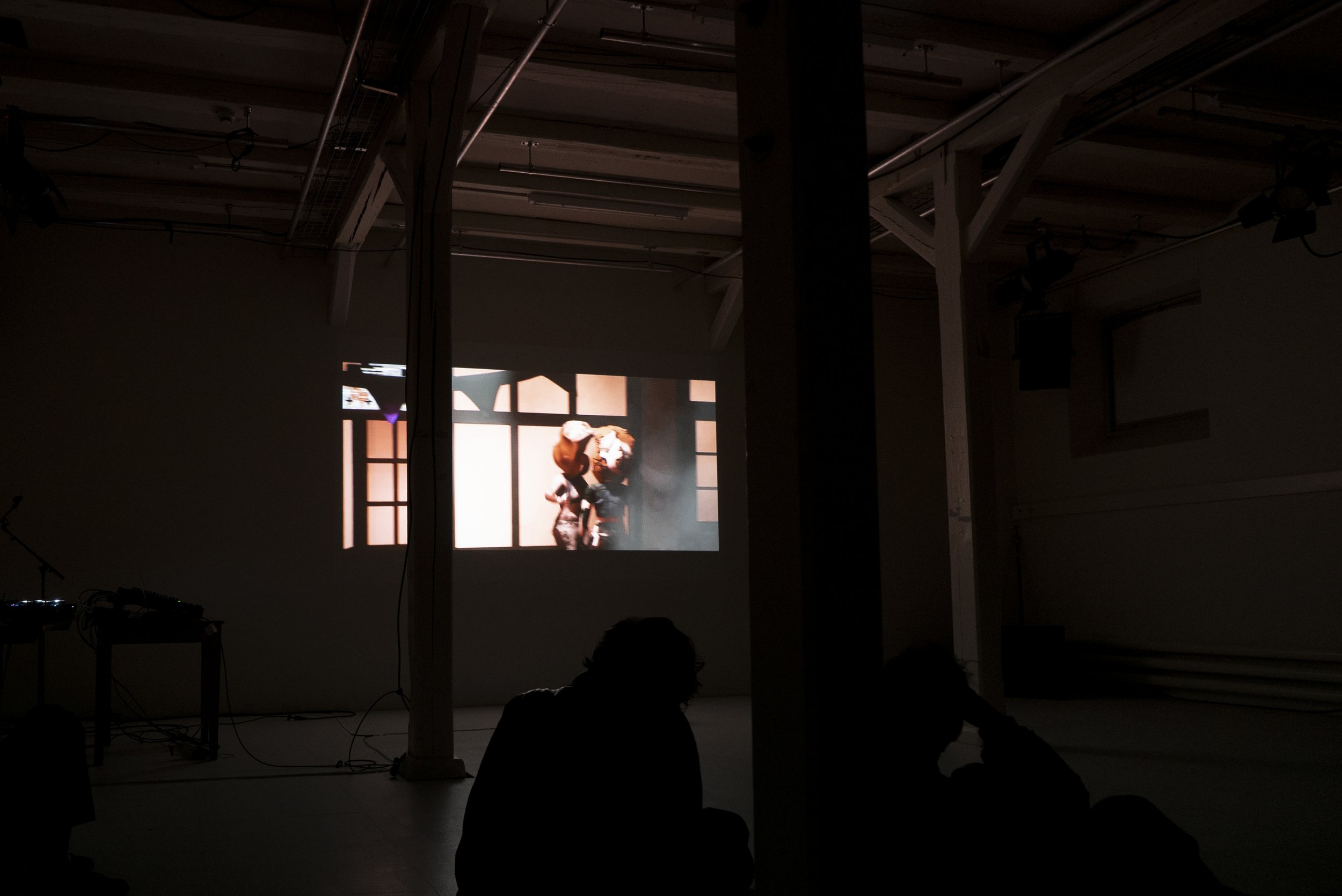
















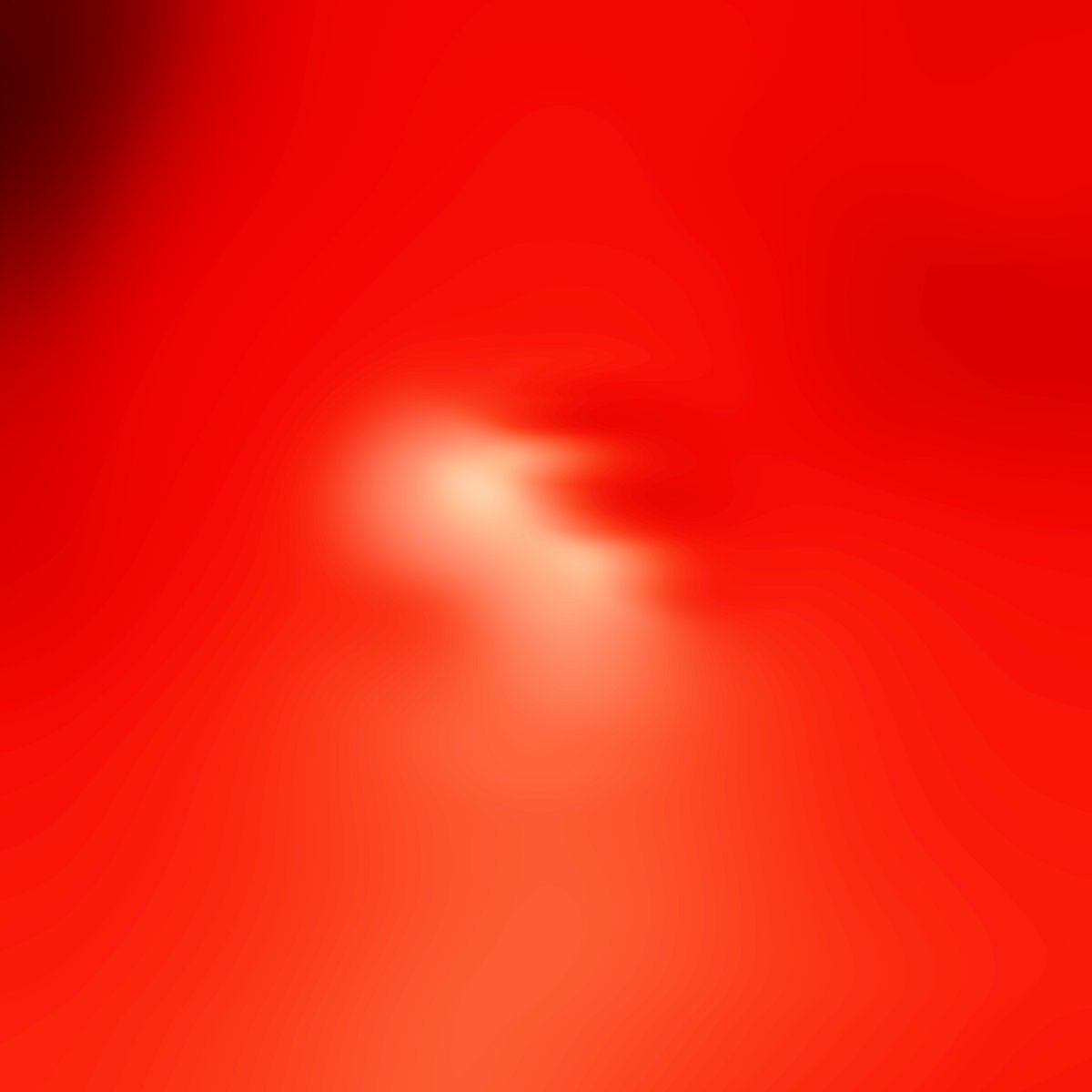

















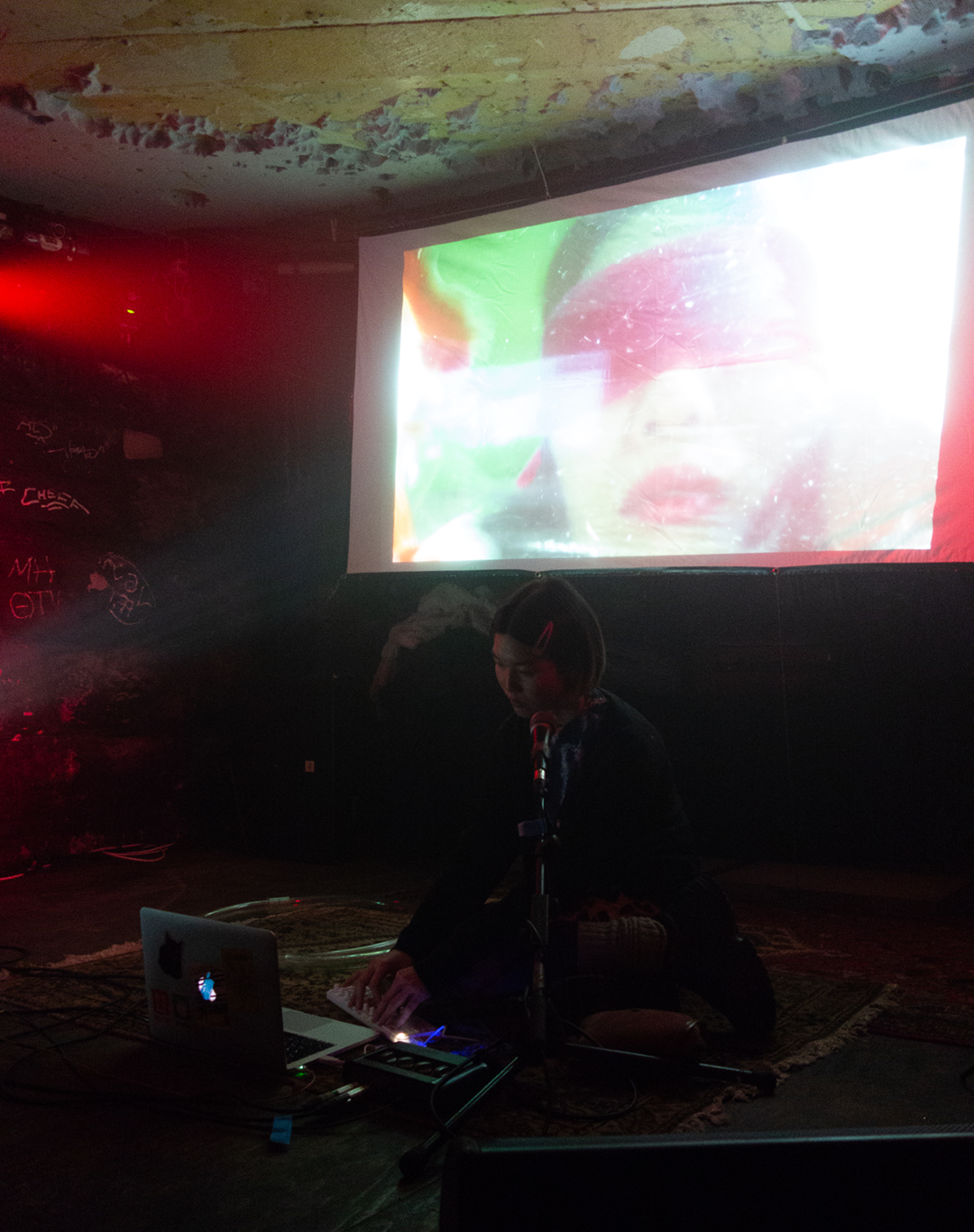




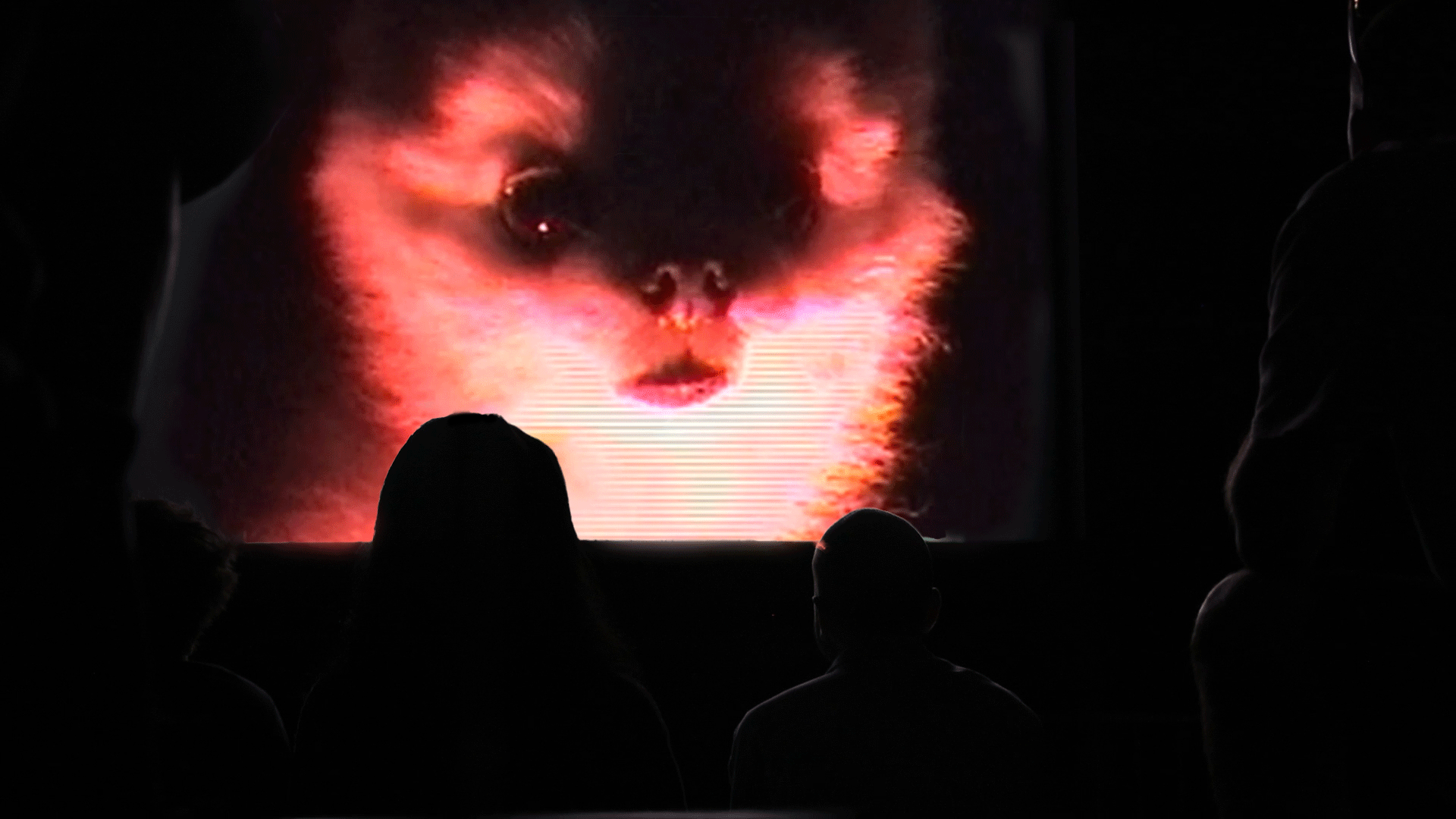
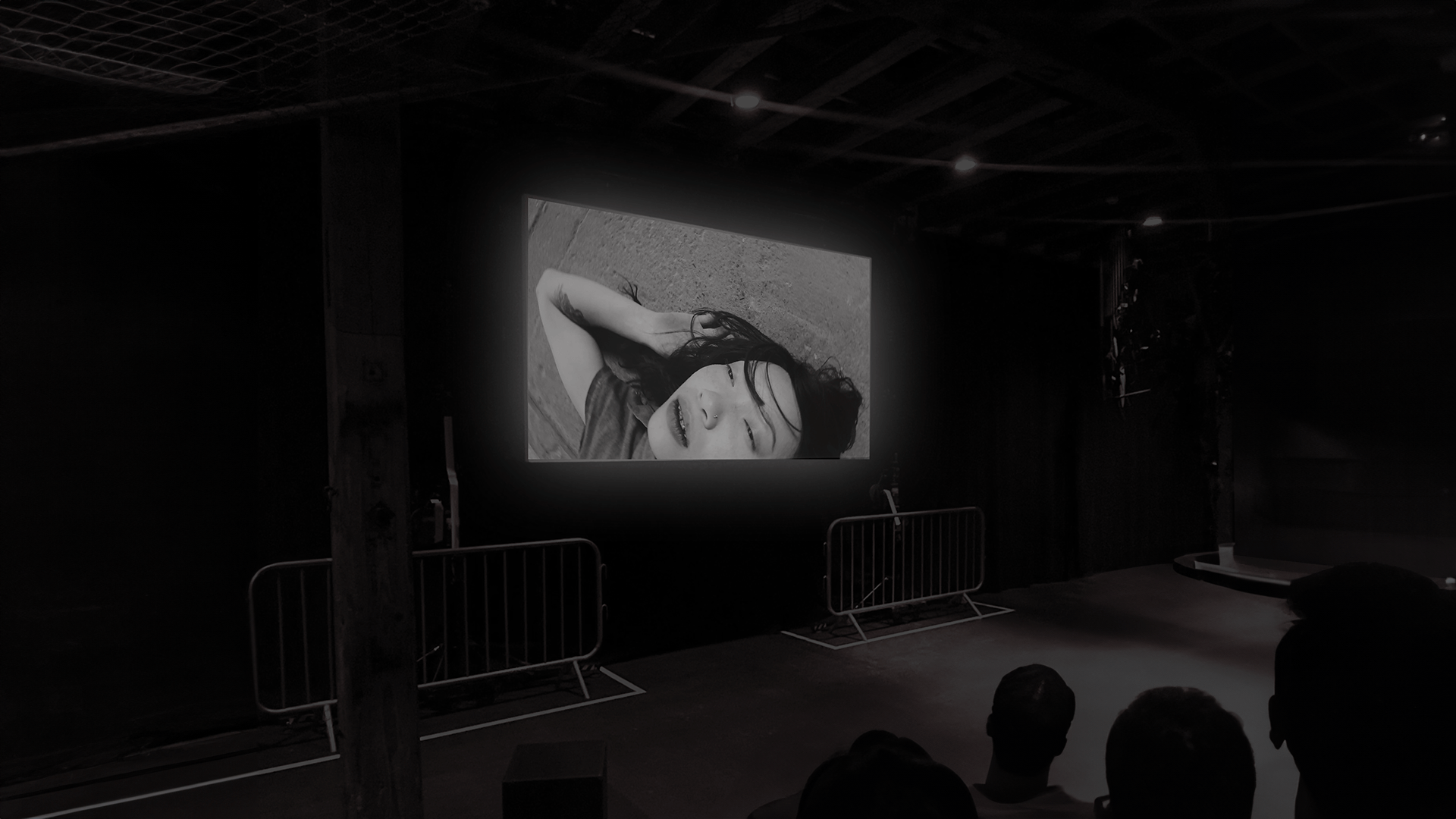




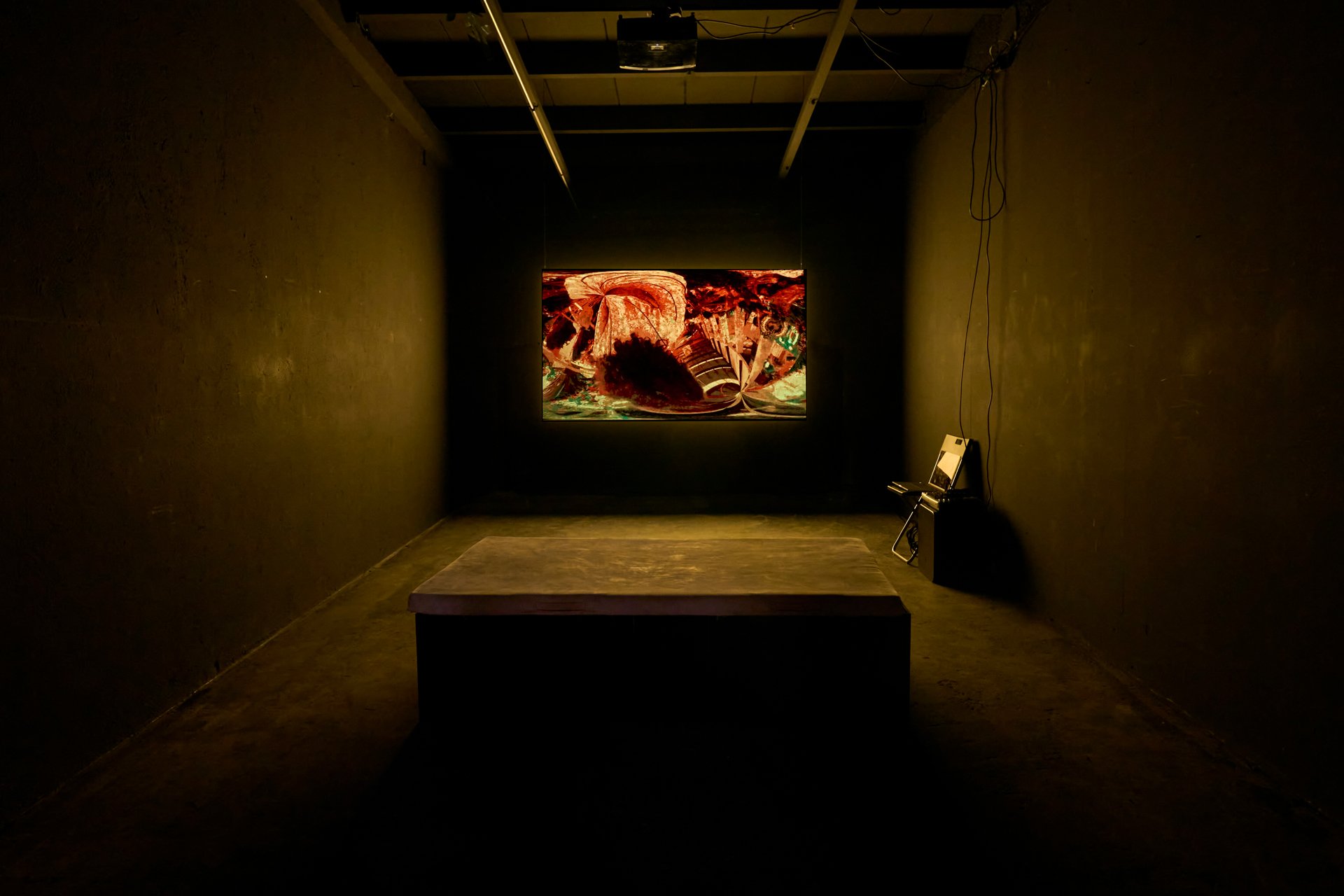





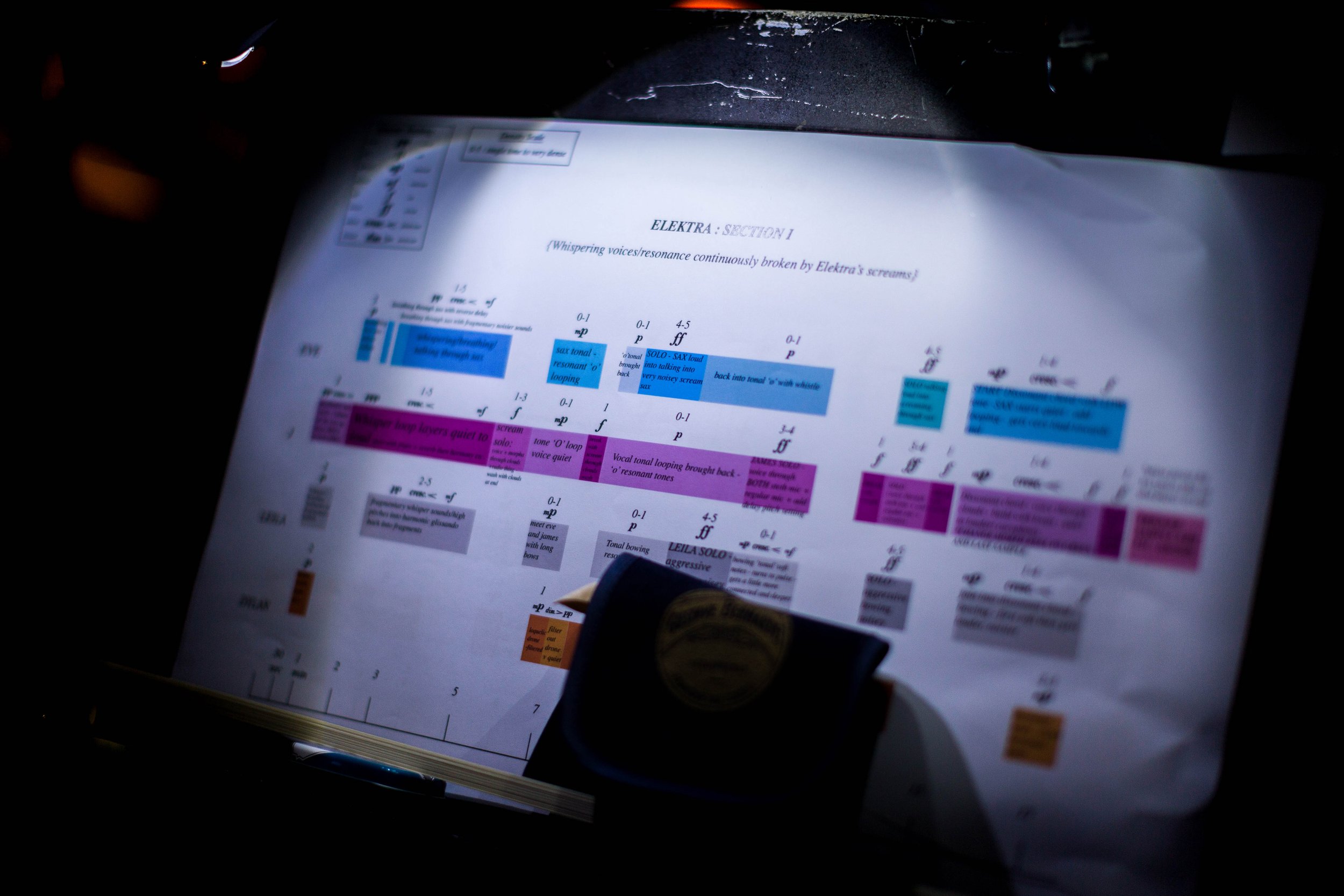

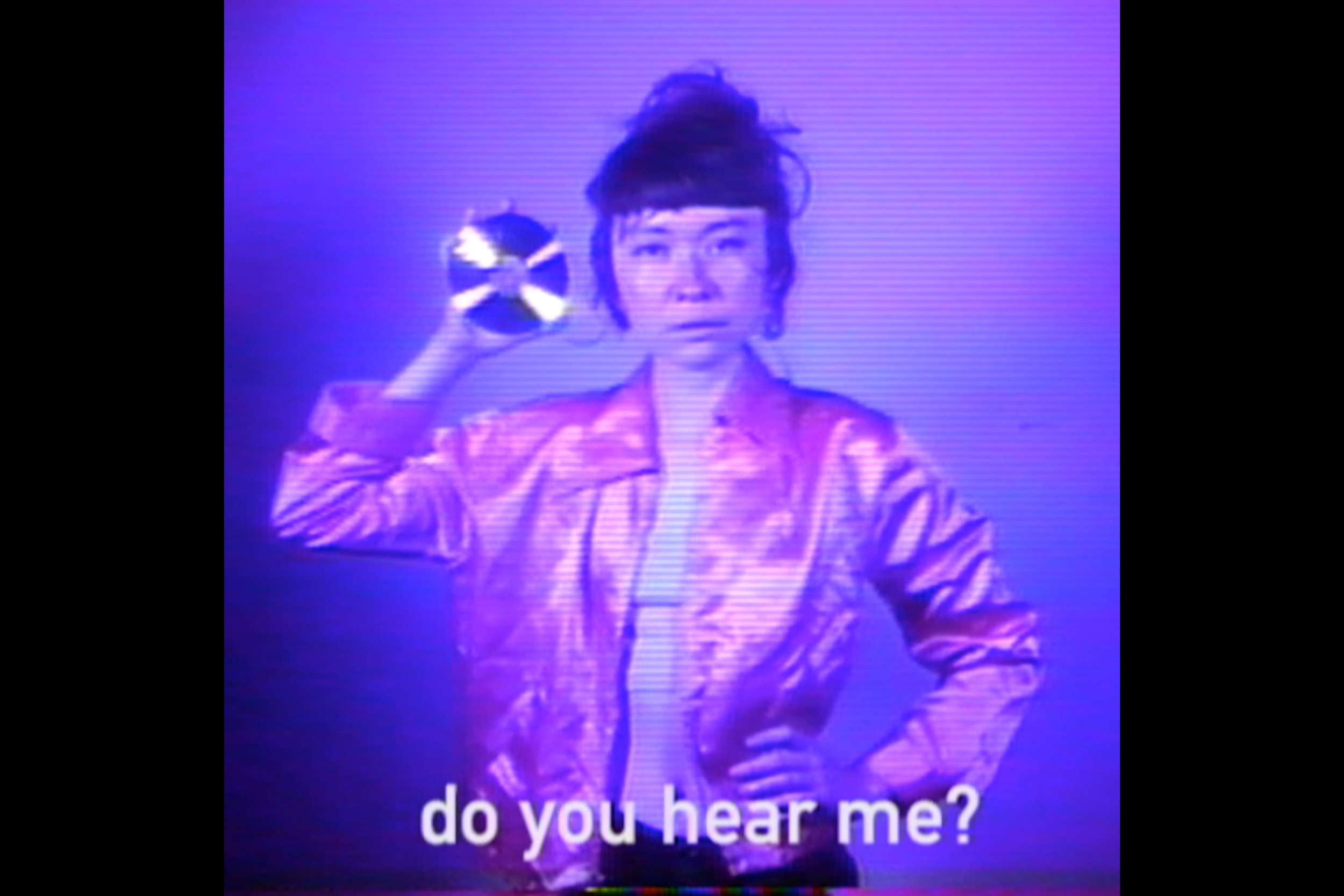
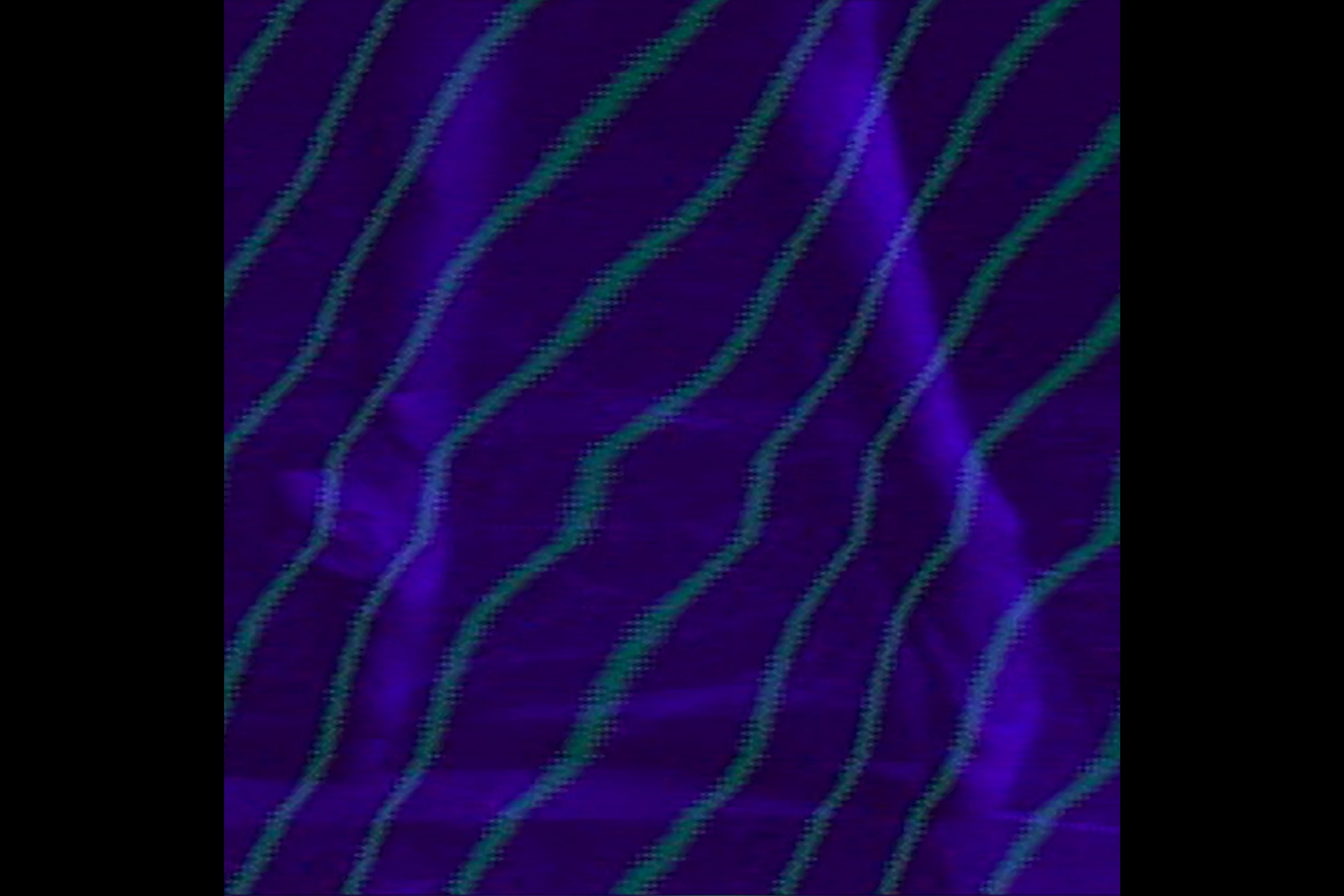

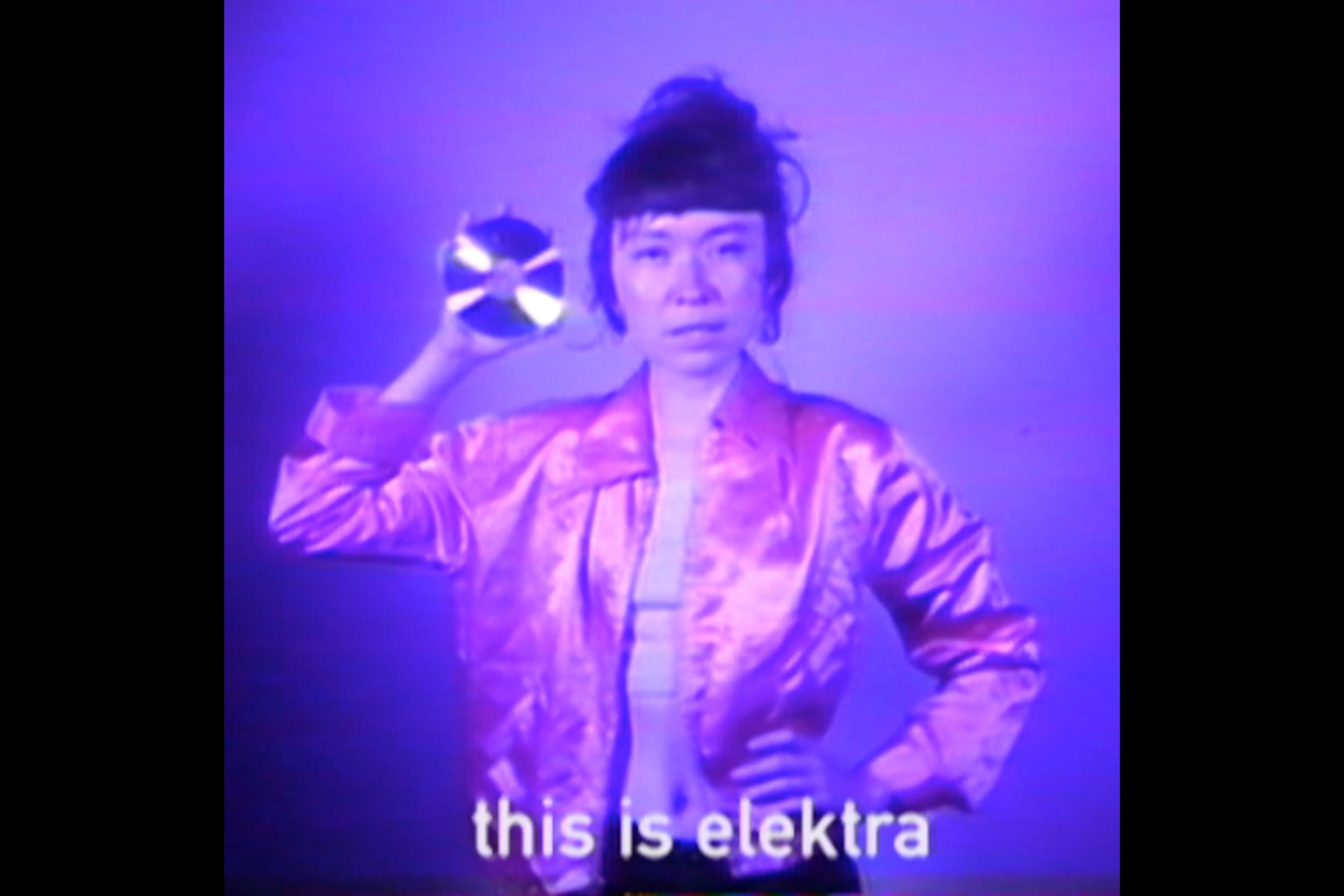
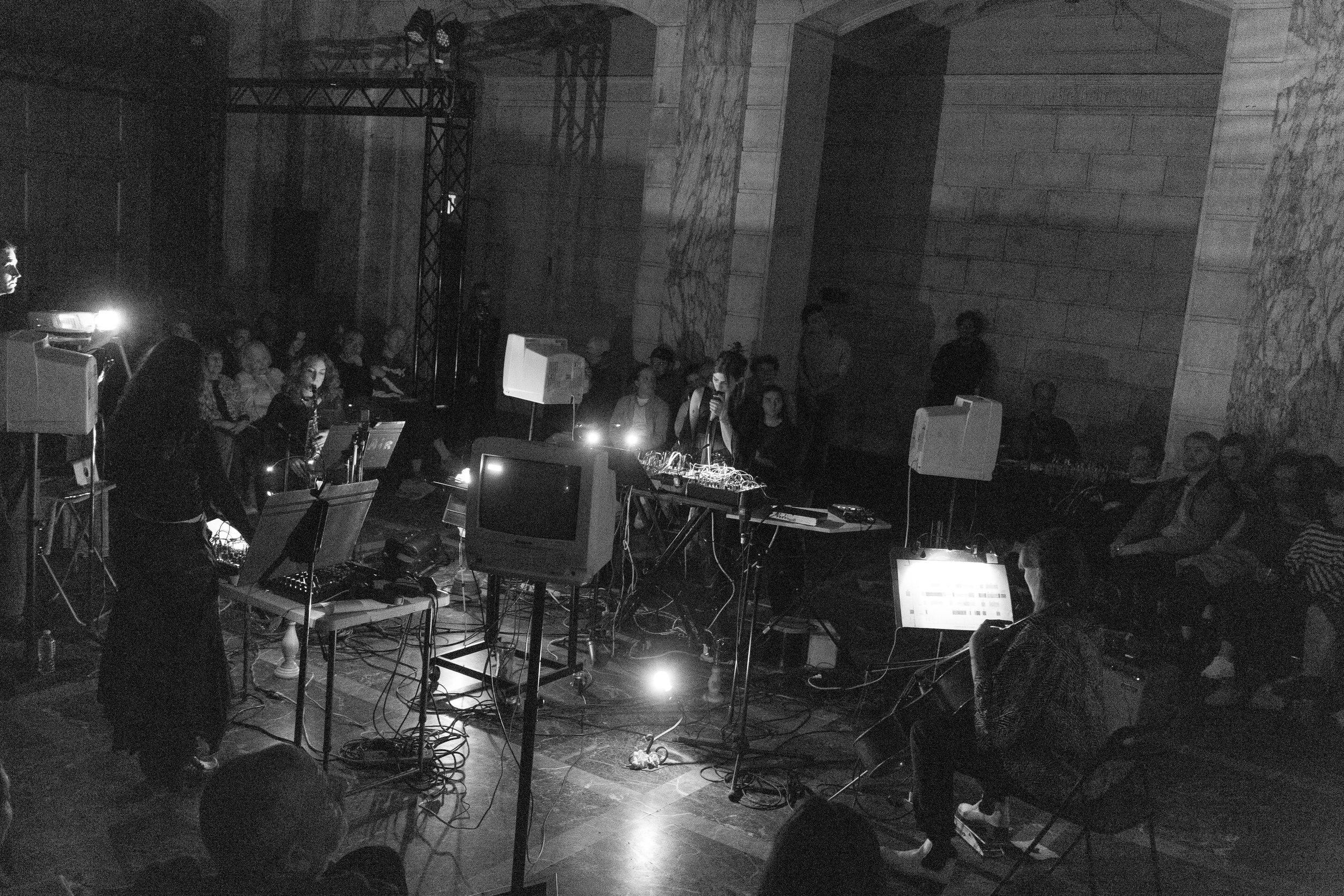
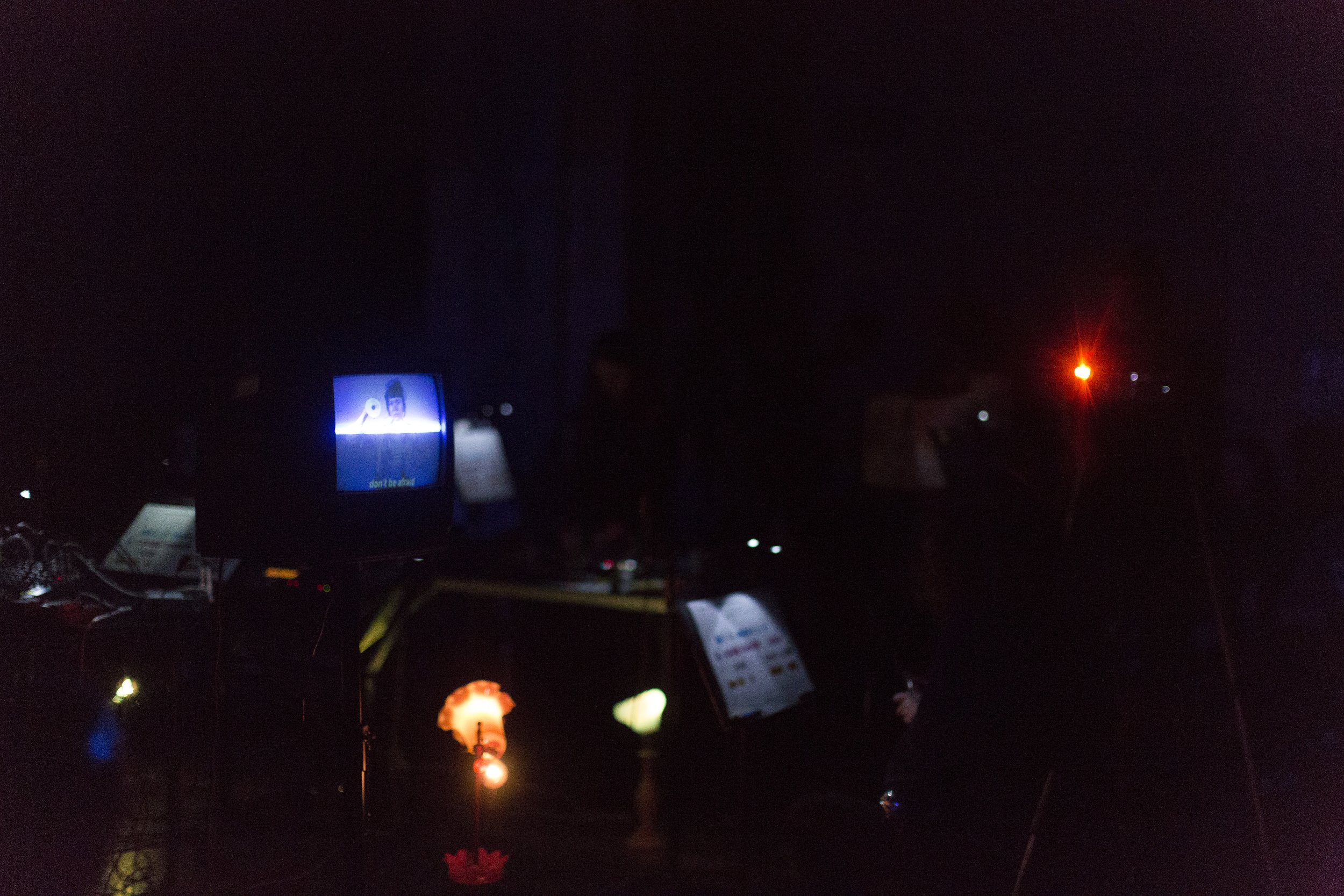

















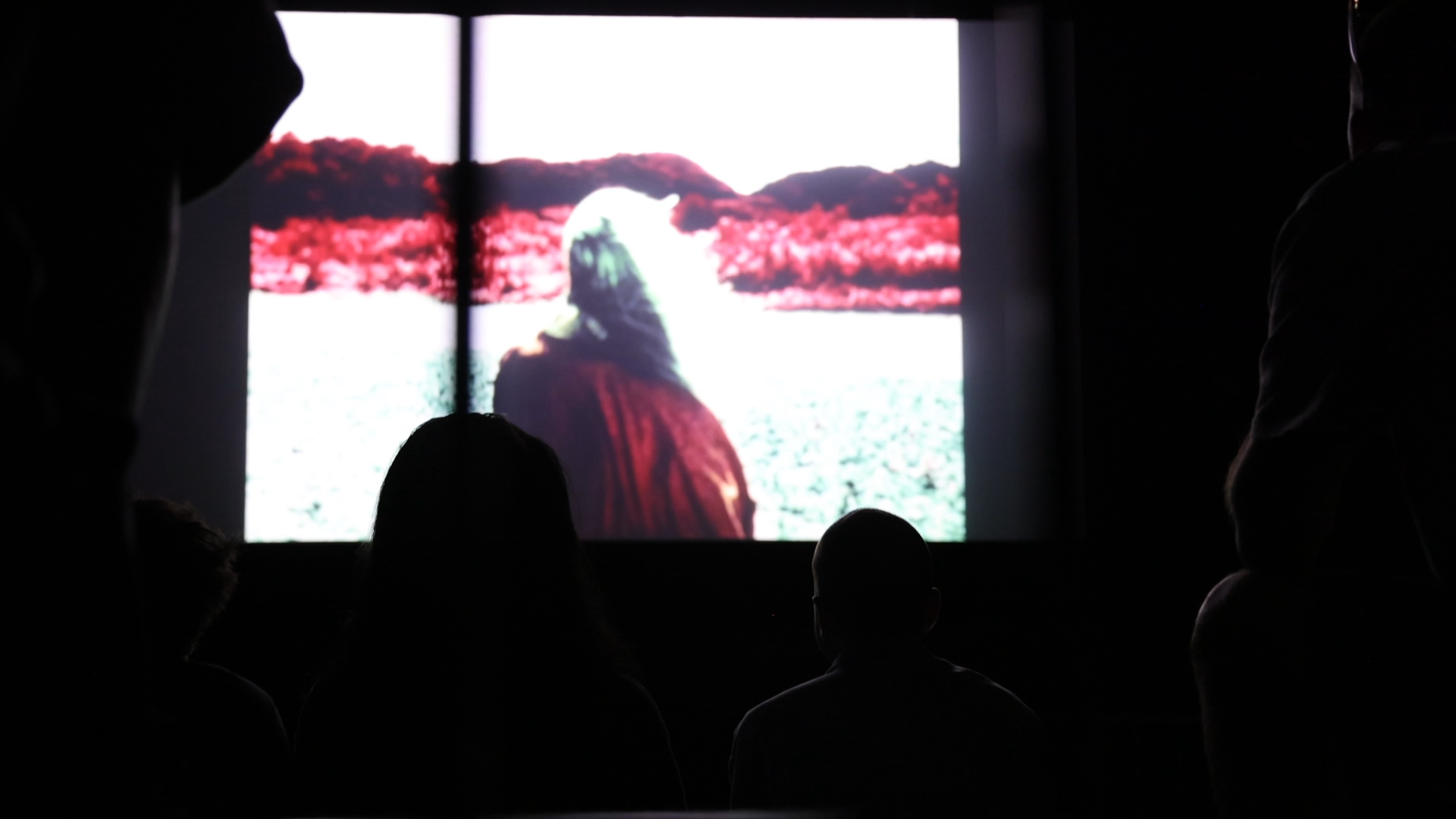










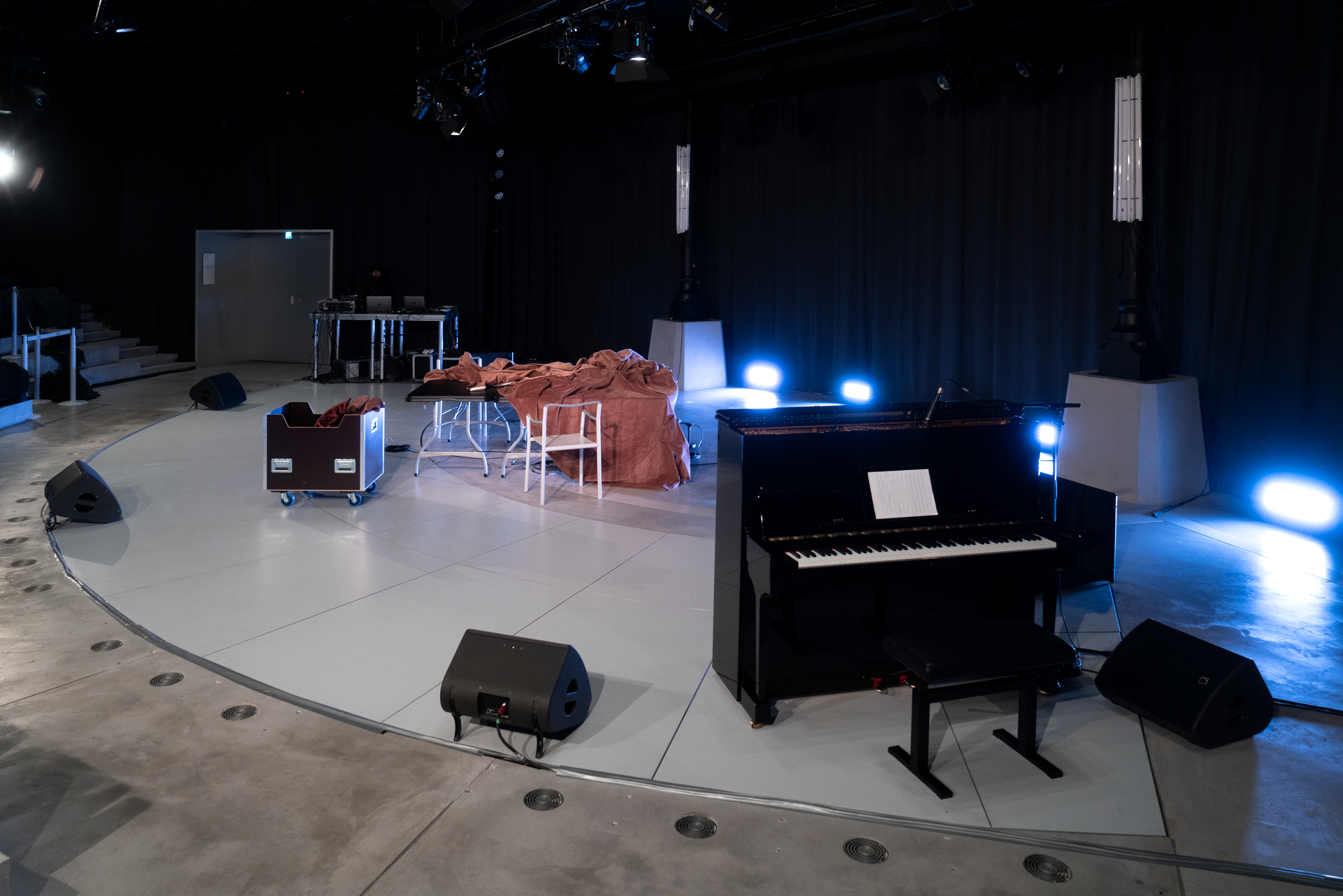



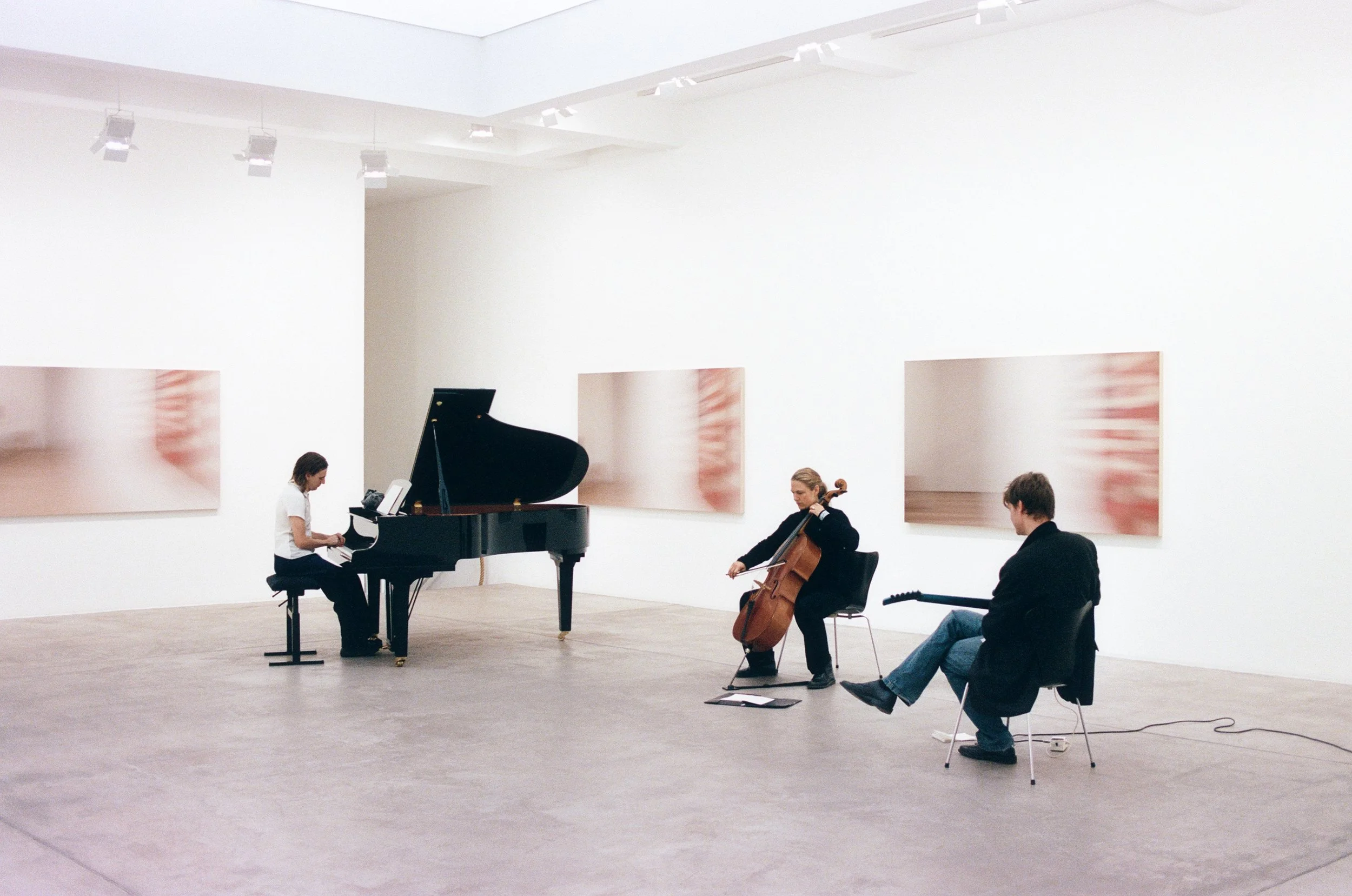









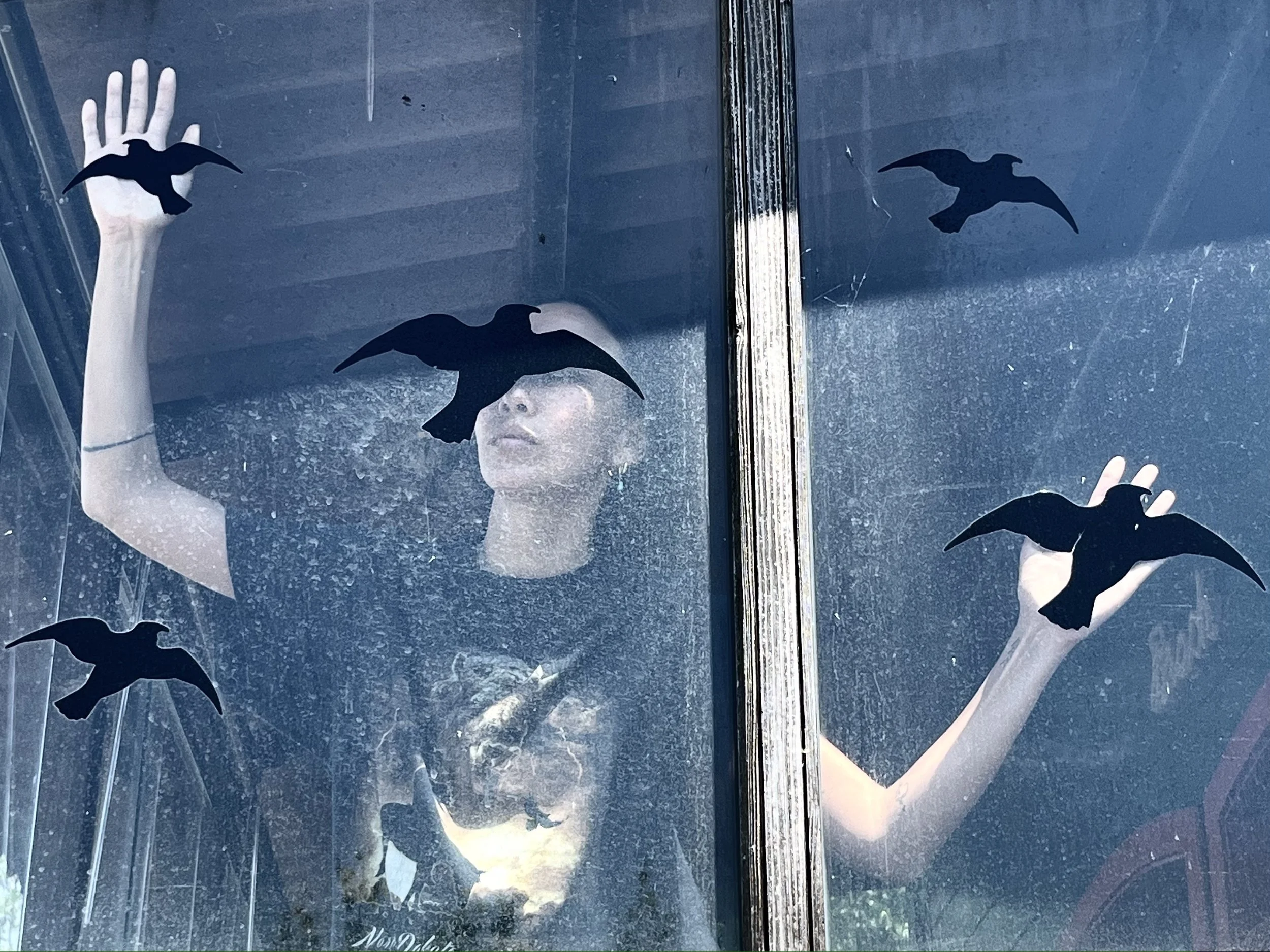





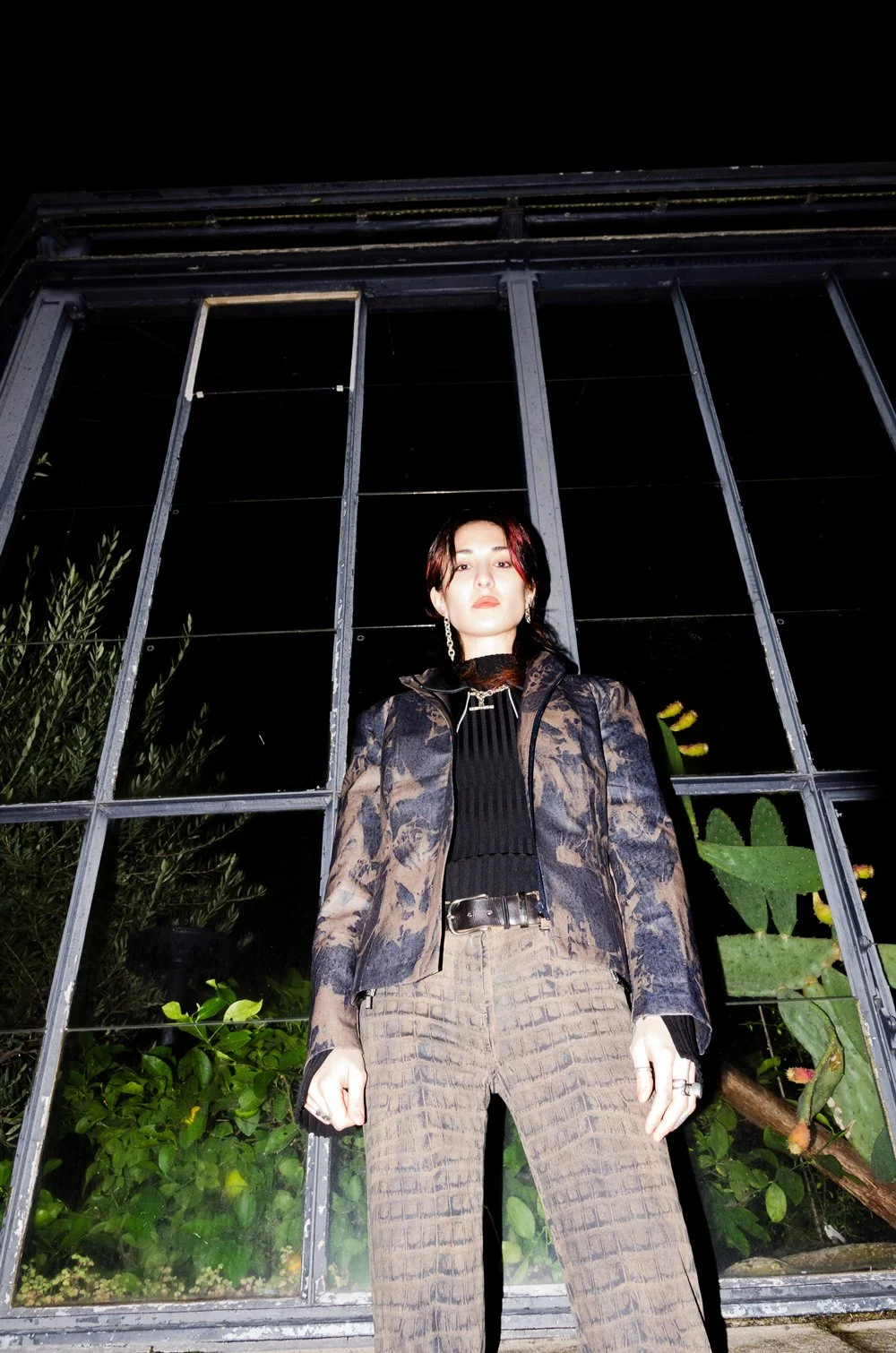











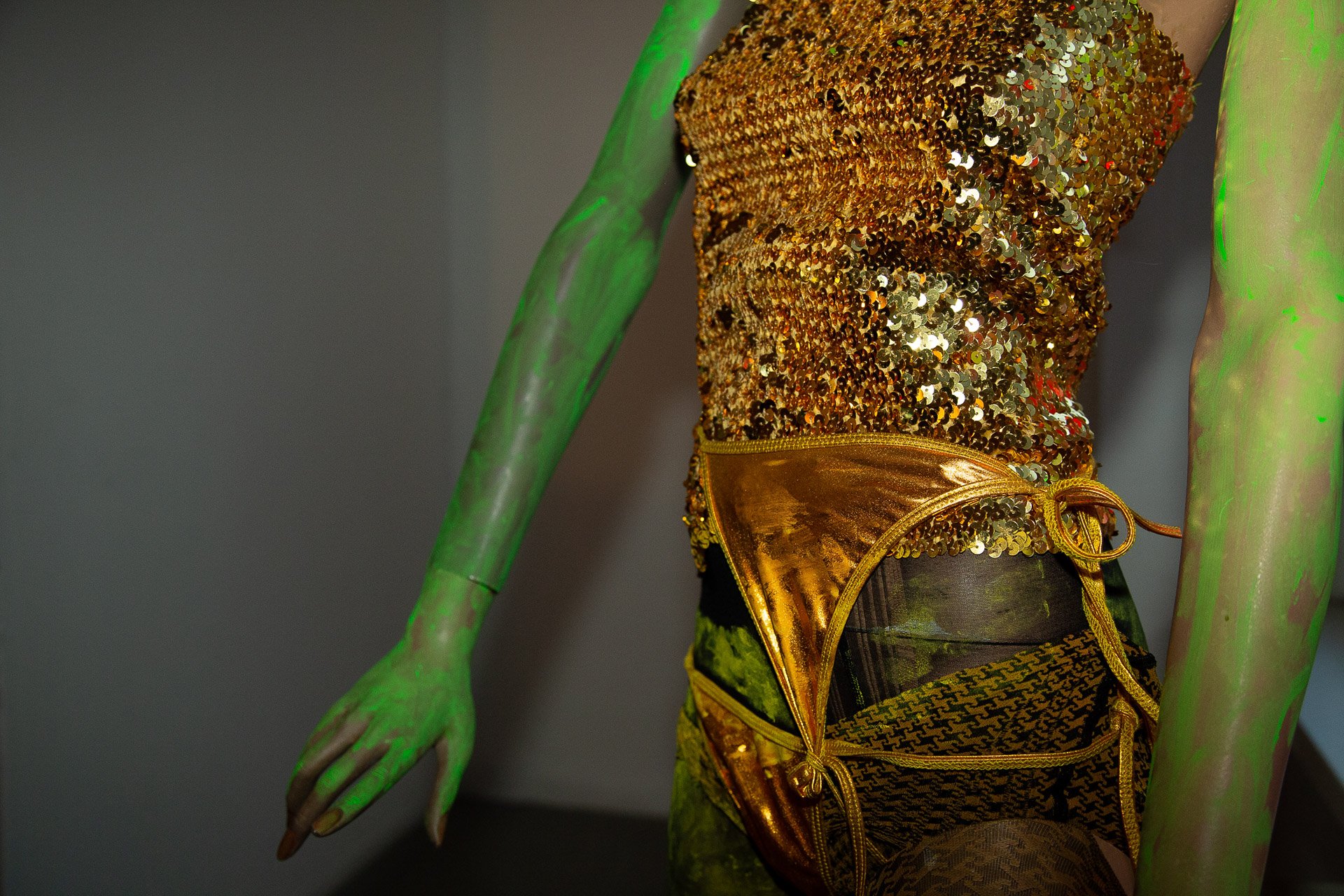



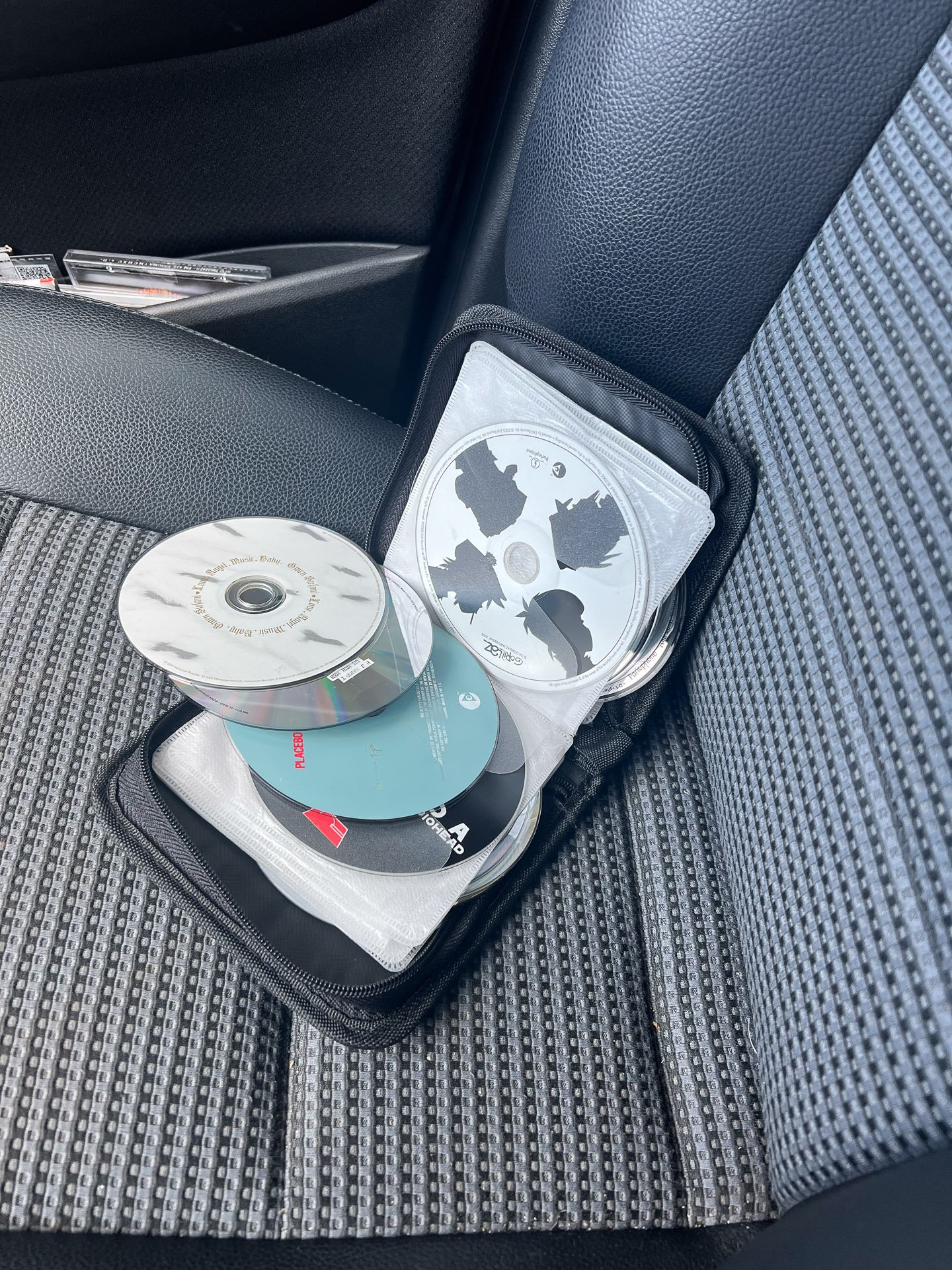



















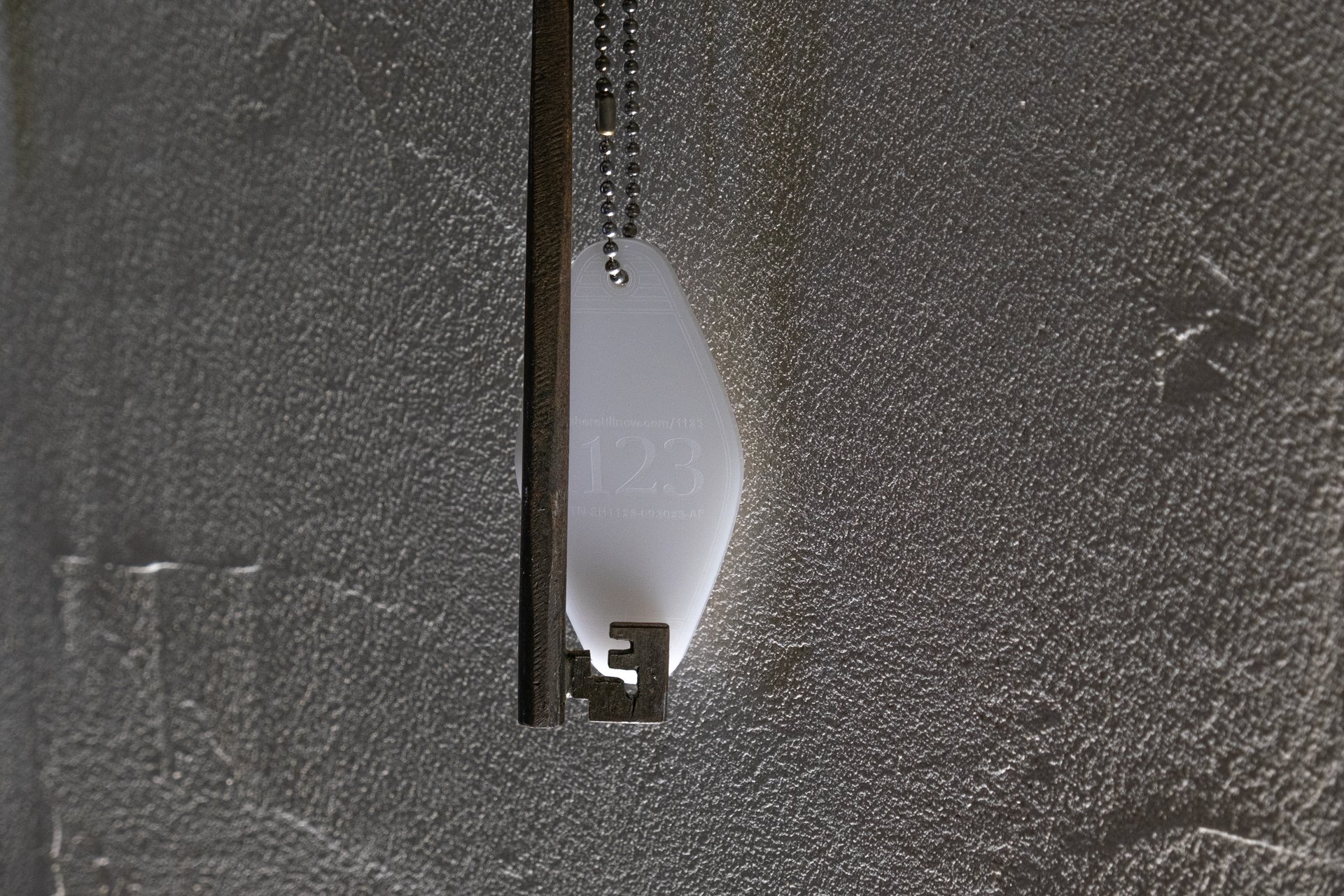
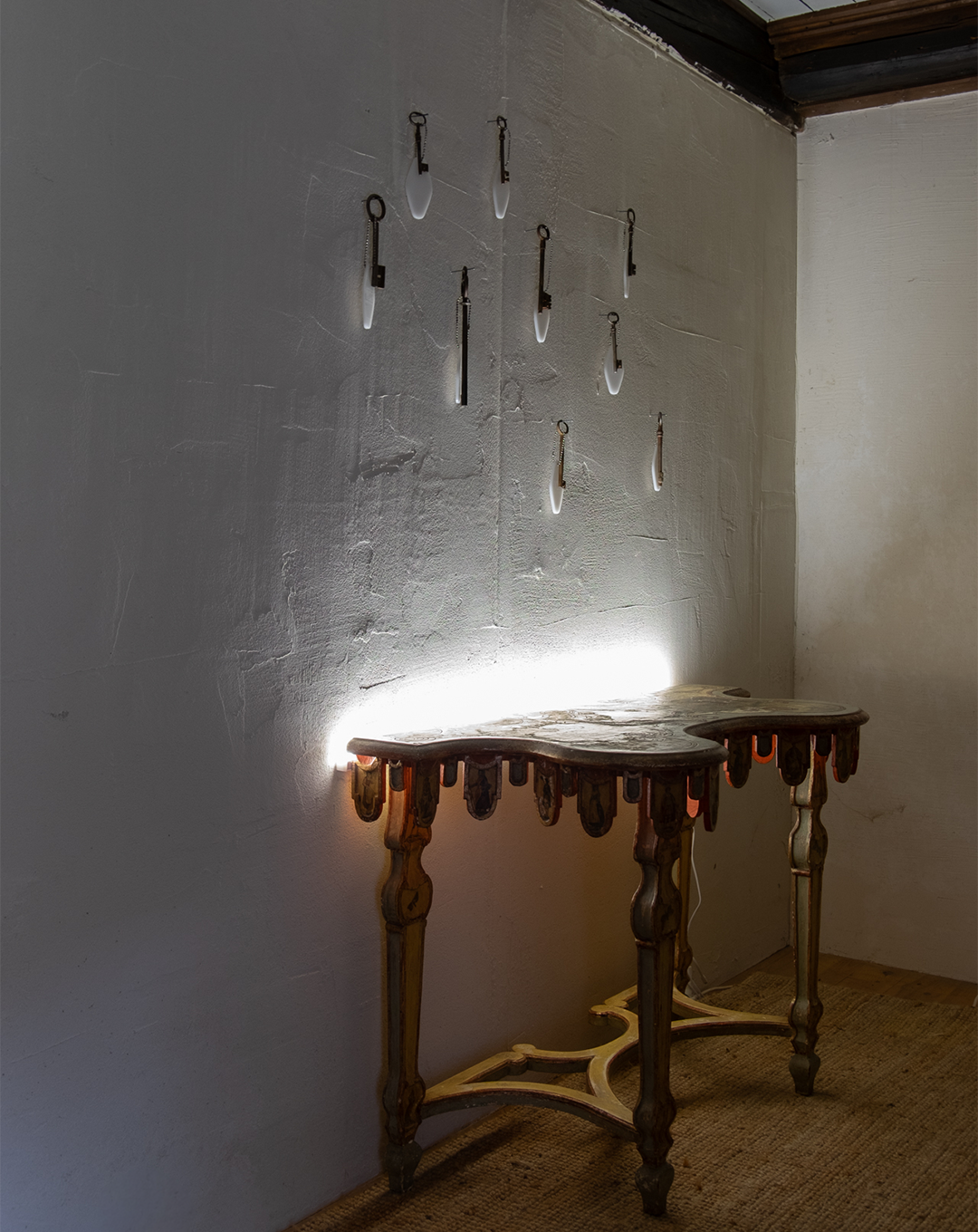
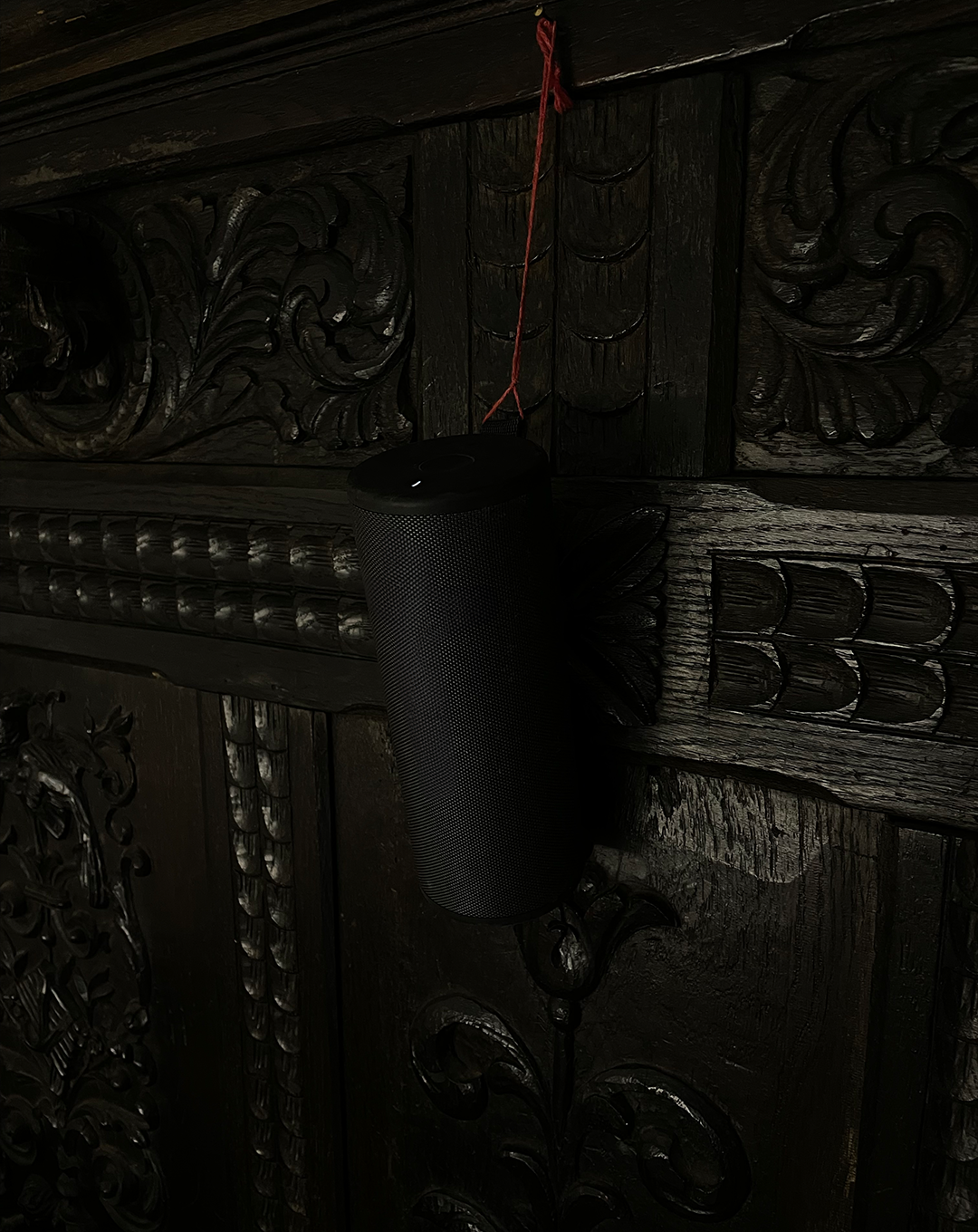
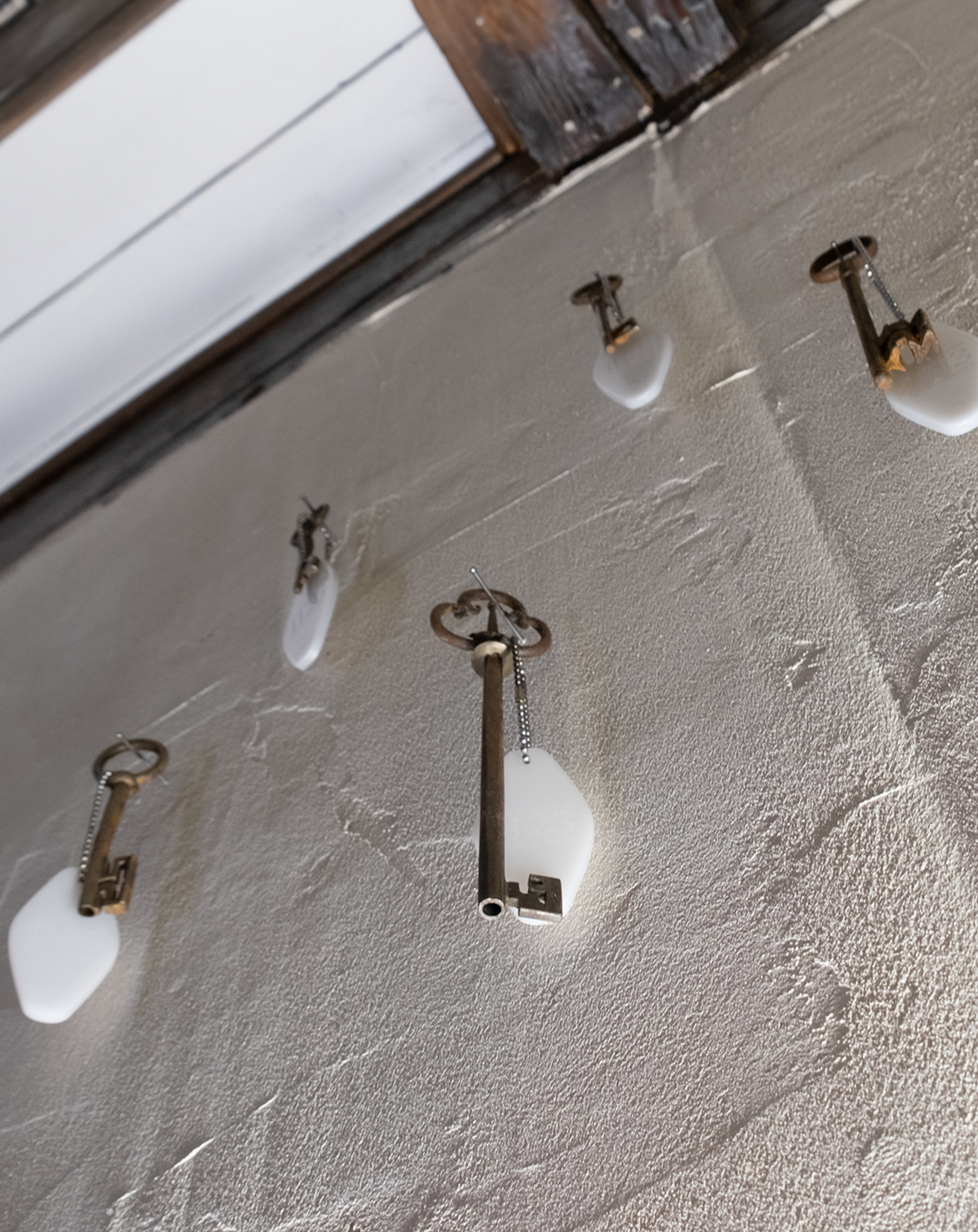

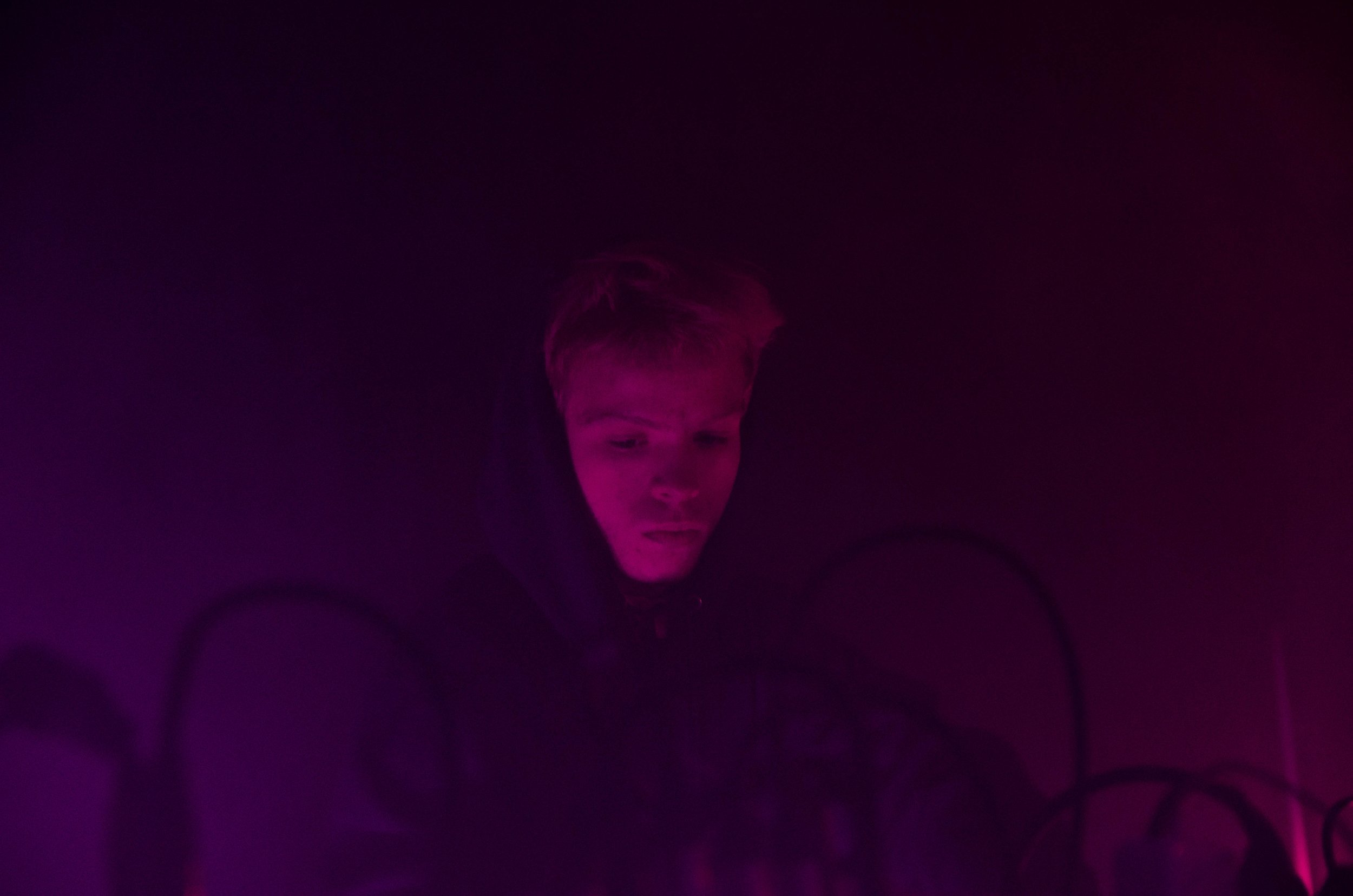

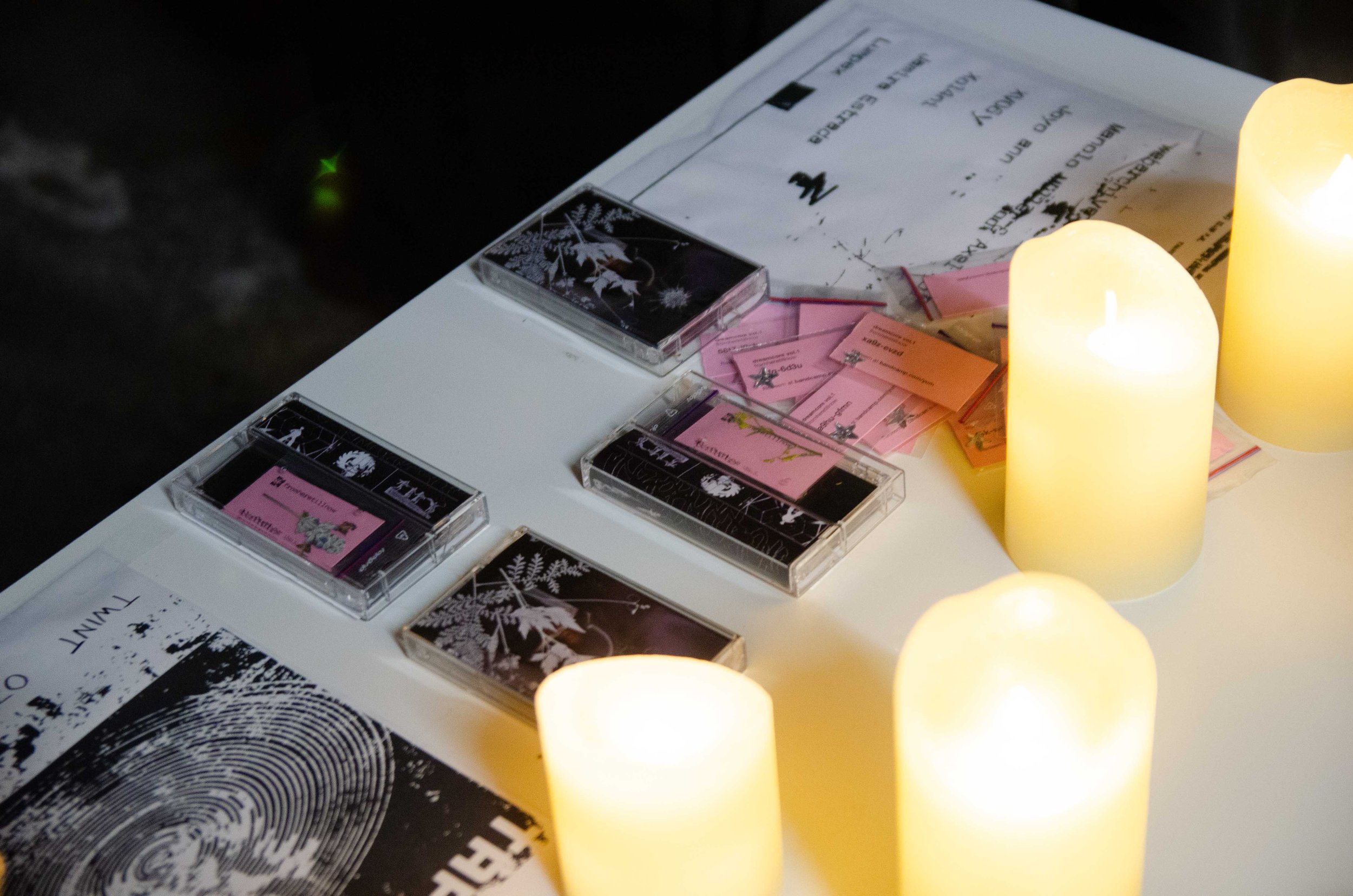
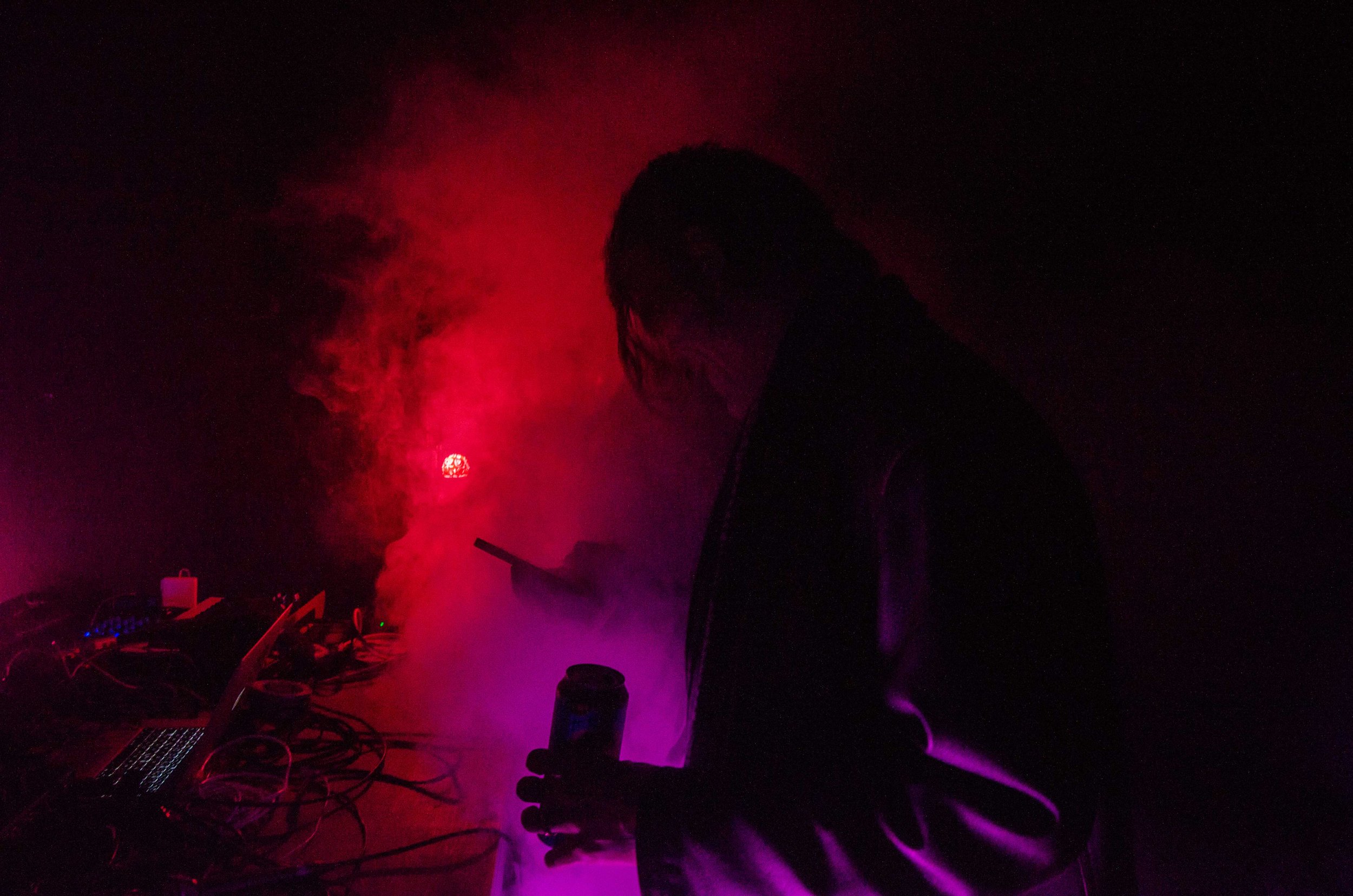

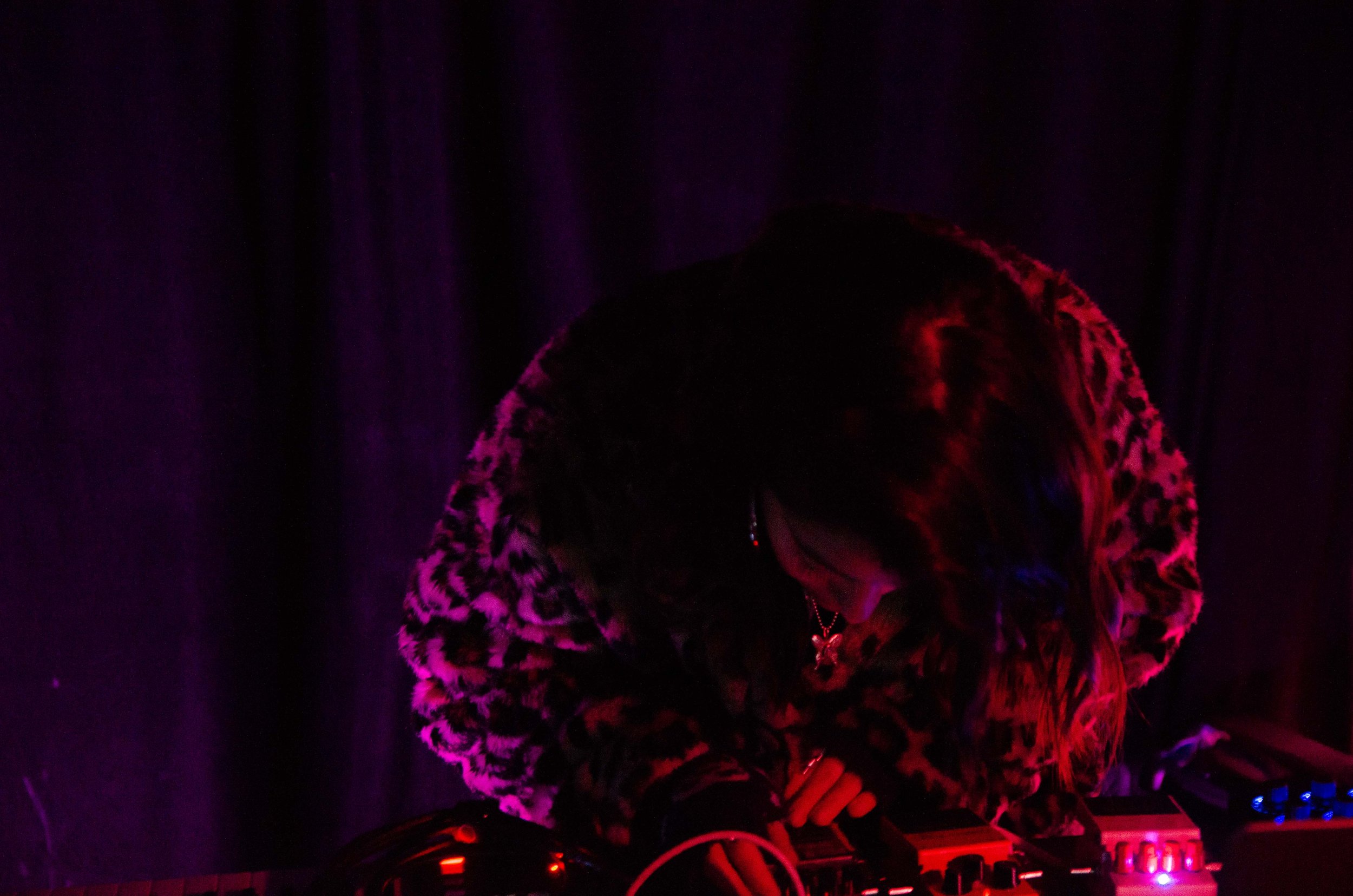
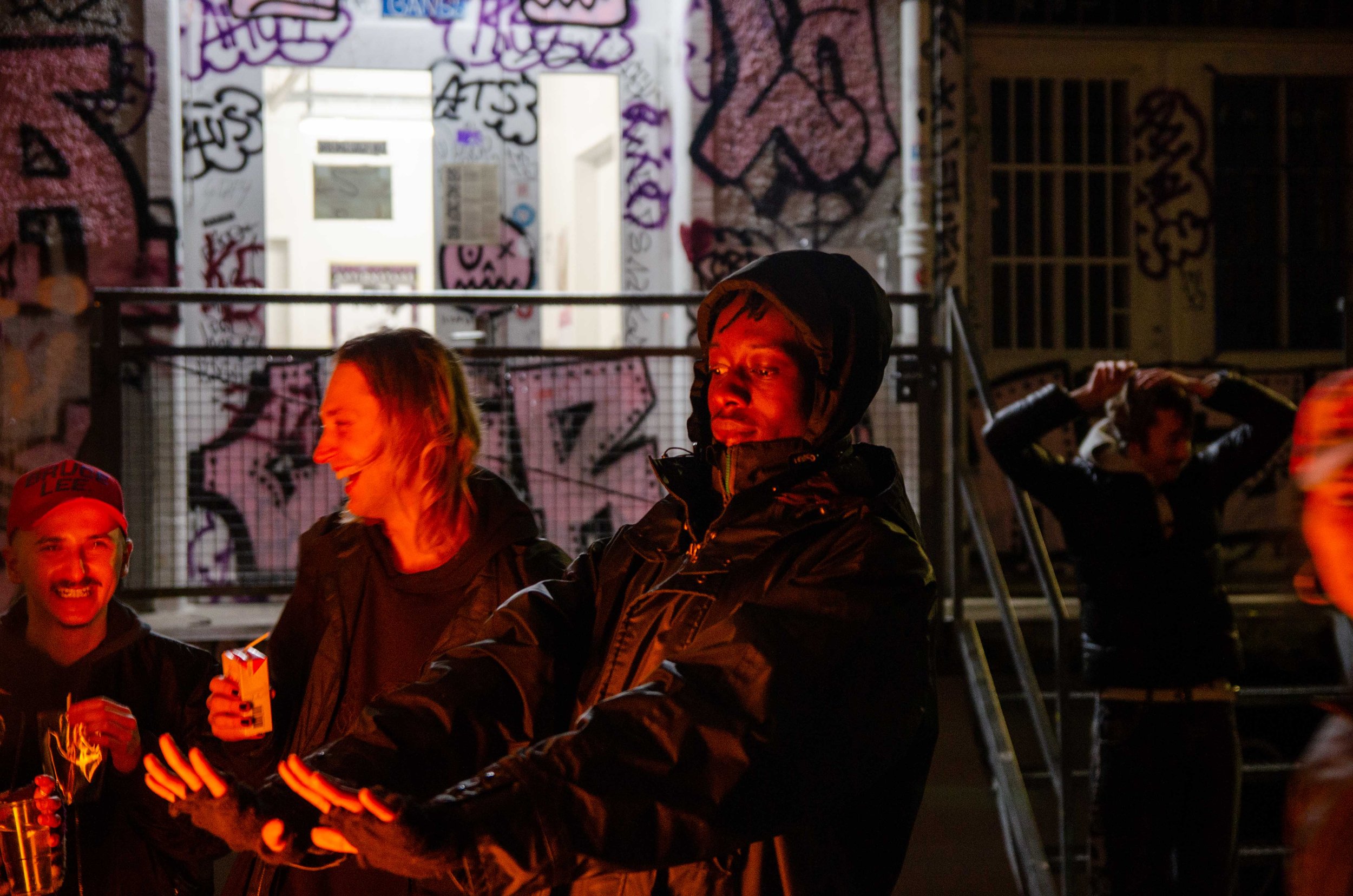
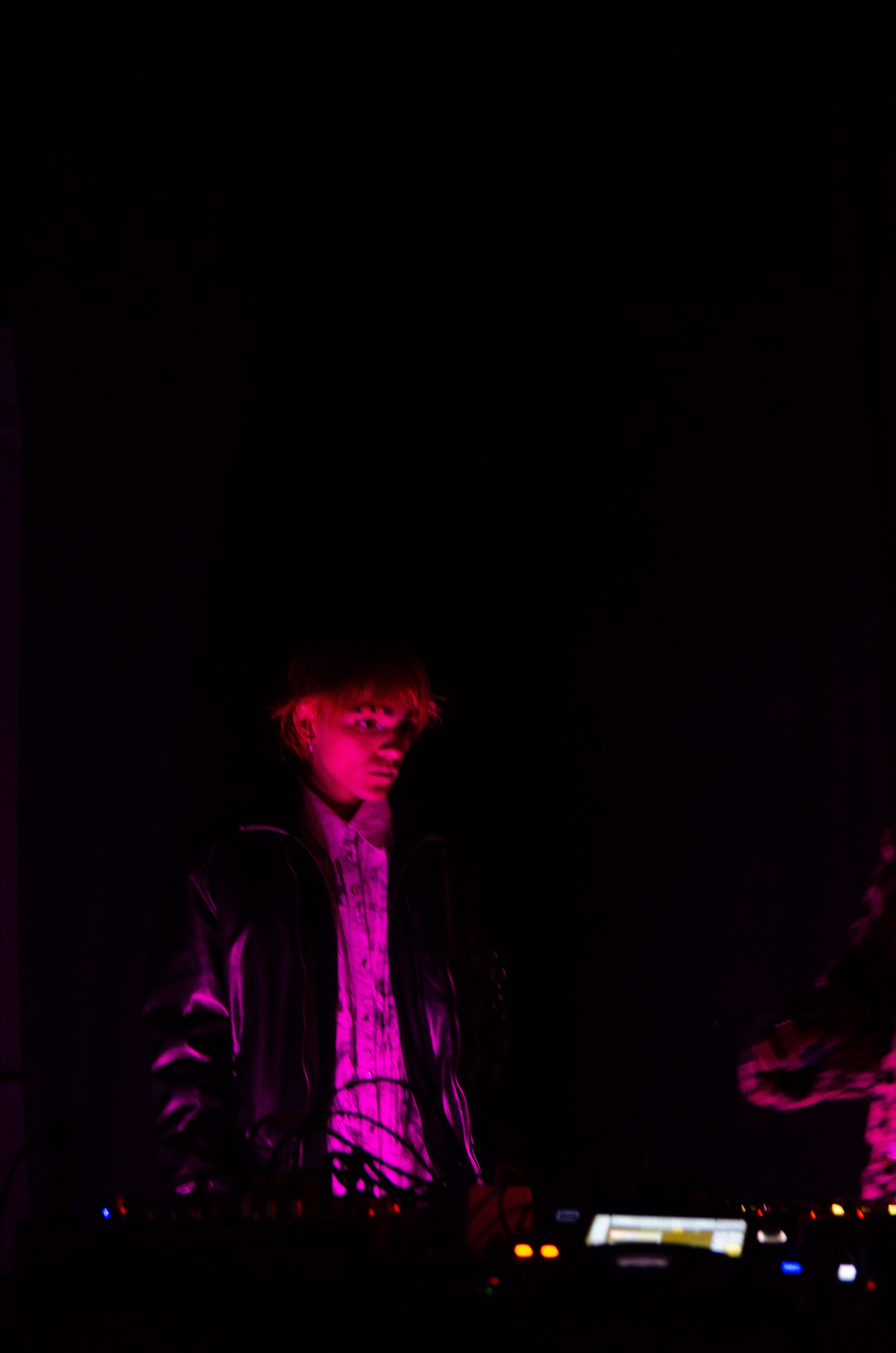

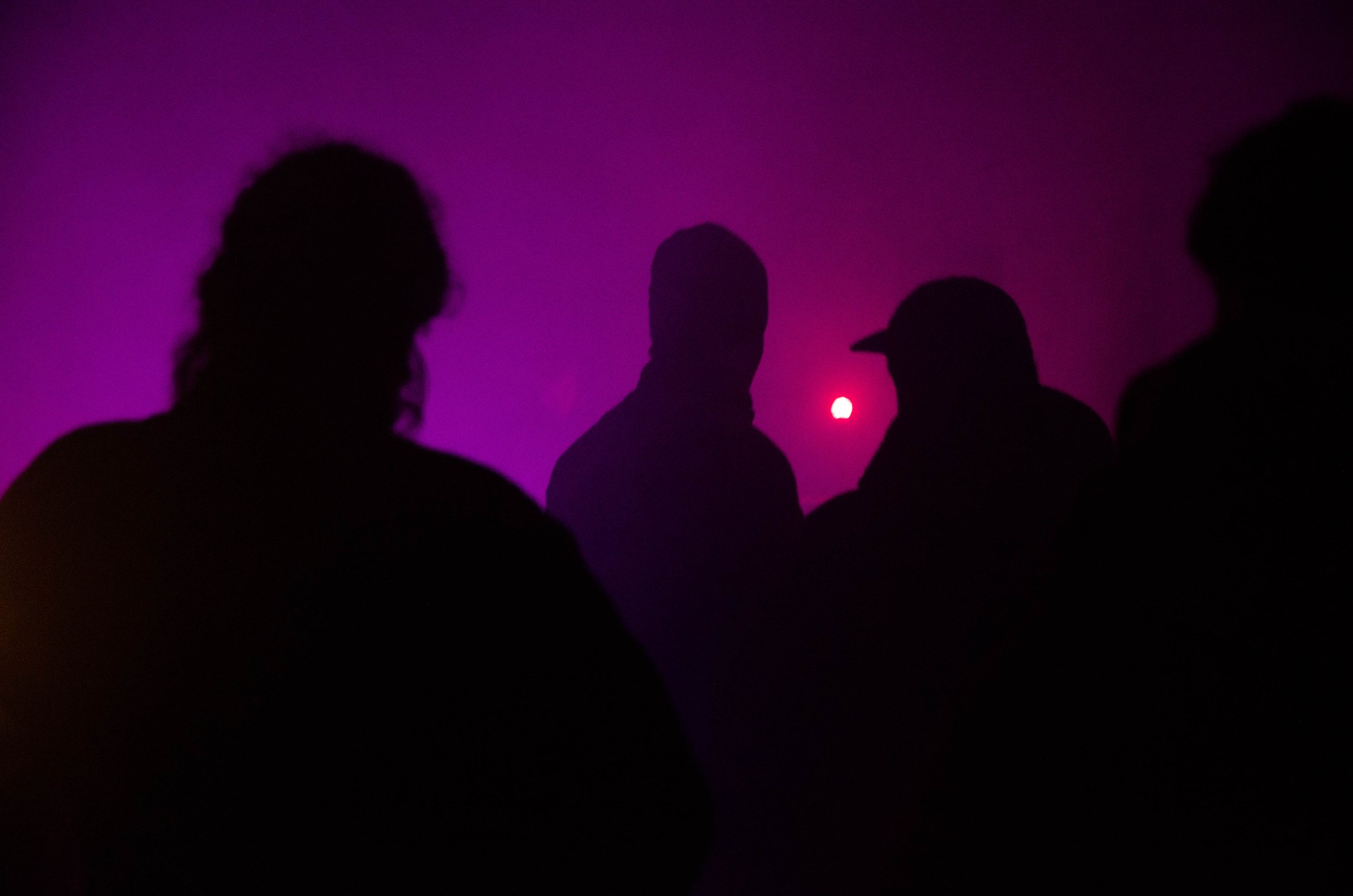
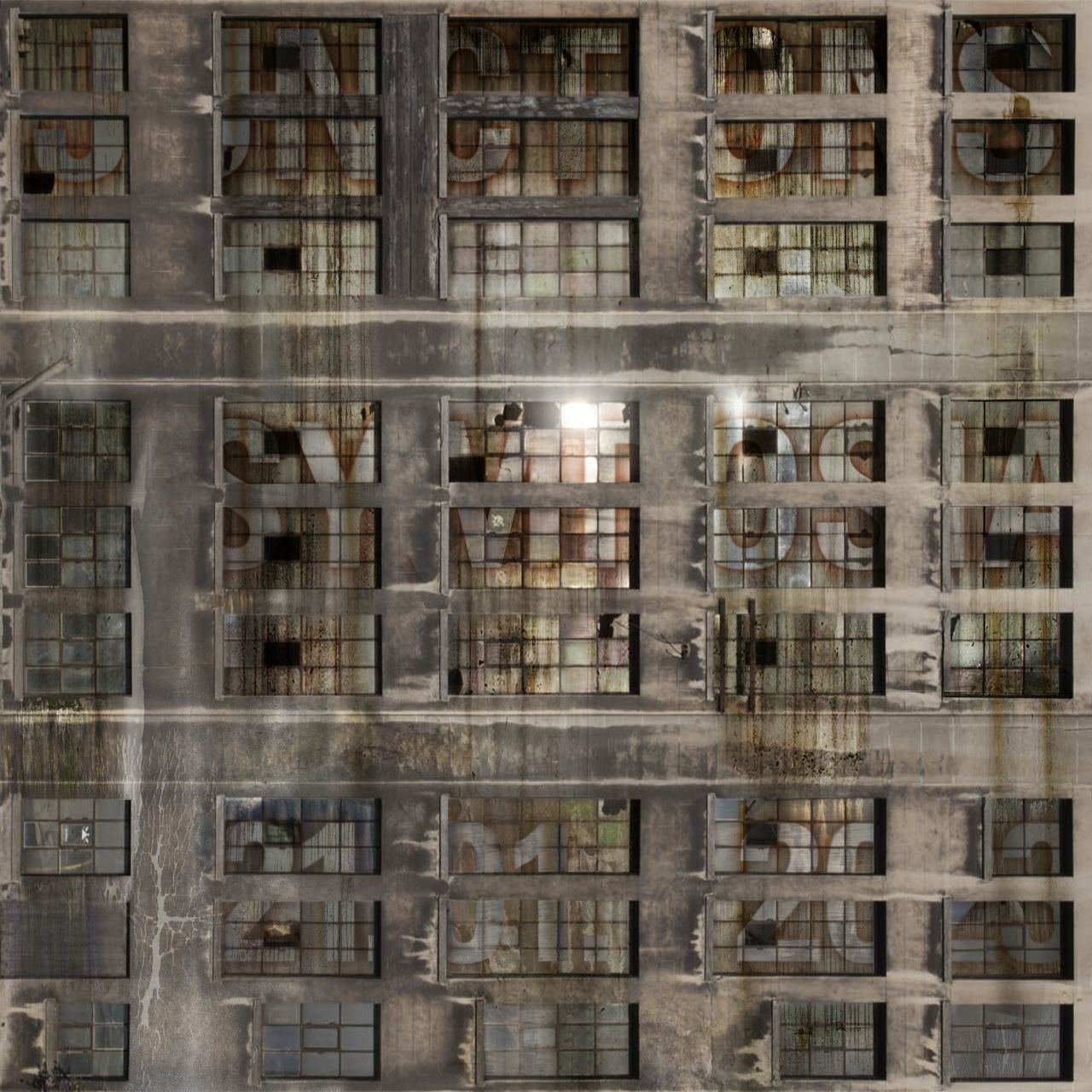




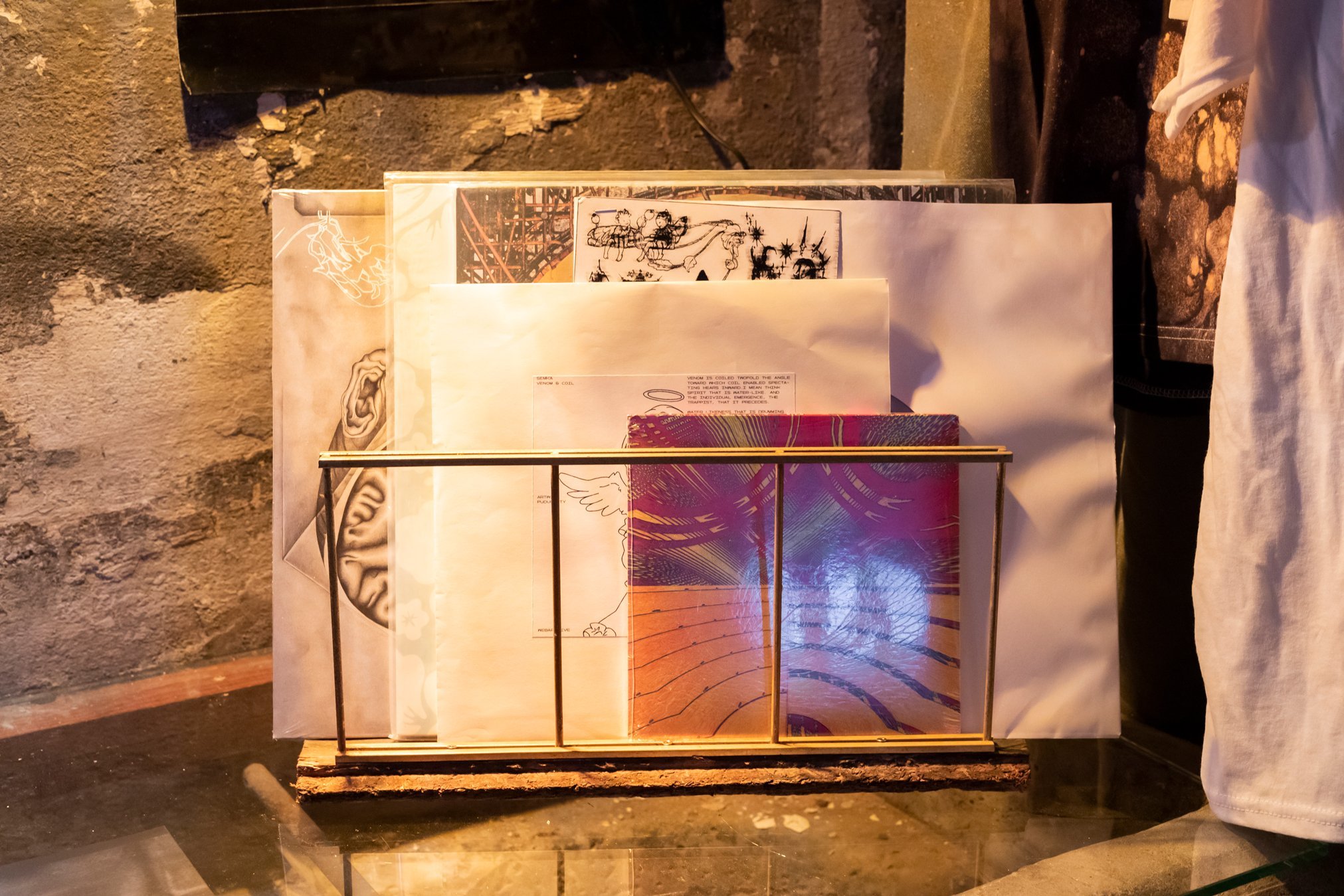
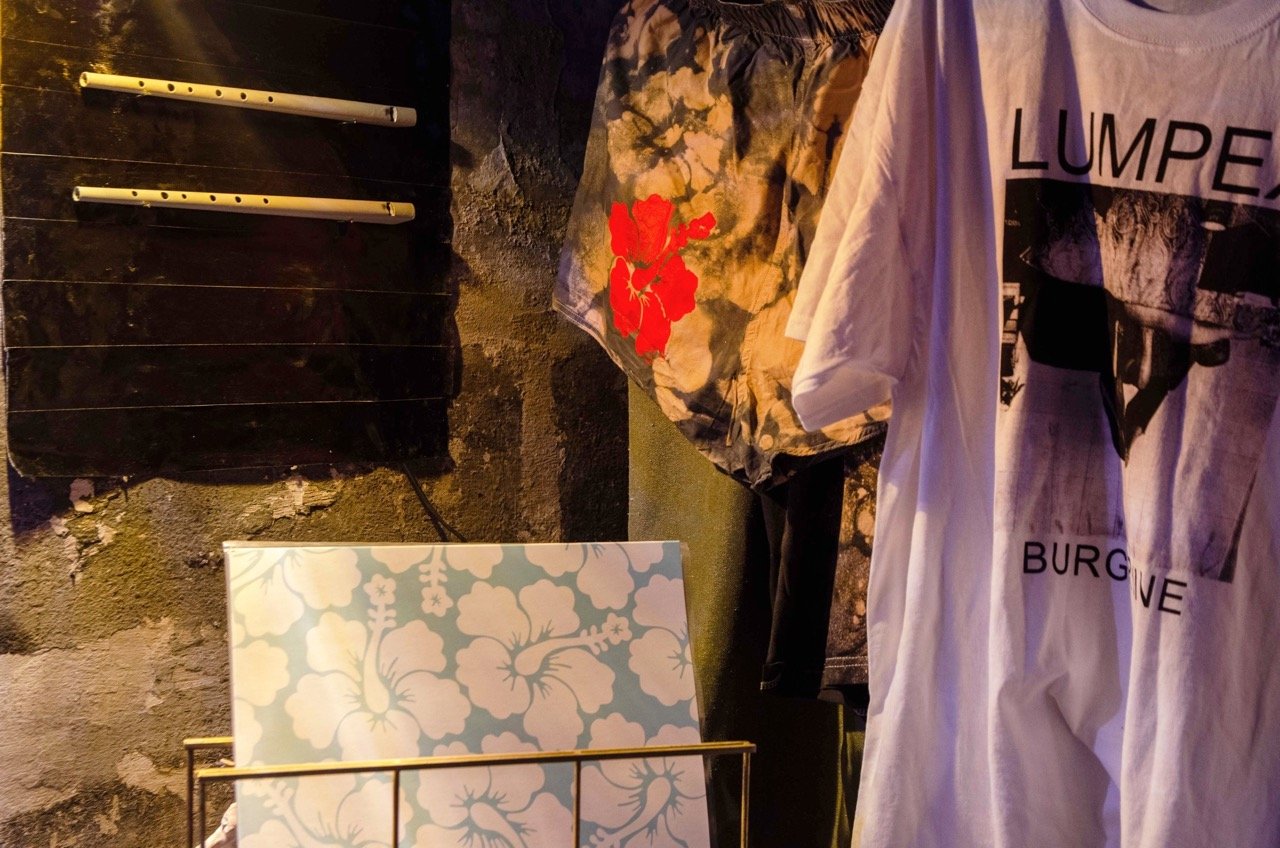
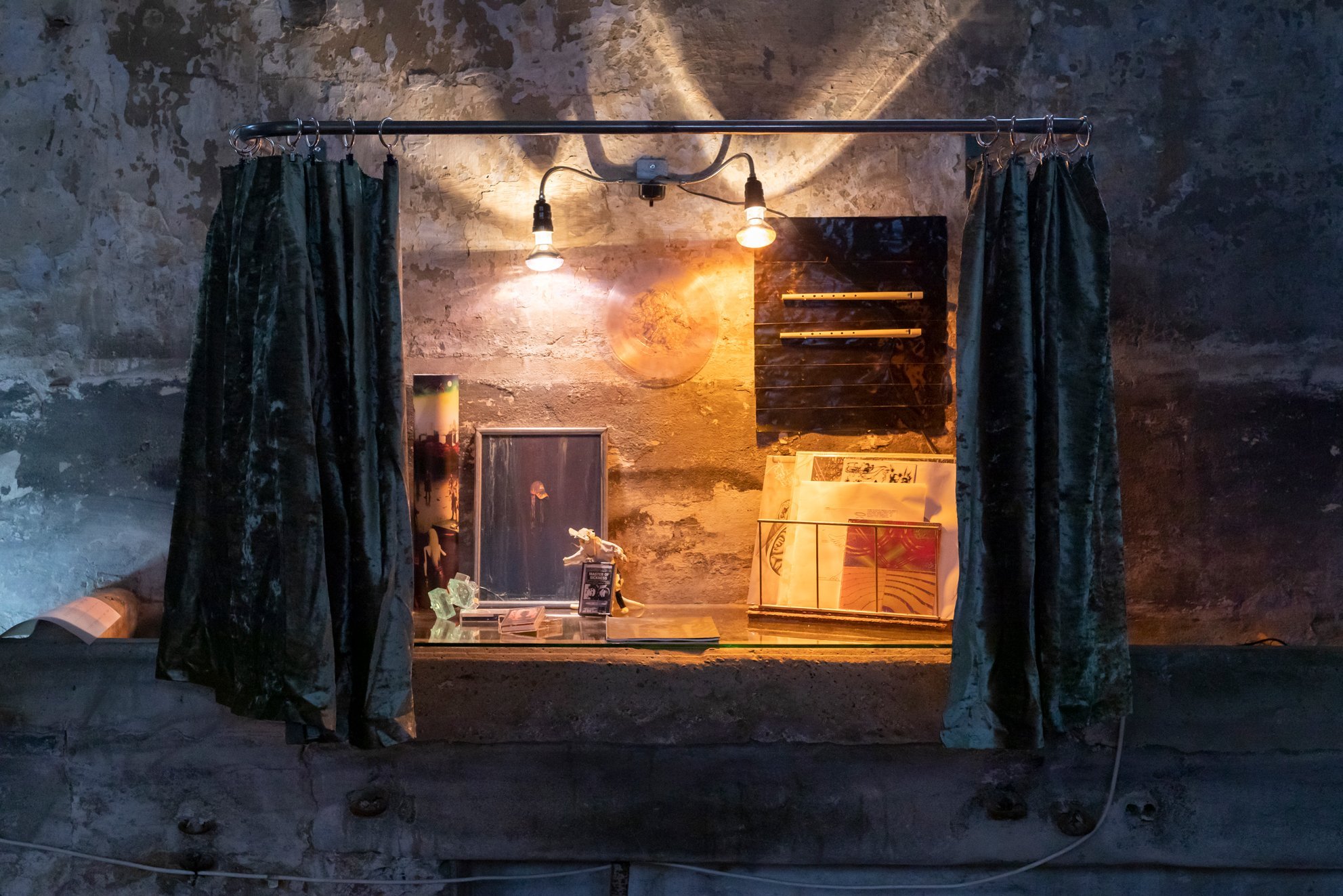
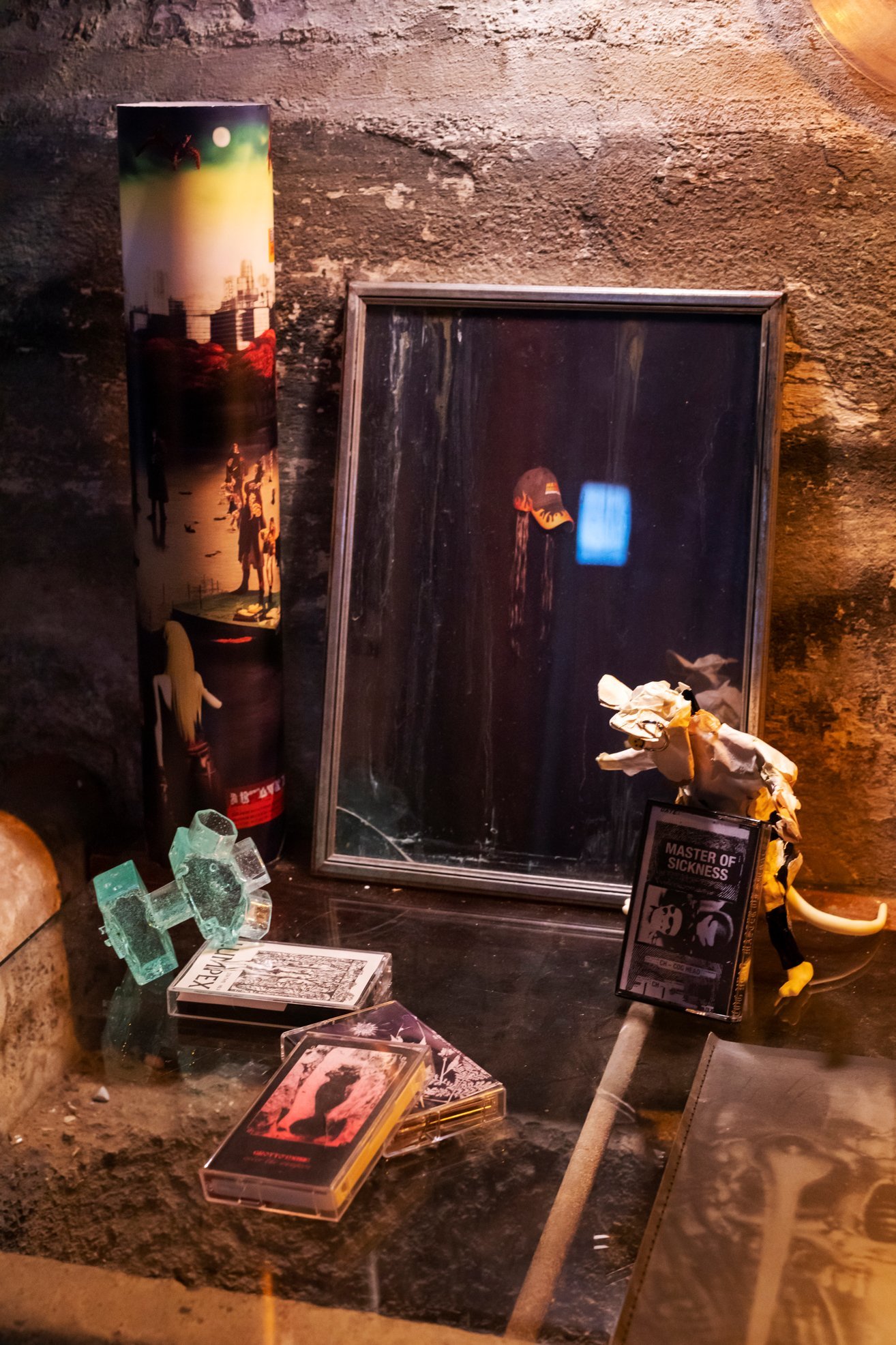
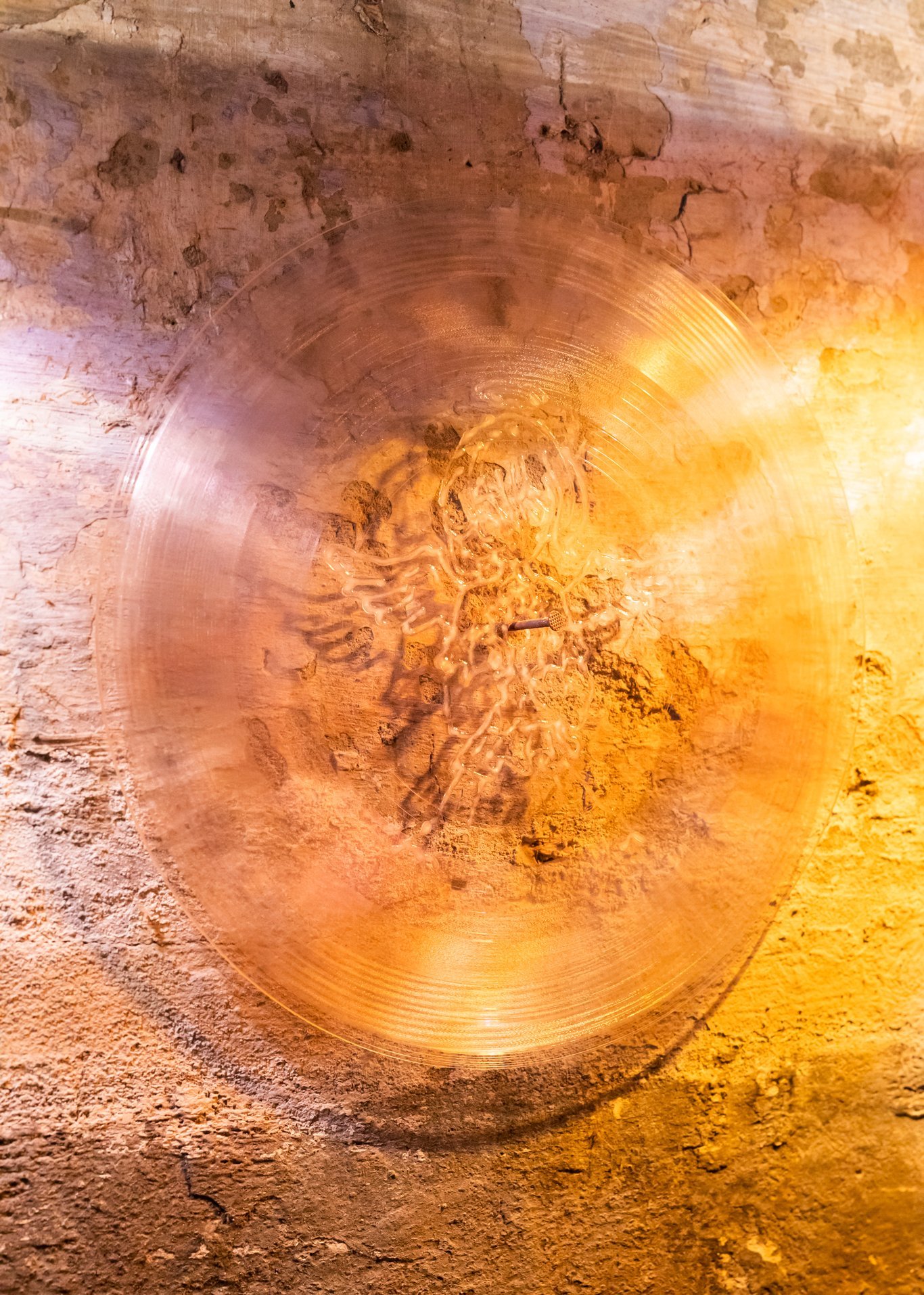
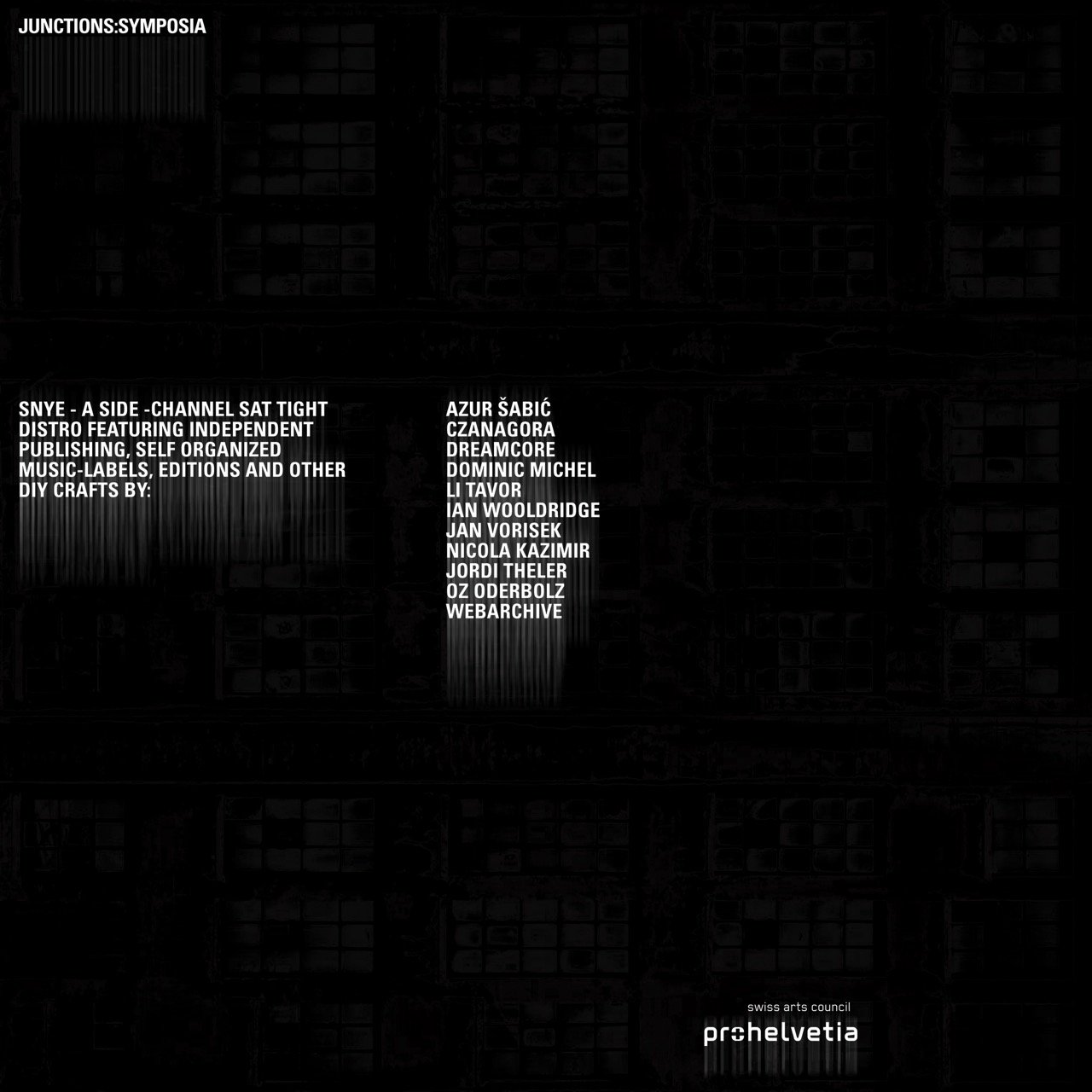

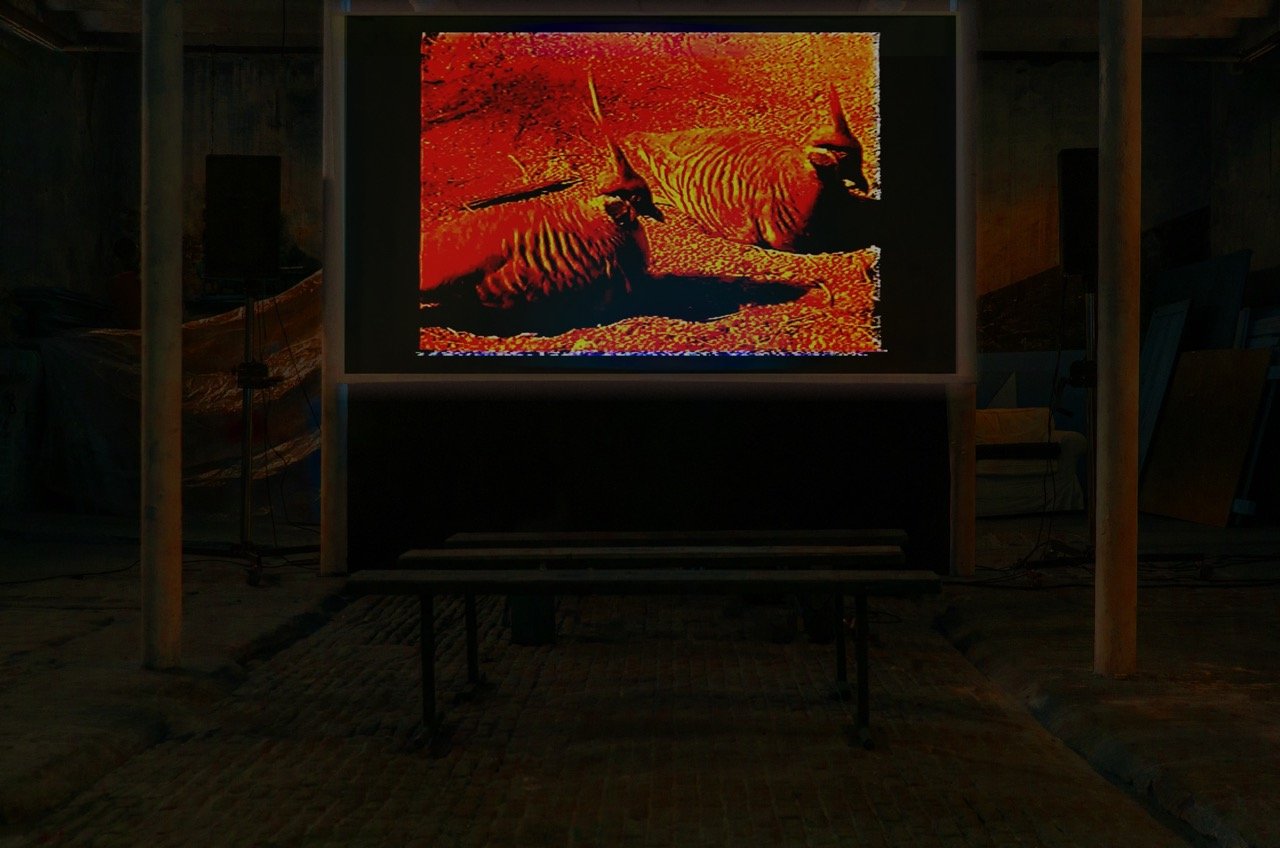
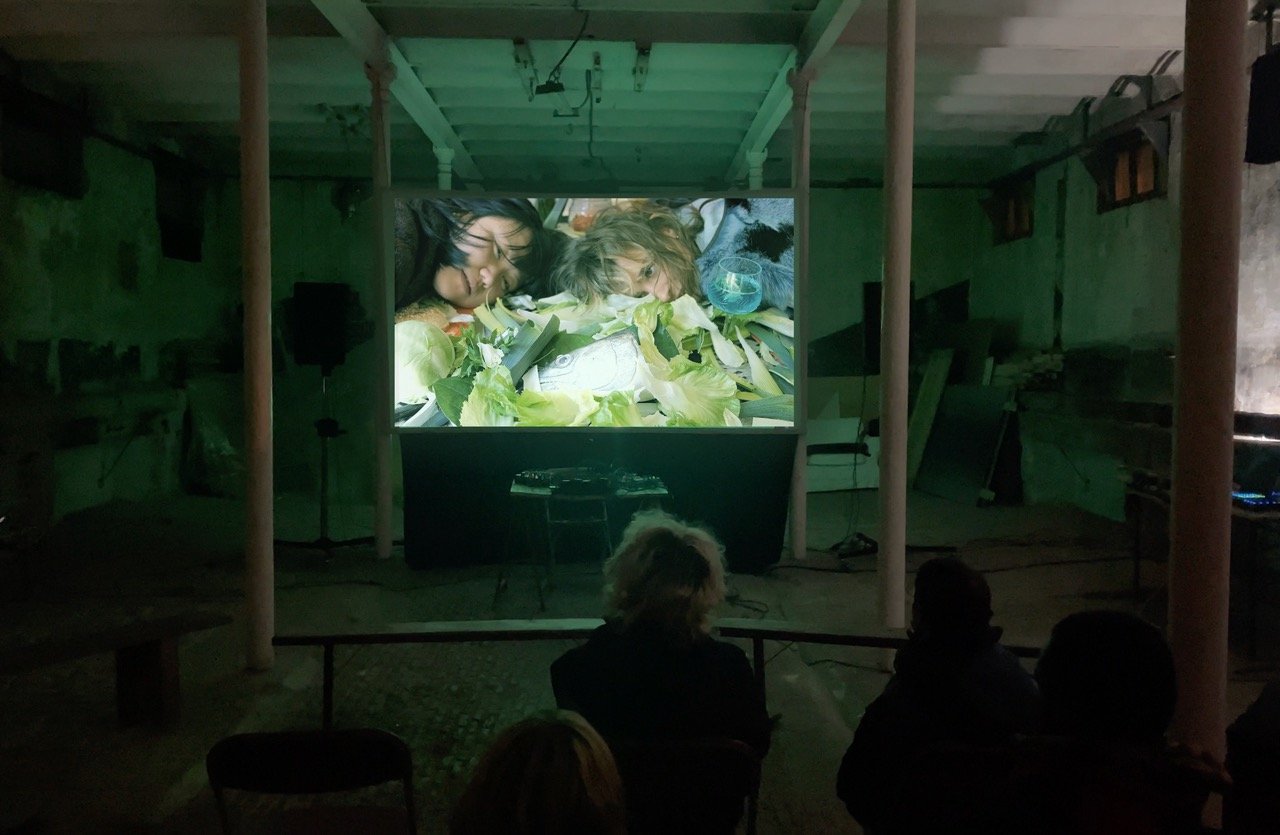
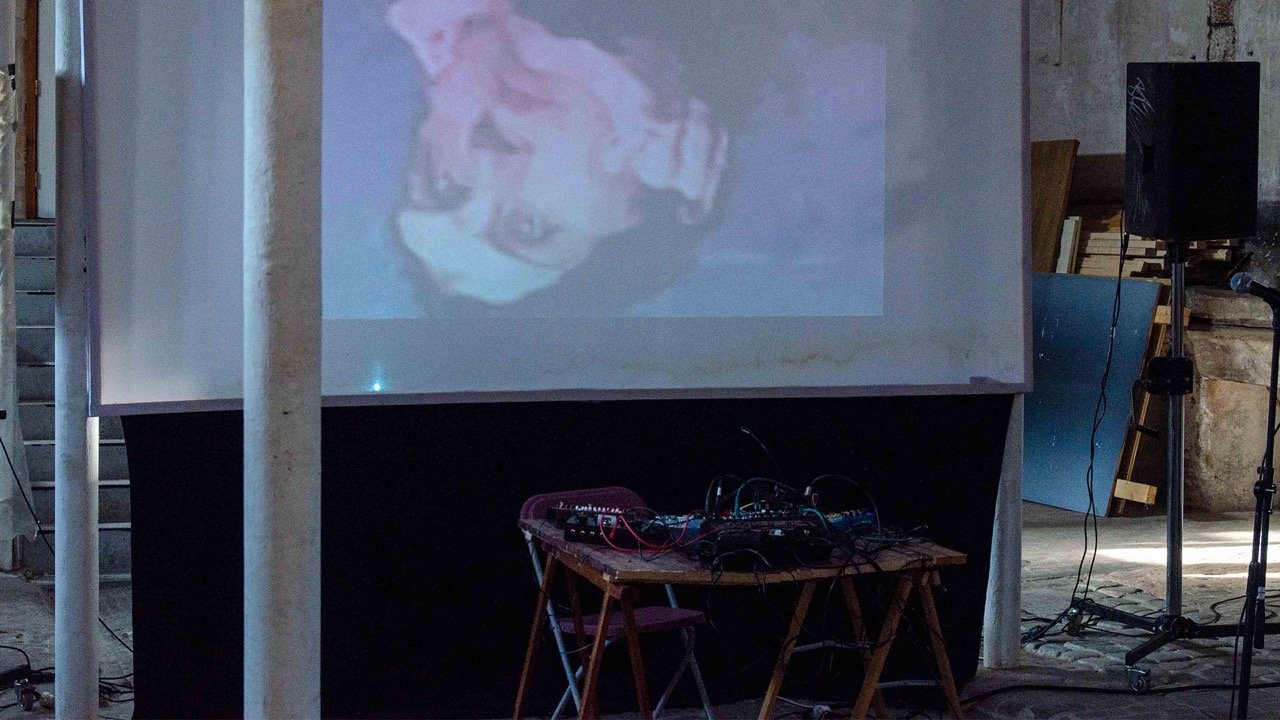
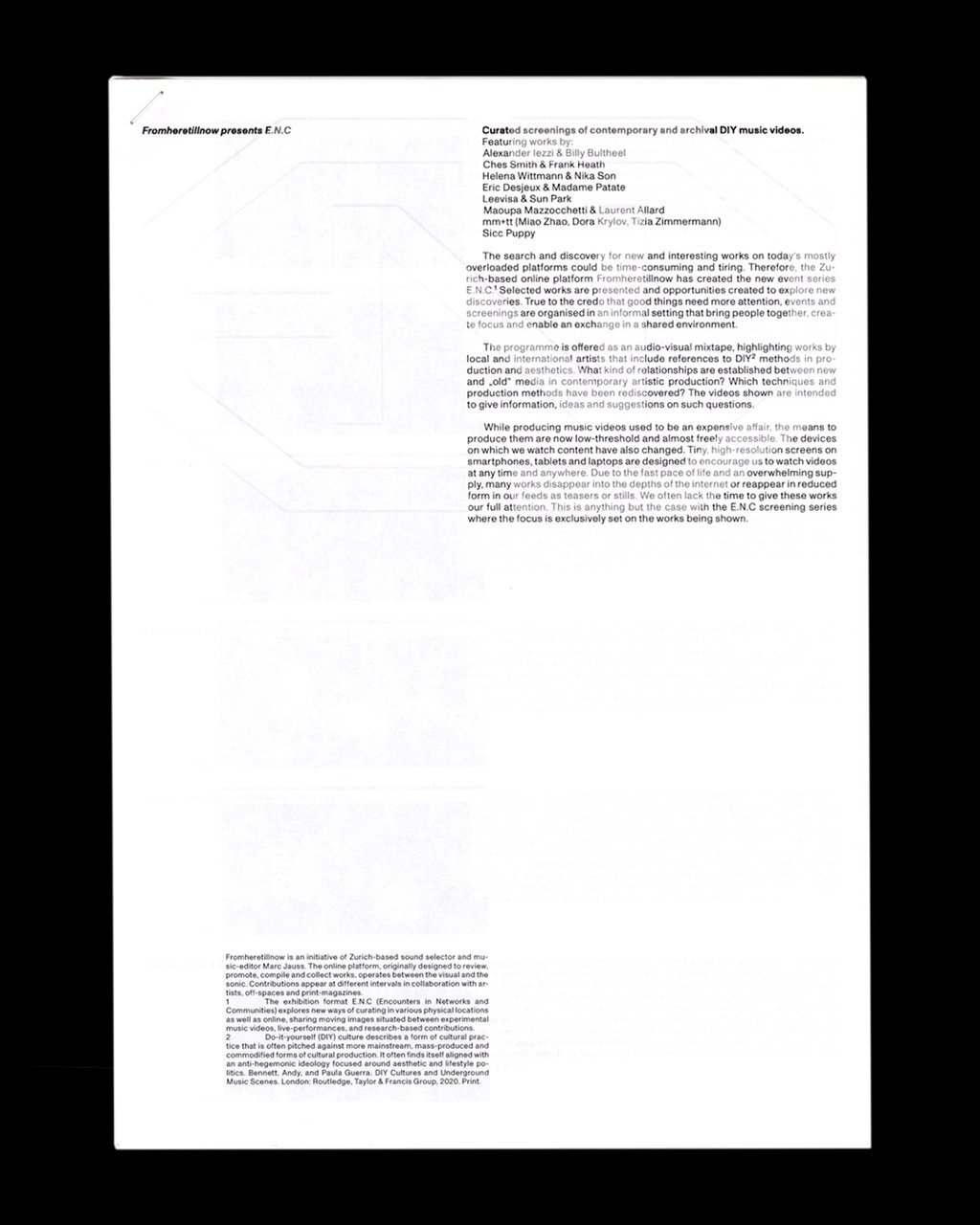
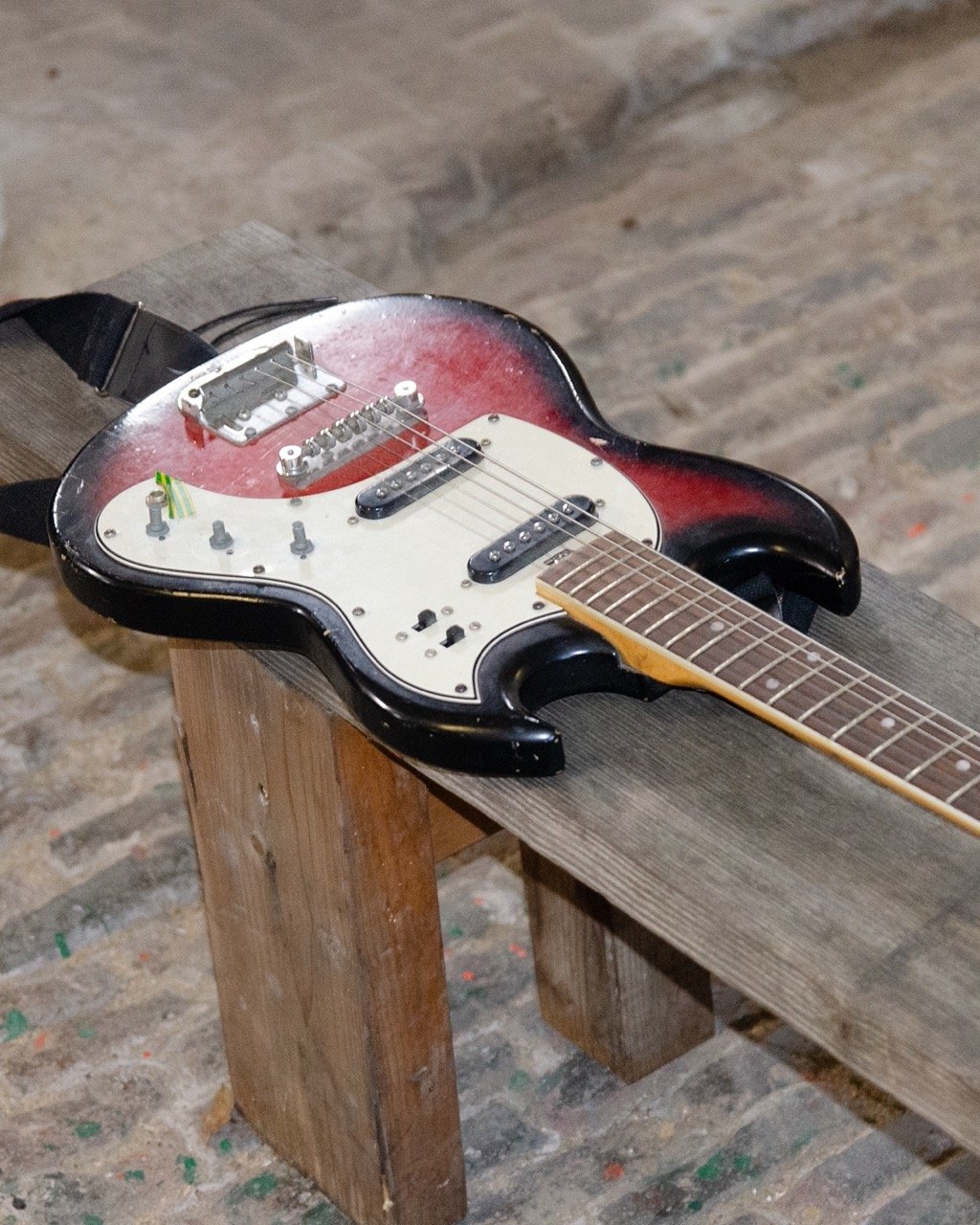
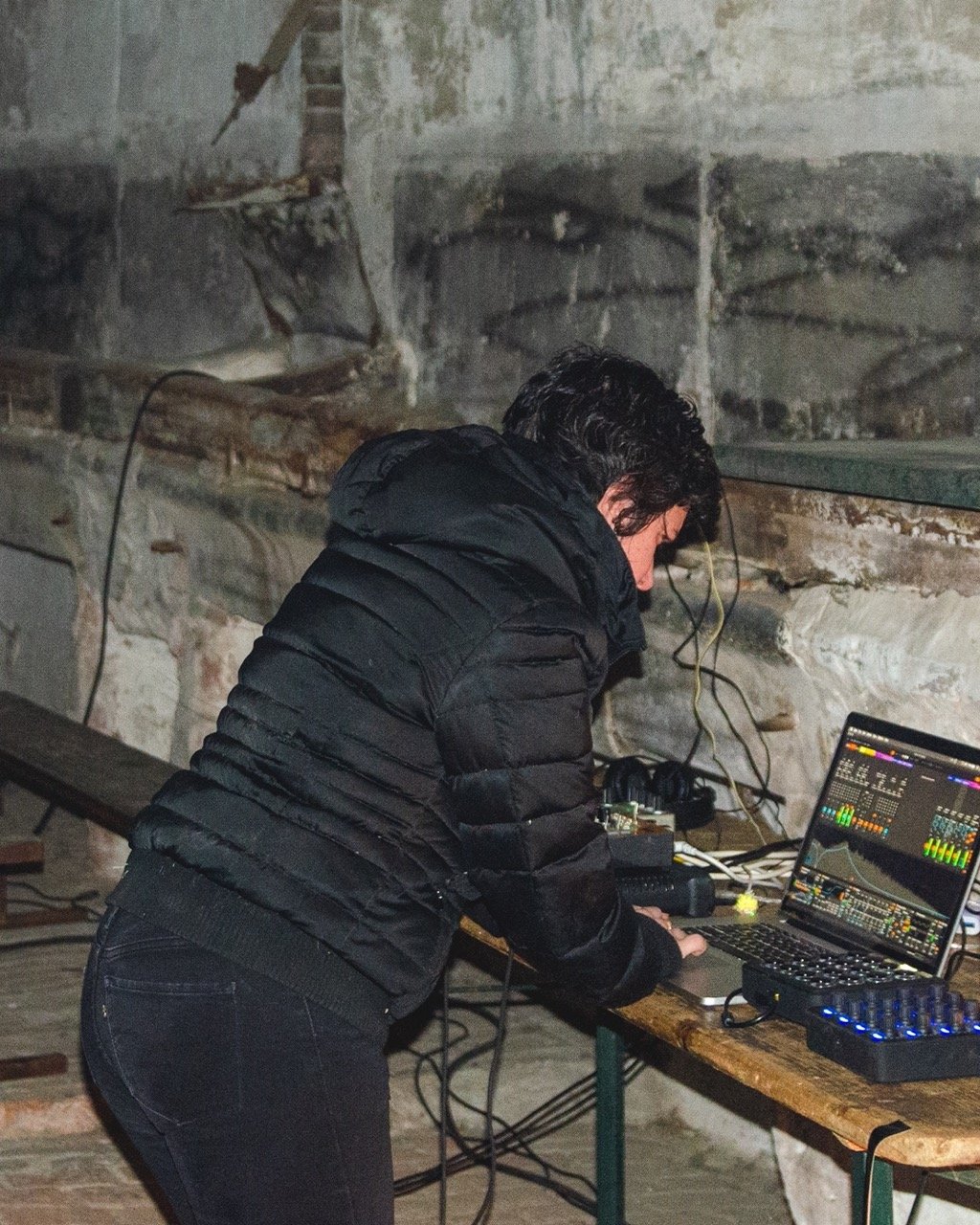
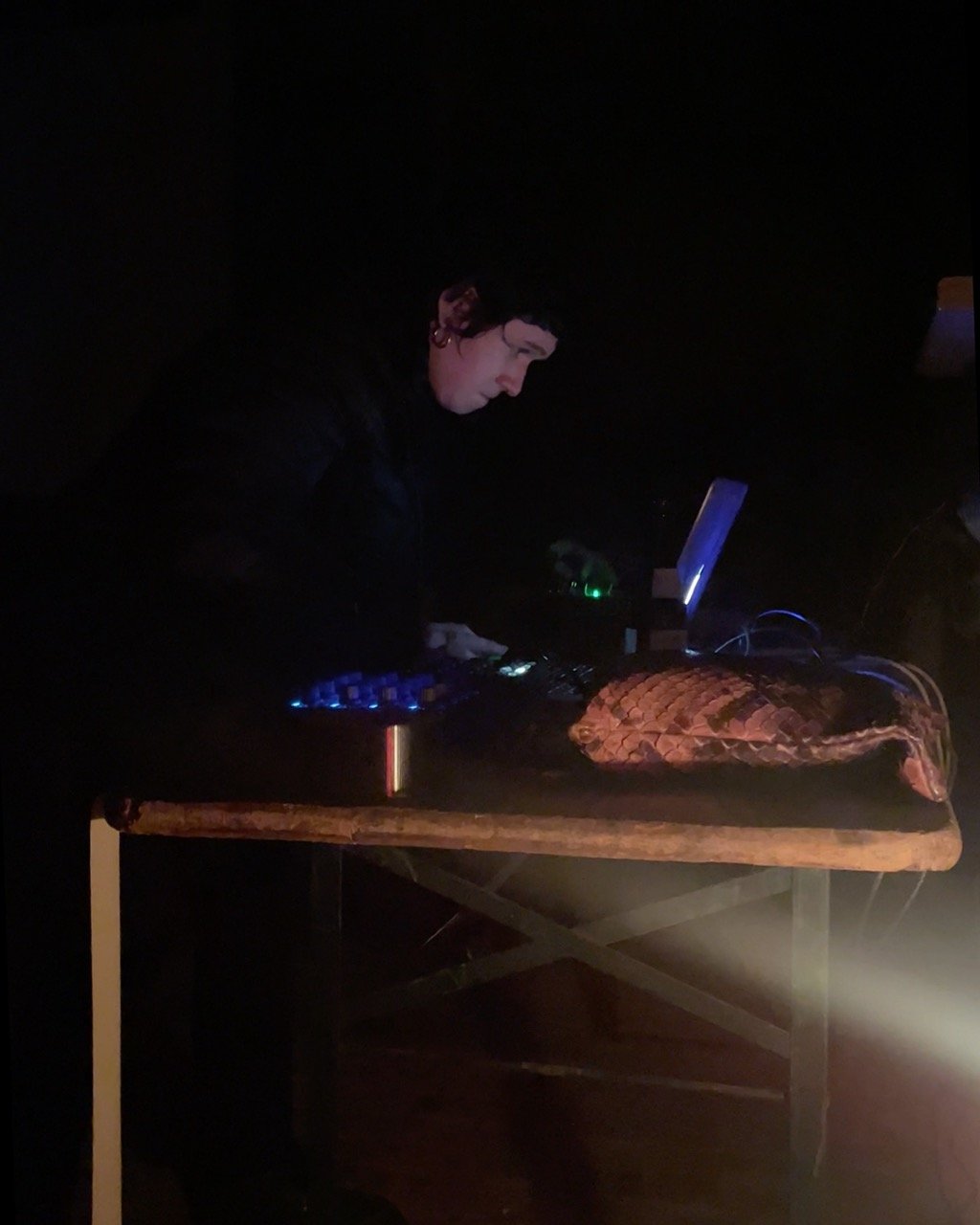
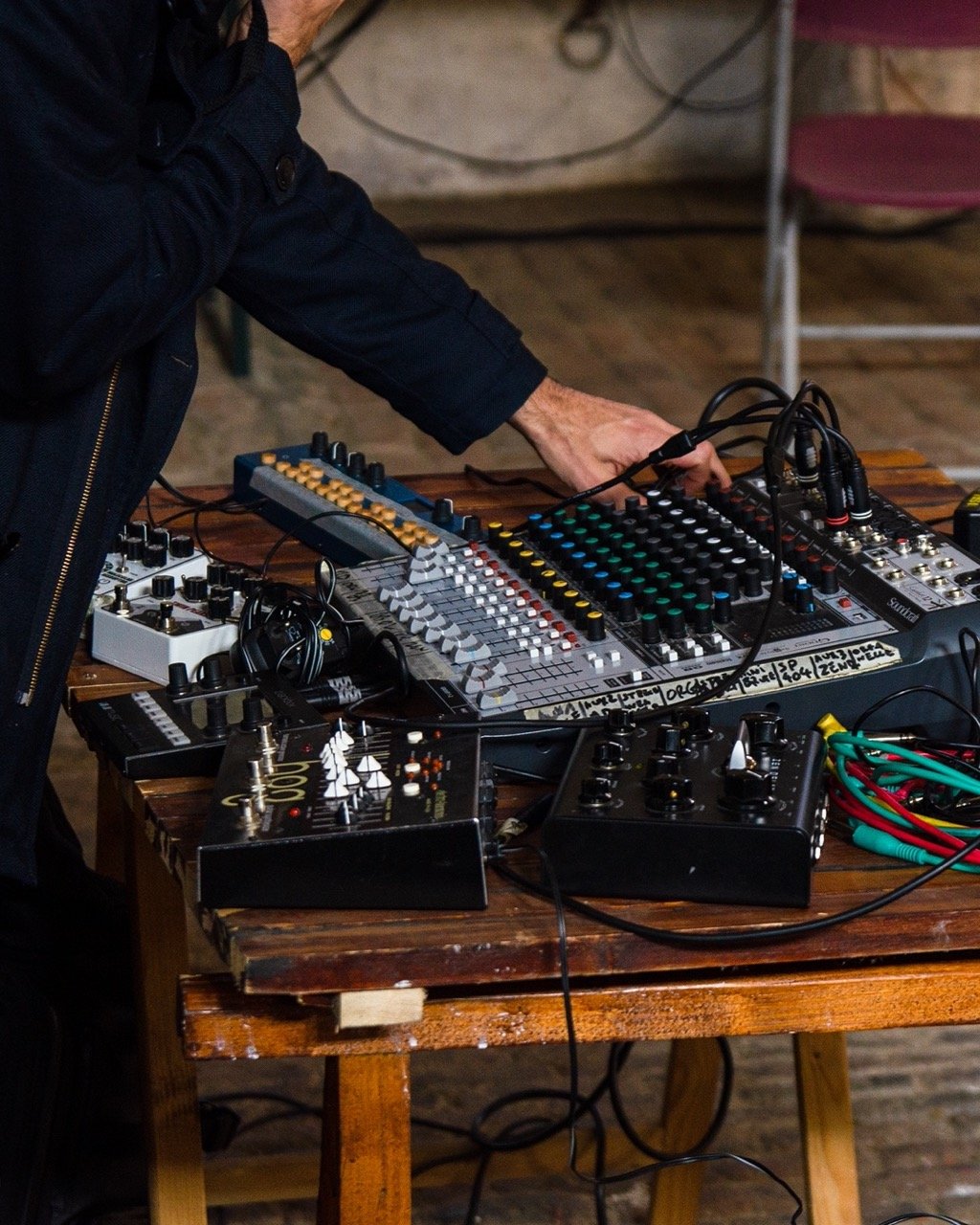
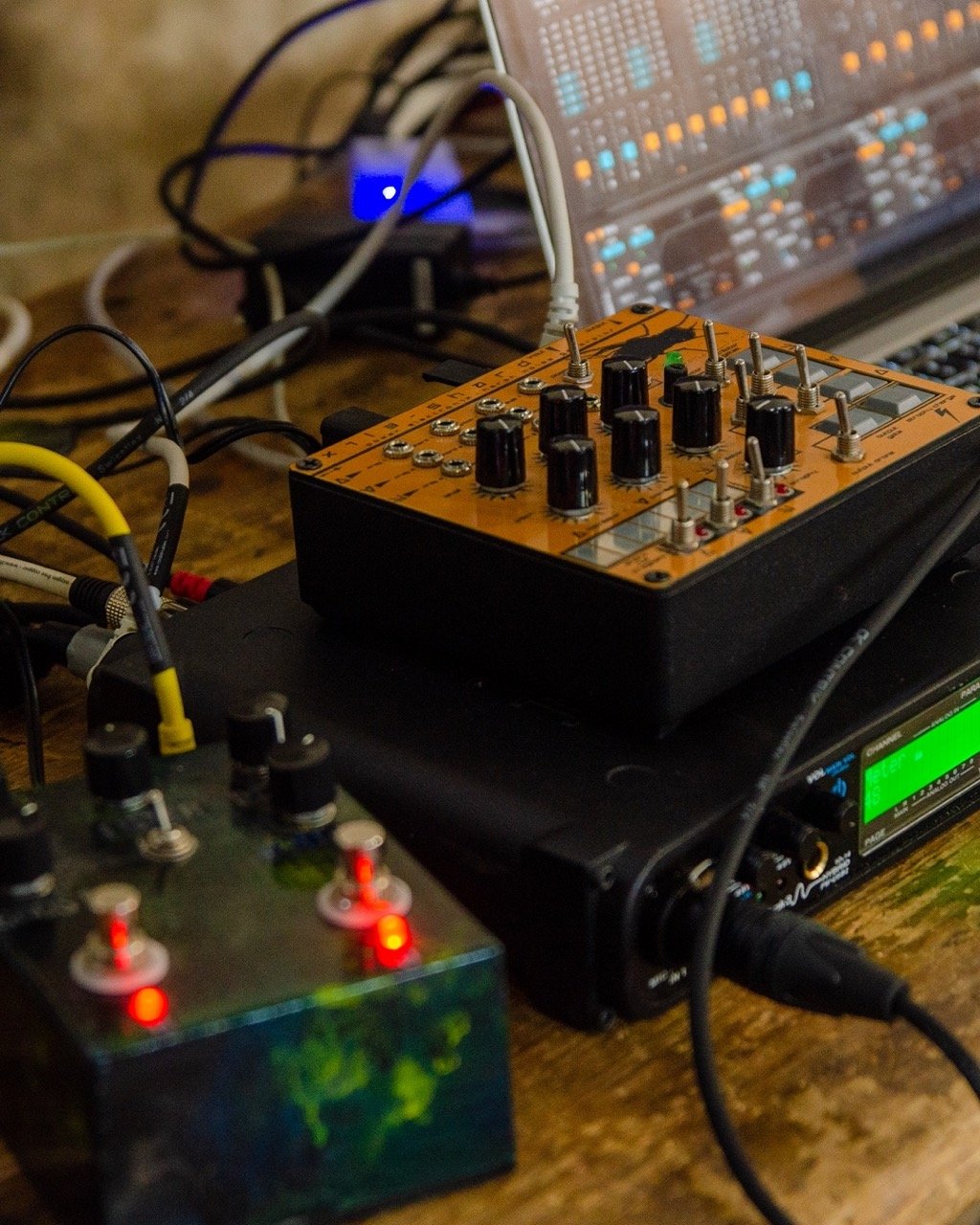
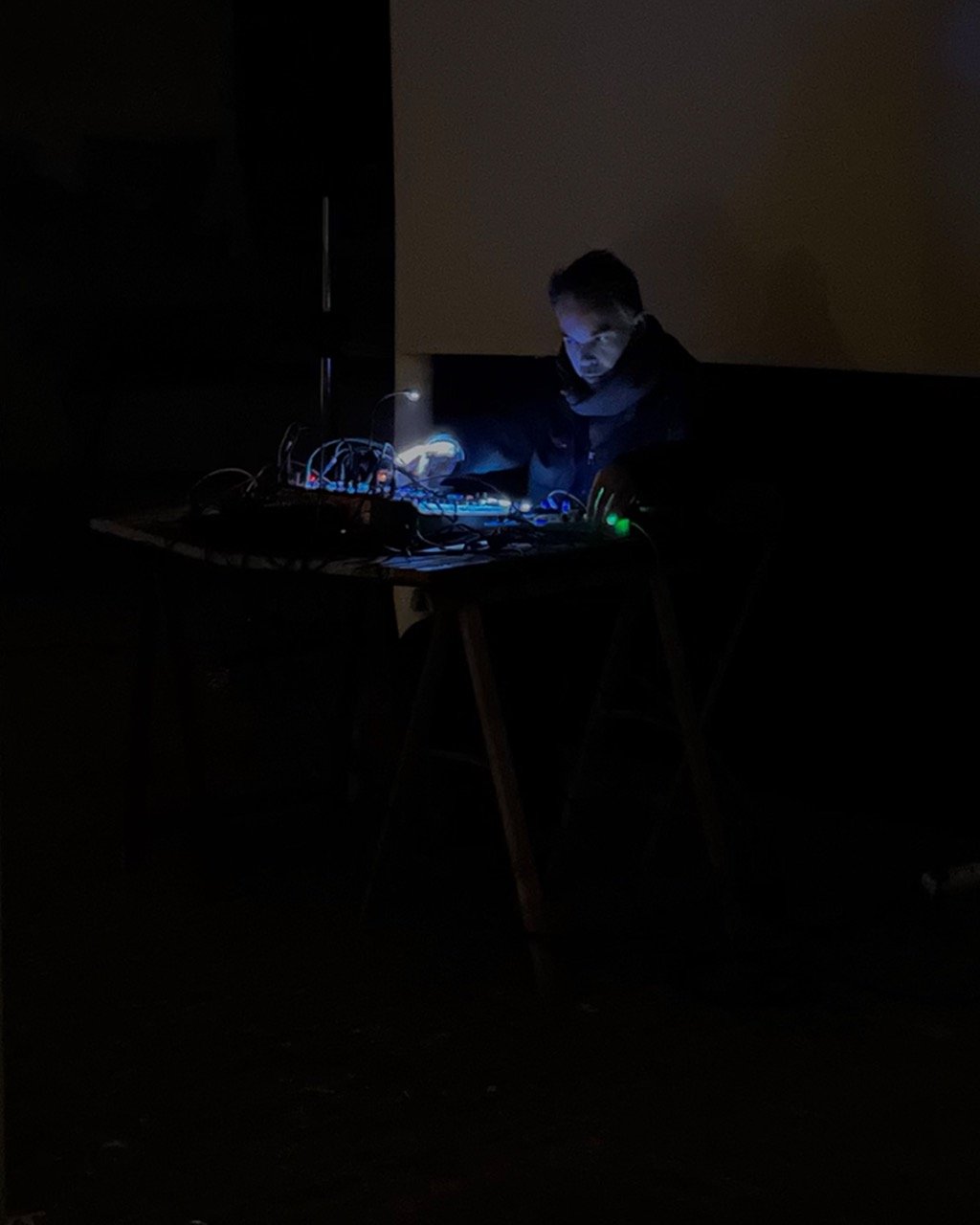










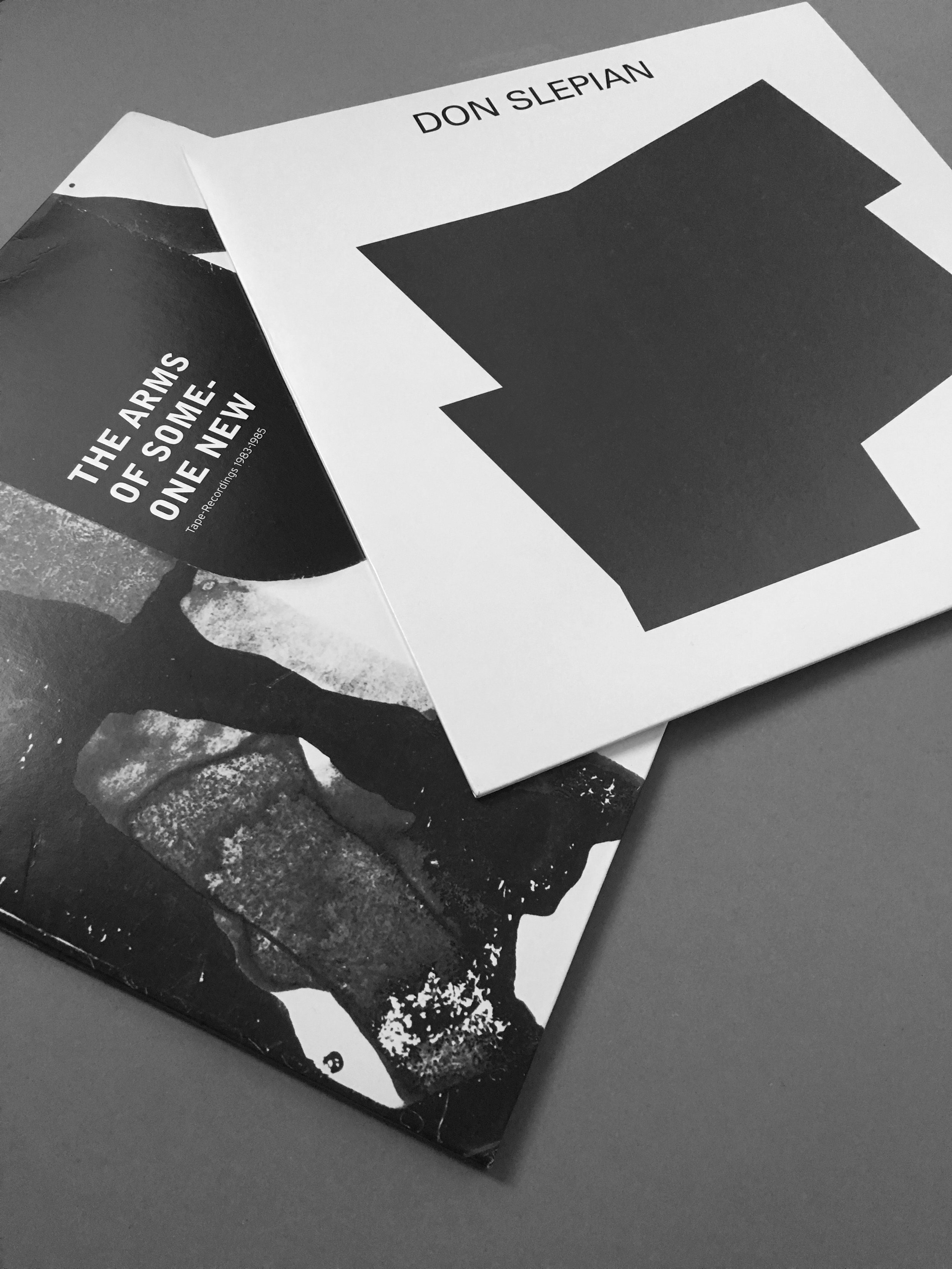


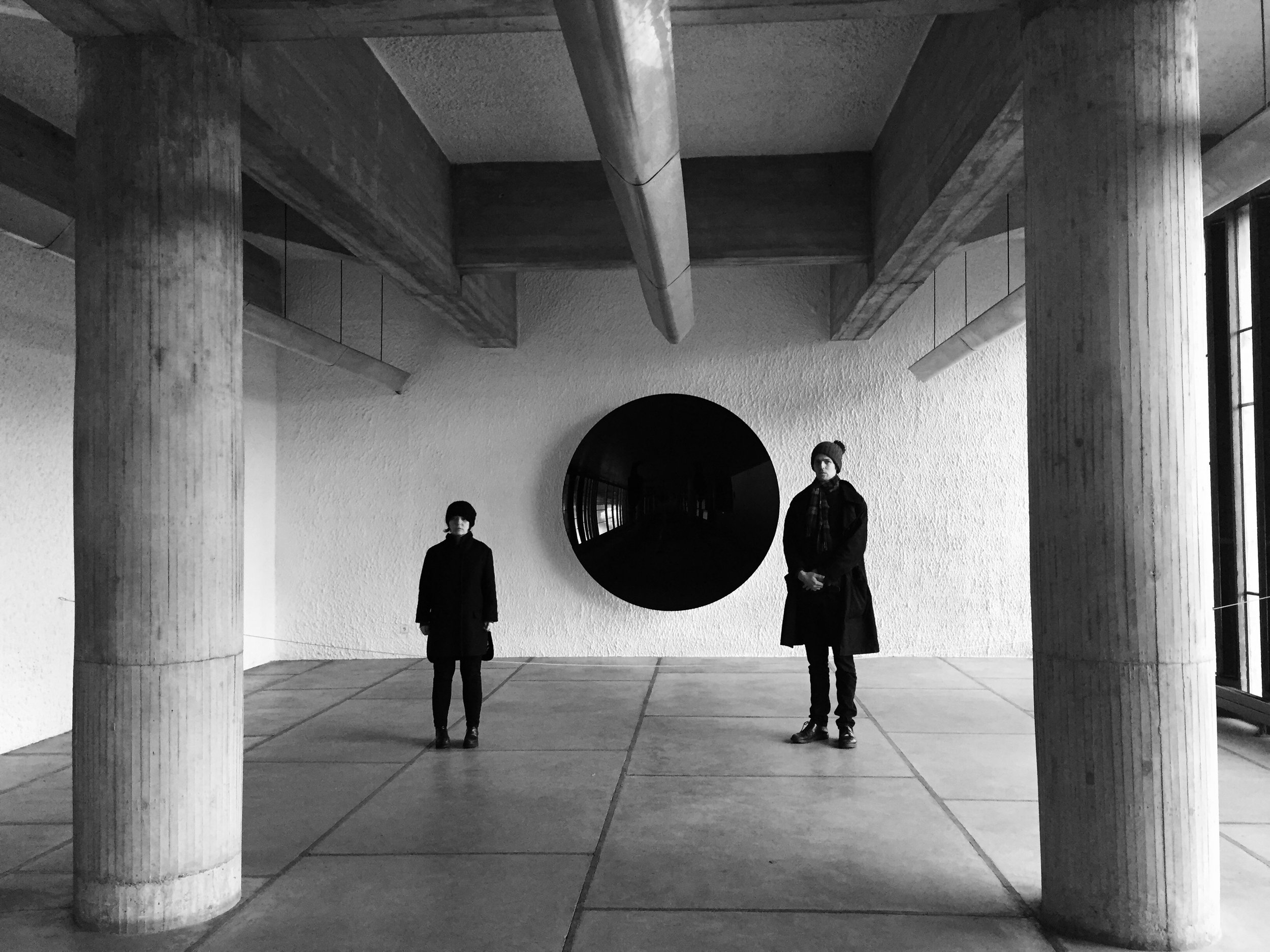



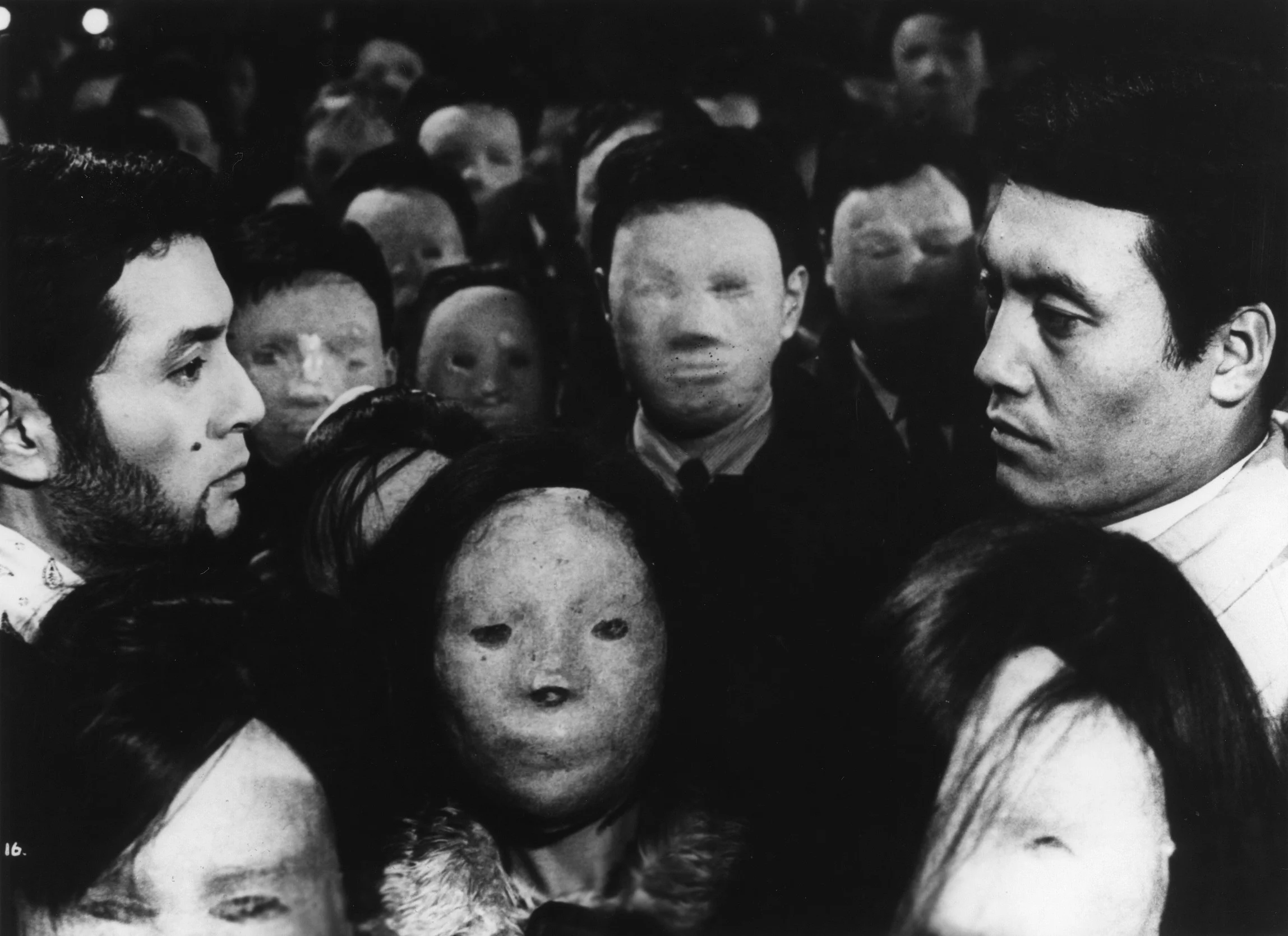


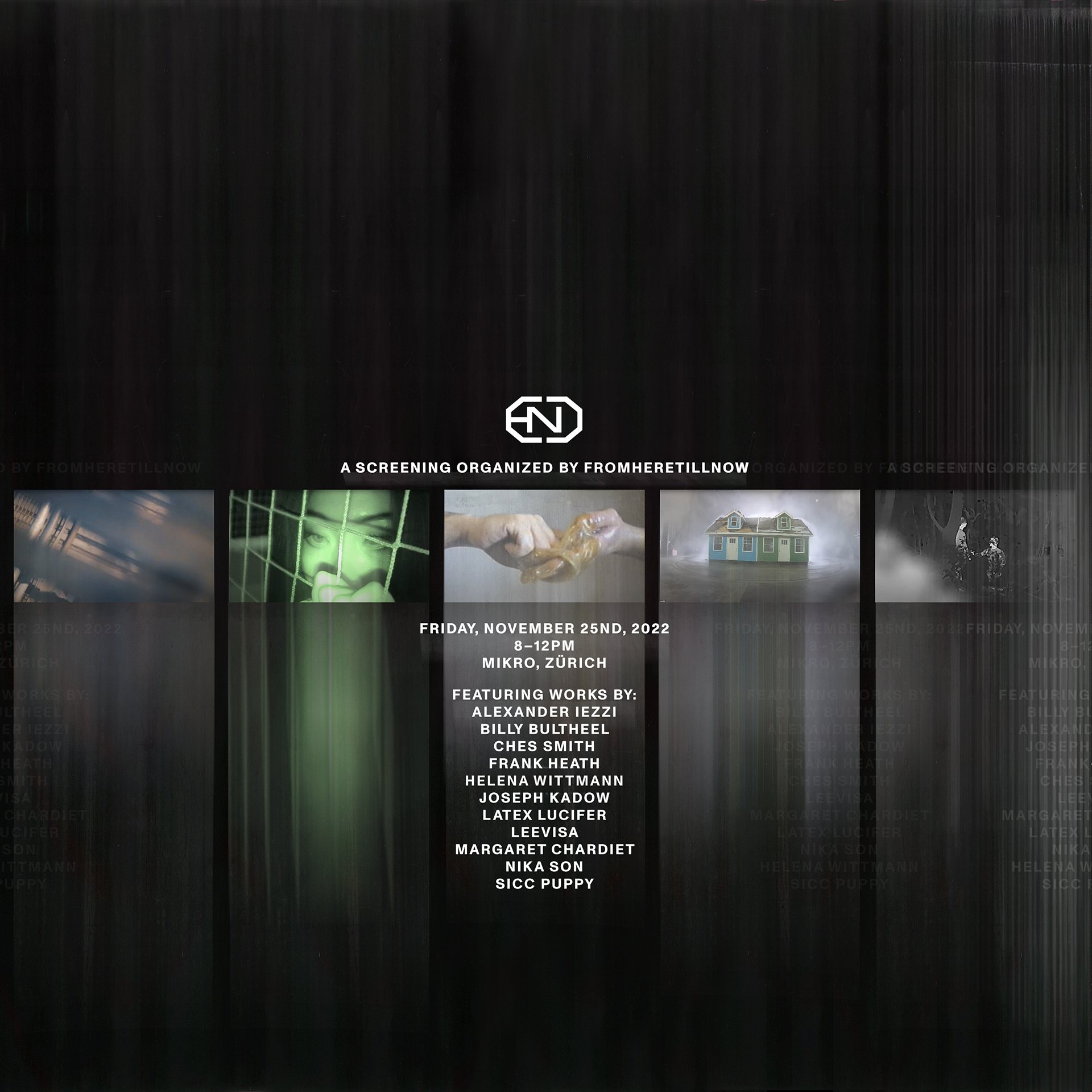



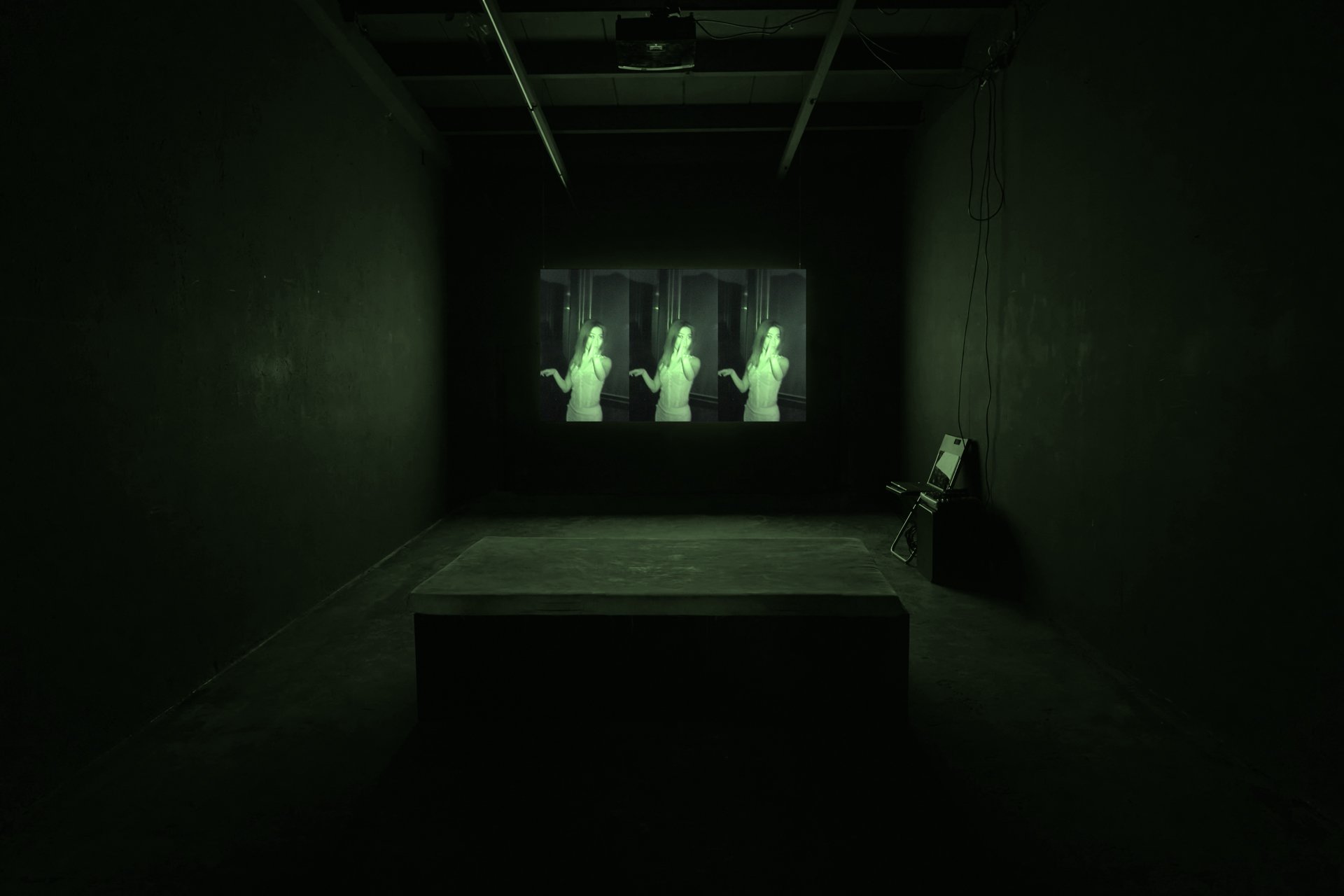
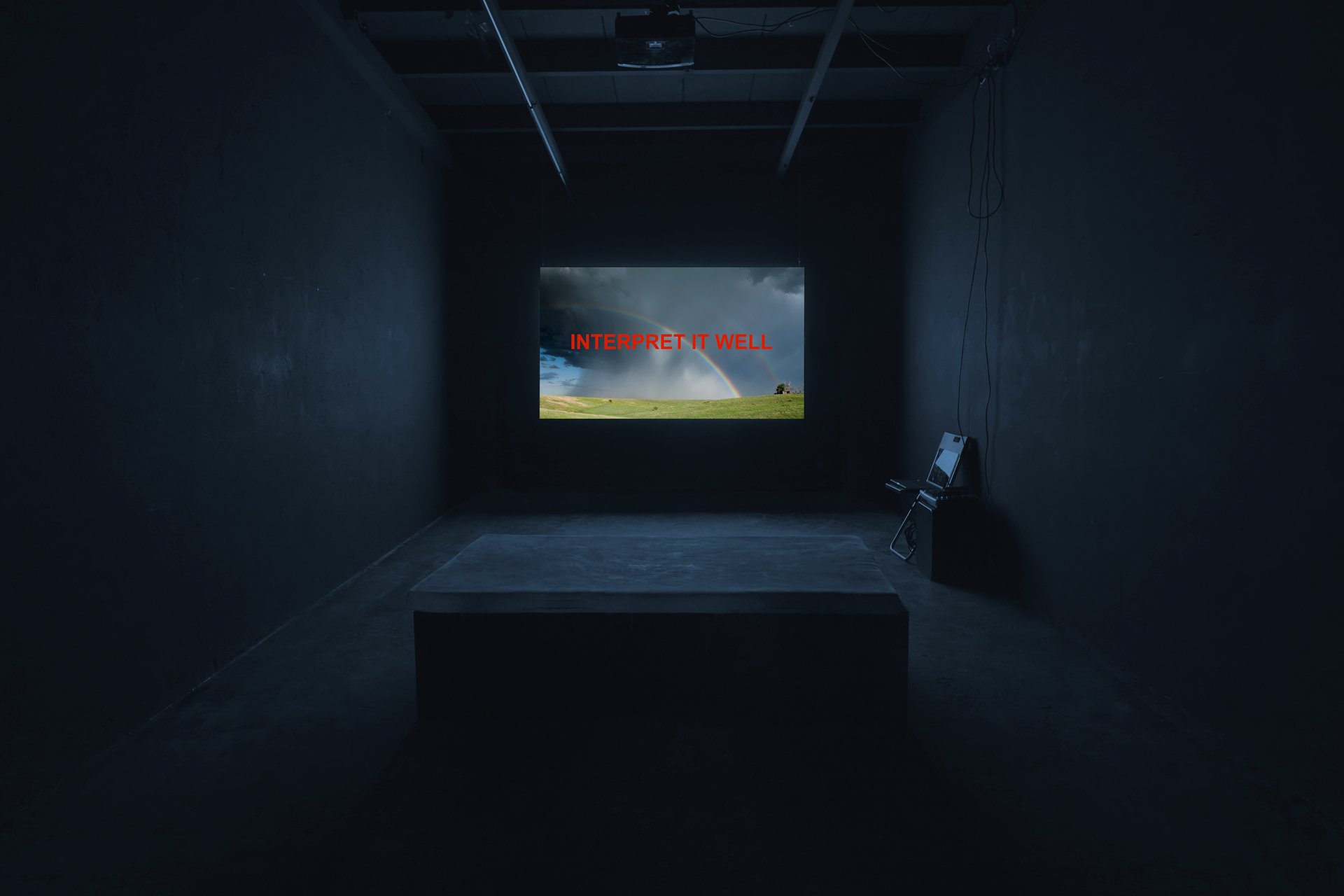
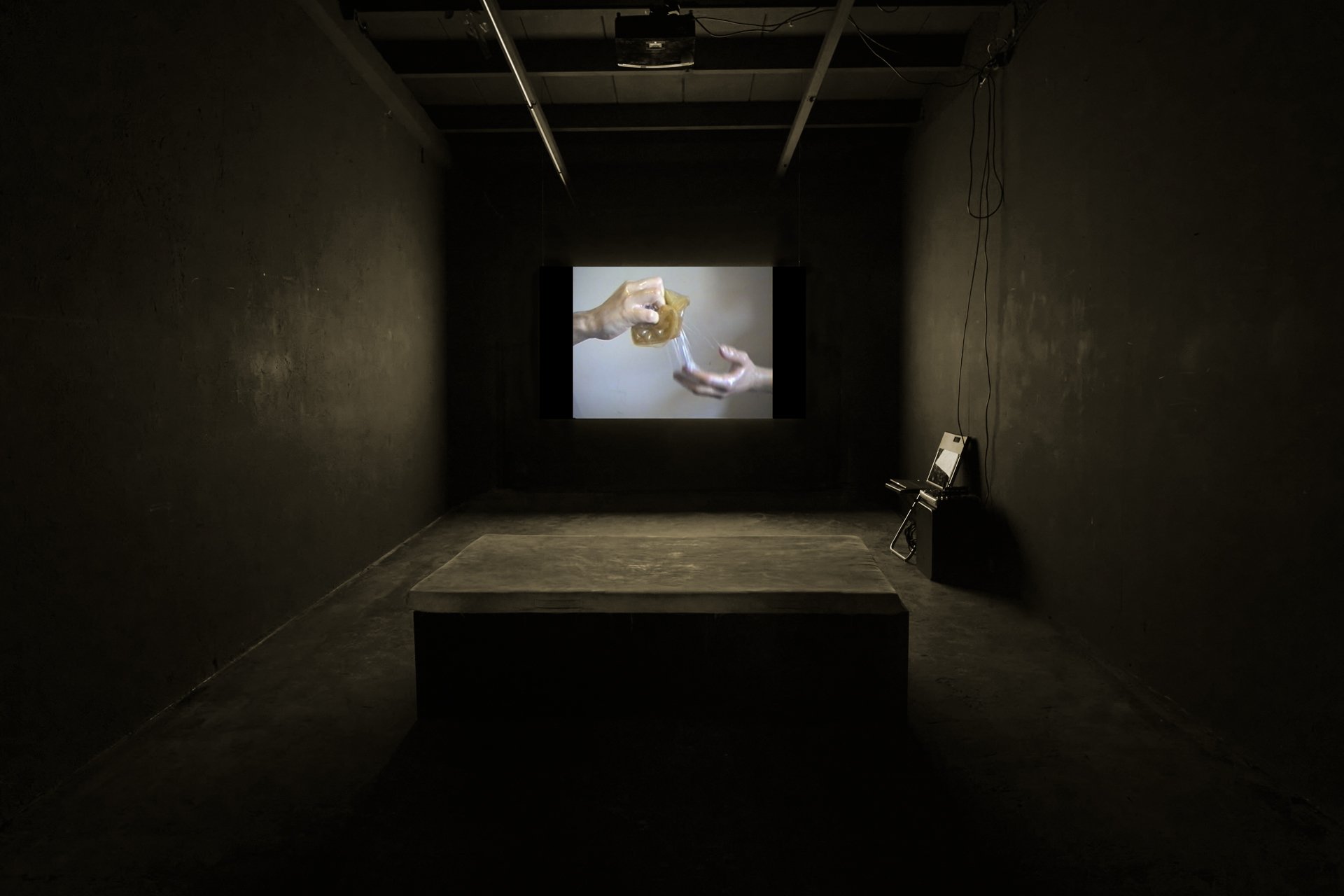


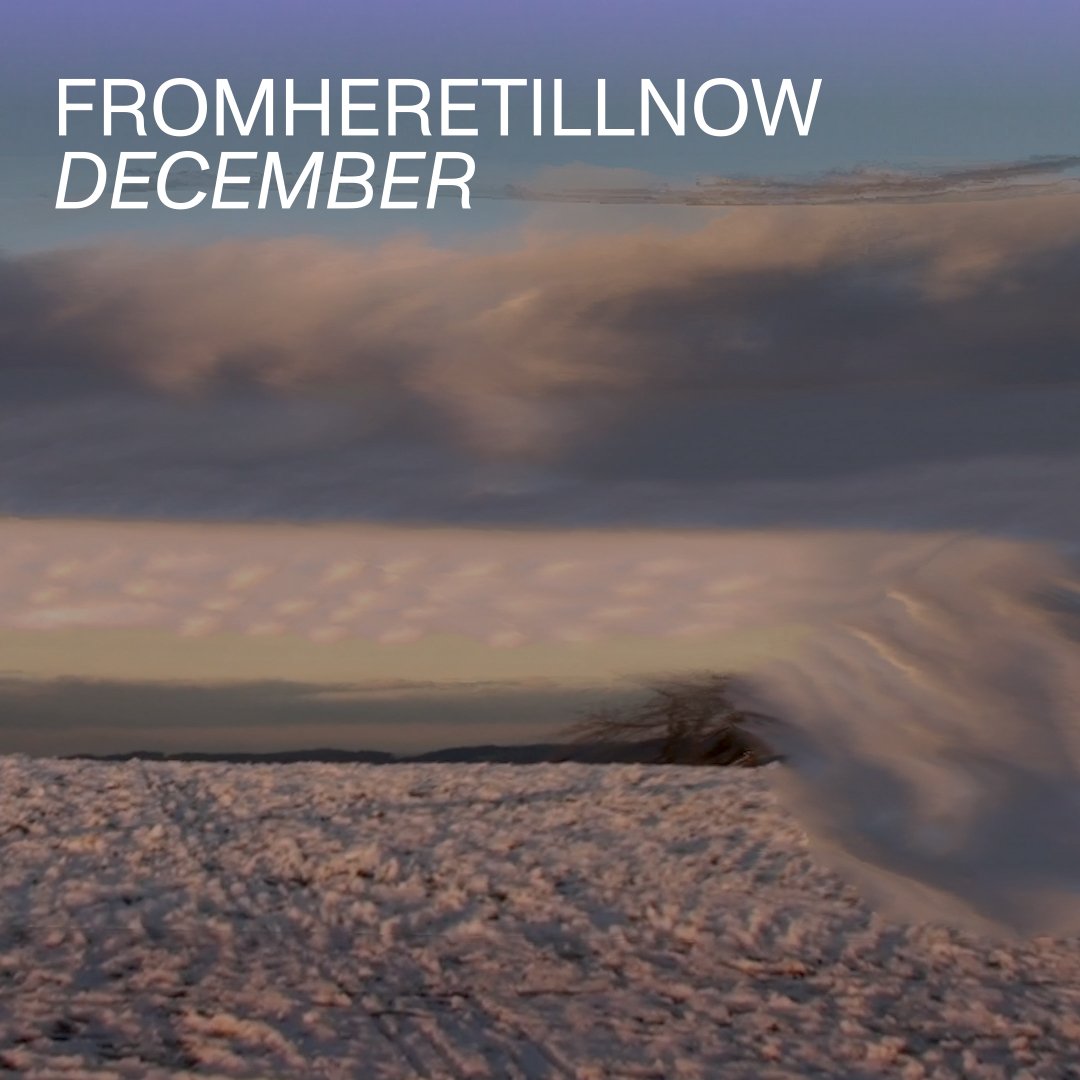


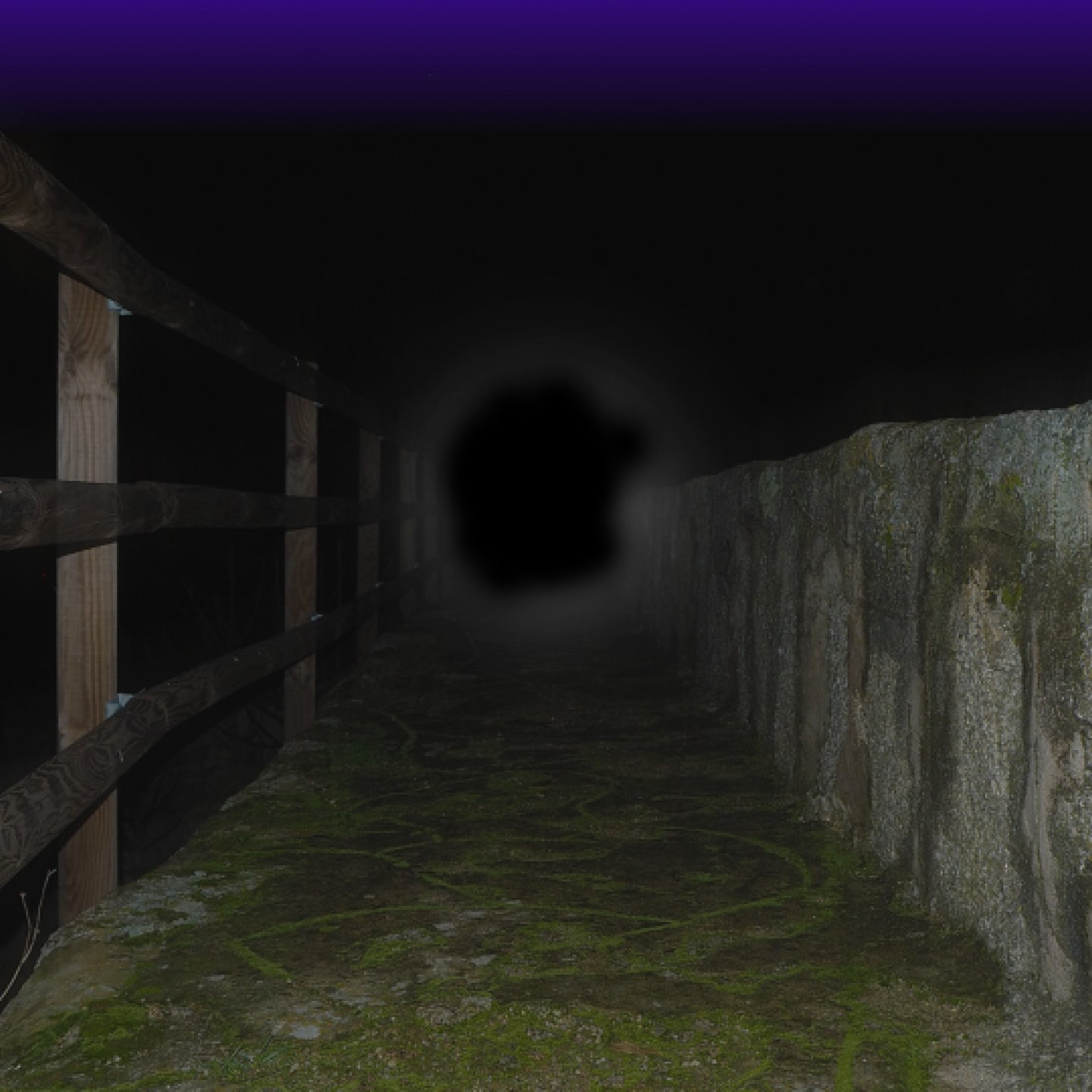





![[1] Jorge Luis Borges, El Aleph , trans. Normam Thomas Di Giovani in collaboration with the author. First published in Sur (1945). [2] Ibid [3] OOO stands for Objects Oriented Ontology, a Heideggerian school of thought that rejects the privileging…](https://images.squarespace-cdn.com/content/v1/5433ef4de4b0802bfd48201b/1611164424990-KJQ2EZDZBNCI8RLXBCX6/spacer.jpg)